This year's iPhone 14 series is controversial in many ways, even though it pushes technology forward a great deal. The most equipped model is the iPhone 14 Pro Max, which deserves attention in several ways. It is not only the Dynamic Island, but also the 48 MPx camera.
The iPhone 14 Pro Max therefore has the same appearance as last year's model, only with a really decent adjustment of its proportions. The height decreased by 0,1 mm, the width by 0,2 mm, the thickness increased by 0,2 mm, the weight jumped by two grams. But these are all values that you cannot recognize either by sight or by touch. The numbers given are specifically 160,7 x 77,7 x 7,85mm and 240g.
The entire module is larger, the lenses are not only larger in diameter, but also protrude more from the body of the device. Through the lenses, the iPhone 14 Pro Max has a thickness of 12 mm, last year's generation was 11 mm. The swaying of the device on a flat surface will be even greater, and not even covers will fix it. So the increase has happened in all respects, and if you happen to own the same version of the phone we had for the test, i.e. space black, prepare yourself for a real amount of unsightly dirt that is practically impossible to wipe off. The only solution is running water. But we're kind of used to that.
Apple has darkened the new black, when after all it really carries the label "black", not gray. The frames are really very dark, although the back, on the other hand, is still mainly gray. However, the shiny steel frame results in clear adhesion of prints. However, we have become accustomed to this over the years. As for the layout of the elements to shield the antennas, everything is in place, as it was last year, this also applies to the volume buttons and the volume switch. The power button has been moved a little lower, making it more accessible for the thumb of smaller hands. There is also a SIM drawer below. The internal layout of the components is probably to blame. And yes, we still have Lightning left. Was anyone expecting something else? The iPhone 14 Pro Max complies with the IP68 specification according to the IEC 60529 standard, which means that it can withstand up to 30 minutes at a depth of 6 meters.
The performance tears up the asphalt, while the battery holds up
Apple equipped the iPhone 14 Pro with the A16 Bionic chip (6-core CPU, 5-core GPU, 16-core Neural Engine), while the basic models only have the A15 Bionic chip with one more graphics core compared to last year's version - that is, compared to the basic series, not the Pro, which has the same chip . Personally, I don't notice any stuttering whatsoever even on the iPhone 13 Pro Max, so it's nonsense to say that the A16 Bionic has reserves somewhere, it simply doesn't. He will start everything you prepare for him, that is, with one exception. If you shoot in ProRAW at 48 MPx, after pressing the shutter button you will wait a while before the image is captured and saved. You won't get this with the iPhone 13 Pro Max and 12MPx ProRAW photos.
The animations are smooth, the system runs fast, the games are stutter-free. It is only necessary to take into account that if you give the device a suitable boiler, it will start to heat up. But subjectively, I don't know if it's more or less like the iPhone 13 Pro Max, it seems about the same to me. Apple said that thanks to the new 4nm chip, it achieved higher efficiency and with it the endurance, which jumped again, although only by an hour for watching video, otherwise all values are the same, that is, 25 hours of streaming and 95 hours of music playback. It is clear that everything depends on your use of the device, but when you consider that there is Always On, which eats something (about 10%) and the device lasts as long as the previous generation, it is fine. Specifically, it's perfectly fine for a day and a half, and if you don't put your phone on the stove, you'll get by for two days.
Of course, this is also influenced by the reduced adaptive refresh rate of the display, which reaches up to 1 Hz. Apple does not disclose battery capacity, GSMarena but it says it's 4 mAh, which is rather odd since the iPhone 323 Pro Max has 13 mAh. Then there is the same fast charging, where Apple declares a 4% charge in 352 minutes. All we have to do is play his game. Even here, of course, unofficial support for up to 50W charging with a powerful adapter is sufficient, but it cannot be compared to the competition and probably never will be. Apple is simply a canner when it comes to charging speeds. On the other hand, we are guaranteed that the battery of iPhones will age much later. What about it taking forever to push the phone to full 30%.
We received a 128GB memory variant for testing, 256 or 512 GB or again 1 TB are available, nothing more, nothing less. Apple doesn't care about the RAM memory either, again referring to GSMarena, it is 6 GB, i.e. the same 6 GB as it was last year. But as you probably know, it doesn't really matter, because the iPhone and its iOS handle memory completely differently than Android and its phones, which drive RAM values to the sky due to the system architecture that needs operating memory, iPhones with iOS do not.
Dynamic Island is a clear visual blockbuster
Everyone knew that Apple was going to redesign its notch when all the latest leaks were actually telling the truth about its shape. But no one expected what Dynamic Island would be able to do. On the one hand, this is just a certain form of multitasking, when you don't have to switch through the bottom bar, but you can open the ongoing application process directly from this element. On the other hand, it informs you about what you have practically not been informed about so far, so it just overwhelms you with visual data. But this element was able to redefine the use of the cutout/shot in a way that only Apple can do.
Consider how long the holes have been on Android, and neither Google nor other manufacturers have addressed the holes in their add-ons. When they annoyed someone, they hid it in various sliding and folding structures, lately under the display - although in a very limited extent and quality. No one had thought of this, and it is clear that it is the thing that interests everyone who has some knowledge of the issue.
Each tries out different applications and how the element interacts with them. It can even do this in multiple applications, where one points to the right, the other to the left. Dynamic Island is simply fun and will continue to be even more fun as more third-party titles integrate it into their solutions. It is clear that this is a new trend that we will see until all the sensors and the camera are hidden under the display. Even for that reason, it is perhaps not absolutely necessary to buy the iPhone 14 Pro and 14 Pro Max just for it.
Unfortunately, Always On is a disappointment
The second major improvement of the display is that its adaptive refresh rate can go down to 1 Hz, meaning that it only refreshes once per second. This is what finally gave Apple the opportunity to add at least the Always On feature to its top line, i.e. nothing but Always On. Not in the Android way, but in the company's own way. But that's not it. Android can only display the time and notifications in the always-on display, the rest is black as night. However, the iPhone 14 Pro and 14 Pro Max display the entire locked screen, i.e. including the wallpaper and widgets.
The problem is that it is very bright. So, the display dims to a minimum, but it can still shine well into the night, which you don't want. You can teach him to turn it off at night, but do you want to? Don't you want to finally use your iPhone at night to check the time instead of an alarm clock? You won't want to with this Always On, because it will burn your retinas. Completely illogically, it does not even display important information. If you don't have a battery widget on your desktop, you don't know its status, or even the charging progress. You have to wake up the phone all the time to do this - completely pointless behavior.
You don't even have the option of any personalization and behavior settings, it's just on/off, Apple has done the rest as they think will suit you. Result? After due testing, I turned off Always On. On the other hand, there is clear potential here and there is no need to vilify Apple again. It has a lot of wiggle room for future improvements and it is more than certain to happen. But now it just looks like it was sewn with a very hot needle.
Speaking of the display, it's worth mentioning its specifics. It's still 6,7", and it's still a Super Retina XDR display, i.e. OLED technology. But the resolution jumped to 2796 × 1290 at 460 pixels per inch. The iPhone 13 Pro Max has 2778×1284 at 458 pixels per inch. The contrast ratio remains at 2:000, there's True Tone, a wide color gamut (P000) and a maximum brightness of 1 nits. However, peak brightness (HDR) jumped from 1 nits to 1 nits, and there's still a peak brightness of 600 nits, which Apple notes is "out there." Personally, I did not manage to simulate such brightness in the current dry weather. Manually setting the brightness has no effect on this.
It could be interest you
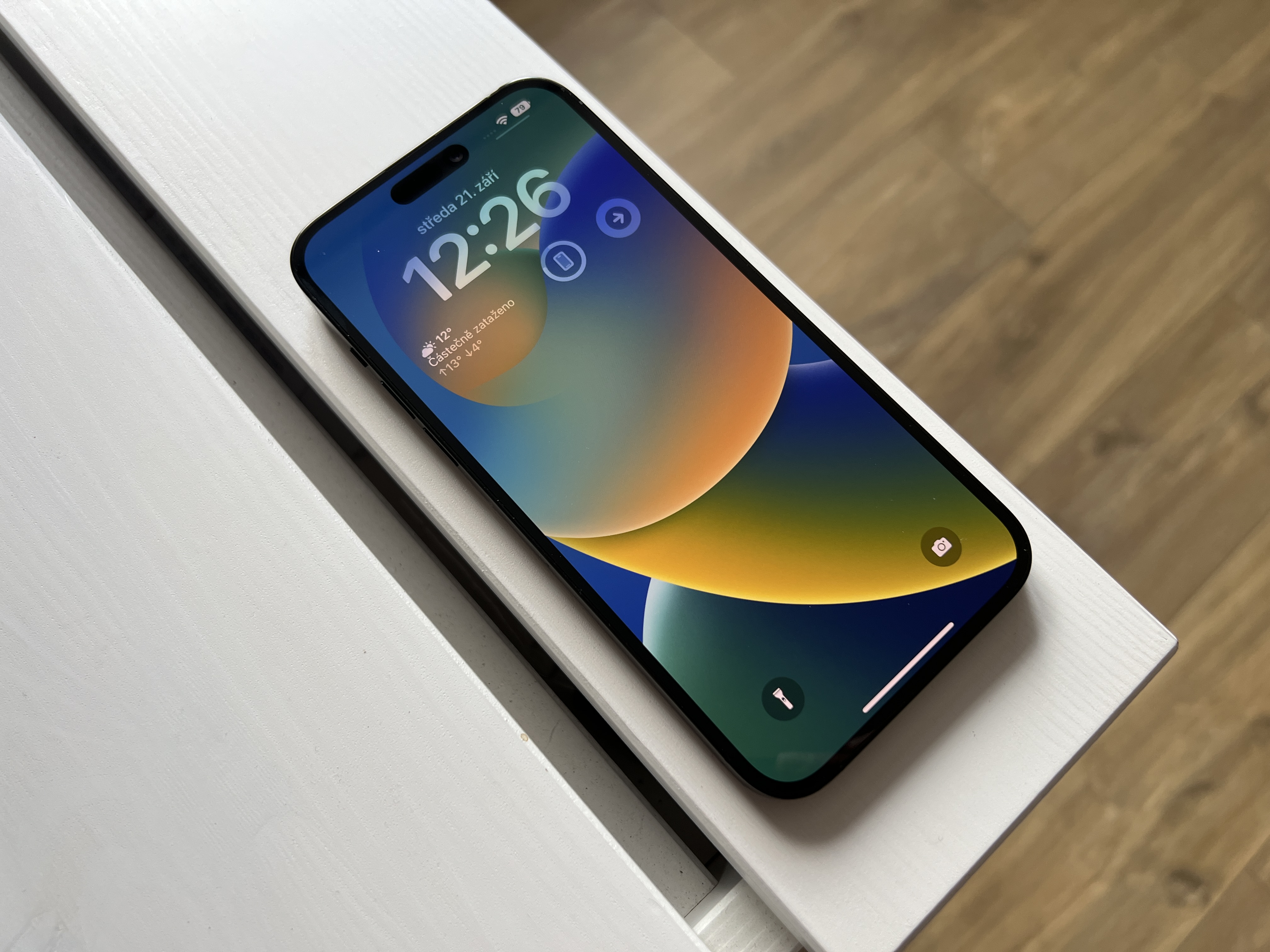
The cameras excel, but the 48 MPx did not inspire
Extreme zoom has already been talked about, and I'm personally curious to see how far Apple wants to go. Maybe he should rethink his strategy and either redesign the whole module or start reducing the technology while maintaining the quality, otherwise we'll soon end up with really funny solutions that are neither pretty nor practical.
iPhone 14 Pro and 14 Pro Max Camera Specifications
- Main camera: 48 MPx, 24mm equivalent, 48mm (2x zoom), Quad-pixel sensor (2,44µm quad-pixel, 1,22µm single pixel), ƒ/1,78 aperture, sensor-shift OIS (2nd generation )
- Telephoto lens: 12 MPx, 77 mm equivalent, 3x optical zoom, aperture ƒ/2,8, OIS
- Ultra wide angle camera: 12 MPx, 13 mm equivalent, 120° field of view, aperture ƒ/2,2, lens correction
- Front camera: 12 MPx, aperture ƒ/1,9, autofocus with Focus Pixels technology
Apple has taken a big step in finally moving up the resolution and embracing pixel stacking technology, even if it looked like it discovered America in the Keynote. This technology has been with us for several years now, and Android phone manufacturers have long adopted it as their own. It has its advantages in that it can capture more light in poor lighting conditions and give a better result, but at the same time it can capture a full 48MPx photo during daytime photography. But be careful here.
How to activate 48 Mpx resolution on iPhone 14 Pro
- Open it Settings.
- Choose an offer Camera.
- choose Formats.
- Turn it on Apple ProRAW.
- Click on ProRAW resolution and select 48 MP.
It is precisely this greatest advantage, where you can get a maximum quality 12MP photo by folding a pixel in poor light, that Apple quite skillfully killed by requiring you to shoot in ProRAW to use the entire 48MP sensor with its individual pixels. And you simply don't want that with ordinary snapshots, because such a photo can easily reach 100 MB, and it's also ugly, because its meaning is in the subsequent post-production. You don't even want to think about whether to shoot 12 MPx or 48 MPx at the moment. It's a great shame that the company has limited it like this and I sincerely hope that with some future software update the full potential of the full 48 MPx will be unlocked. After all, not everyone wants to take pictures with third-party applications, even though they will probably be able to do it even in normal automatic modes.
We still have 3x optical zoom, 2x optical zoom, 6x optical zoom range and up to 15x digital zoom (which you just don't use). The values are the same as in the previous generation. In the interface, however, you now have 0,5, 1, 2 and 3x, where the double zoom is a novelty. This is a digital cutout from 48MPx, which is primarily suitable for portraits when you are neither close nor far away from them. However, for ordinary photography, it is better to use the qualities of a wide-angle lens.
However, it is true that although Apple has worked on all the lenses, especially with regard to photography in low light conditions, in a direct comparison with the year-old generation, it is difficult to find differences. During the day, you will only see a more realistic shade of color, at night, if you don't have a bright light source, it's useless anyway. It always just needs at least some source, otherwise the photos are useless. Apple has also improved the LED, but I personally don't see any difference in the result compared to the older generation. The original flash was called True Tone slow sync flash, now it is an adaptive True Tone flash.
The front camera is finally capable of automatic focusing, and except for adjusting its aperture, everything is the same here as before. However, it's clear that the selfies are noticeably better, which is important for all Instagram and TikTok story lovers, and it's rather surprising that PDAF is only getting here now. We still have Deep Fusion, Smart HDR 4 for photos, portraits in night modes, last year's photo styles or macro photos, where you would also look for a major shift in vain. But then there is the magic word Photonic Engine. So that we don't have too many engines, there is one more that takes care of photos and video.
It could be interest you
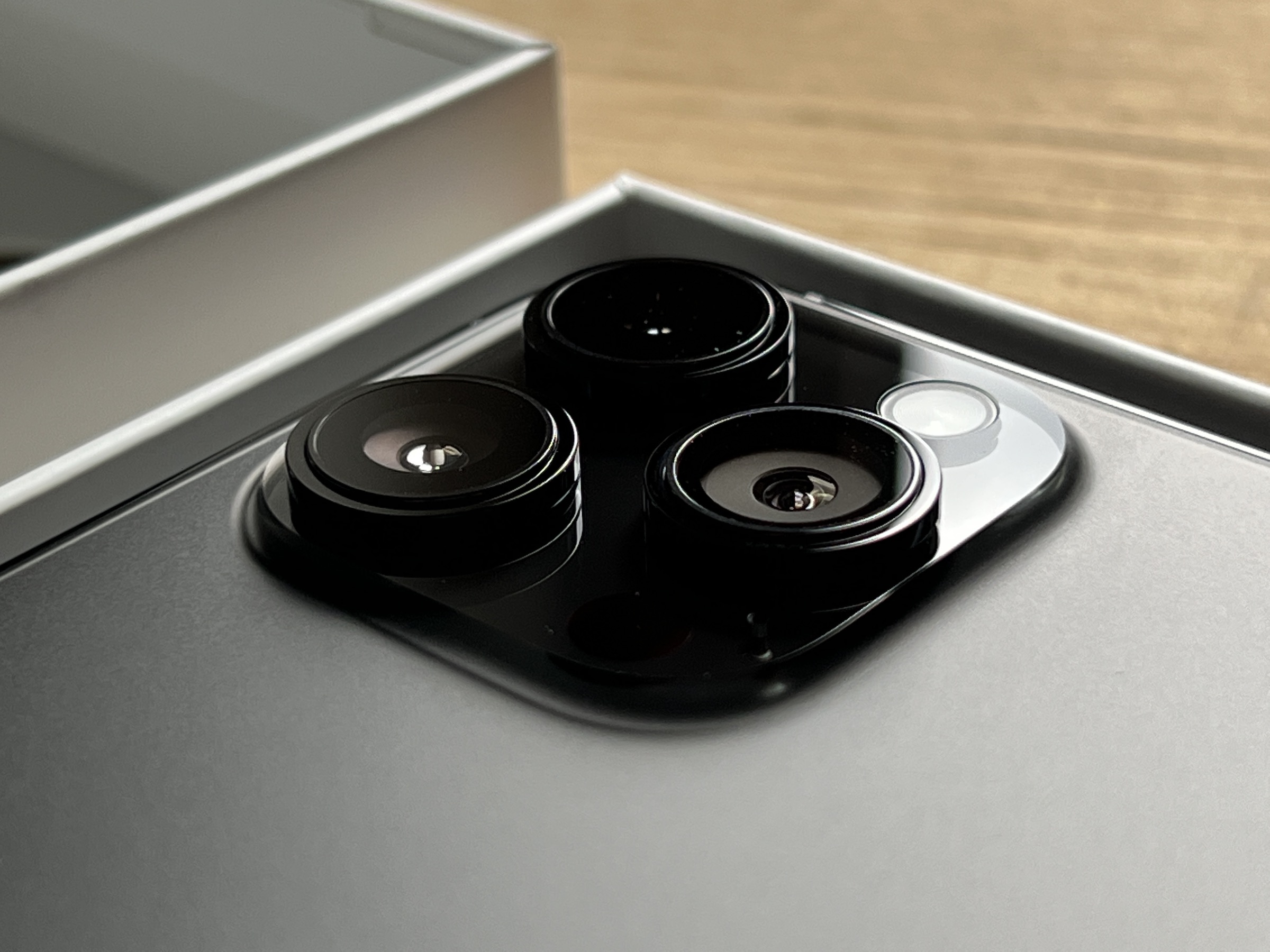
Action mode gives incredible results
When you switch to Video in Camera, you will now see a running stick icon right next to the illumination symbol. This is a new Action mode that aims to stabilize your movement when recording footage without a gimbal. There is no setting present here, it's just either on or off, that's all. He has only one ailment, he needs a lot of light. If you don't allow it, the result will suffer from a significant amount of noise. But if he gets it, he will repay you with a rather incredible result.
It reminds me a lot of the now-defunct Instagram app, which contained a unique algorithm that could eliminate your movement by cropping the video. However, it is not yet known what processes are taking place here. It probably won't be a competition for GoPro action cameras, because they also score points for their size, on the other hand, it will provide you with high-quality action shots without the need to invest in both a camera and possibly a gimbal (although of course the latter has added value in its many modes and options ).
But there was more to the video. The film mode is finally much more usable, because it can record 4K HDR videos at 24 fps, i.e. in the classic film standard (it can also do 30 fps) and no, older models do not get this "convenience", so the thirteenths stay at 1080p at 30 fps.
The iPhone 14 Pro Max is great, but also pretty expensive
The iPhone 14 Pro Max, and with regard to the display diagonal as well as the iPhone 14 Pro, is the best iPhone that Apple has ever created and delivered to the market. It's not revolutionary, by any means, but it sets several trends, which every generation can't say either - we have 1 to 120Hz adaptive display refresh rate and Always On, we have Dynamic Island, which turned the iPhone's biggest disadvantage into its clear advantage, we have here the 48MPx main camera, which can still show what it can do, and we also have satellite communication, although it still has time.
If you ignore the dimensions of the photo module and the illogical Always On, which will surely be tuned over time, there is only one problem, and that is the price. The damn high price, which jumped for us by a whopping 3 and a half thousand CZK, to 36 CZK in the basic 990GB model storage. It is the only factor that can play against the purchase of the new product, especially when the iPhone 14 is 10 and a half thousand cheaper and we also have the iPhone 14 Plus for 29 CZK. Whether you can justify it is up to you.
Of course, the most important thing is which model you are switching from. Of the 13 It probably doesn't really make much sense for Max, the owners of the 256s have it the hardest, because compared to them there are already a lot of new products. But if you still own elevens, there is nothing to hesitate. Let's add that the 40GB version will cost you CZK 490, the 512GB version will cost you CZK 46, and the variant with 990TB storage will cost you CZK 1. It doesn't matter what color you go for, be it dark purple, gold, silver or our tested space black.
- You can buy the iPhone 14 Pro Max for example at Mobile Emergency (you can also take advantage of the Buy, sell, sell, pay off action, in which you can get an iPhone 14 from 98 CZK per month)

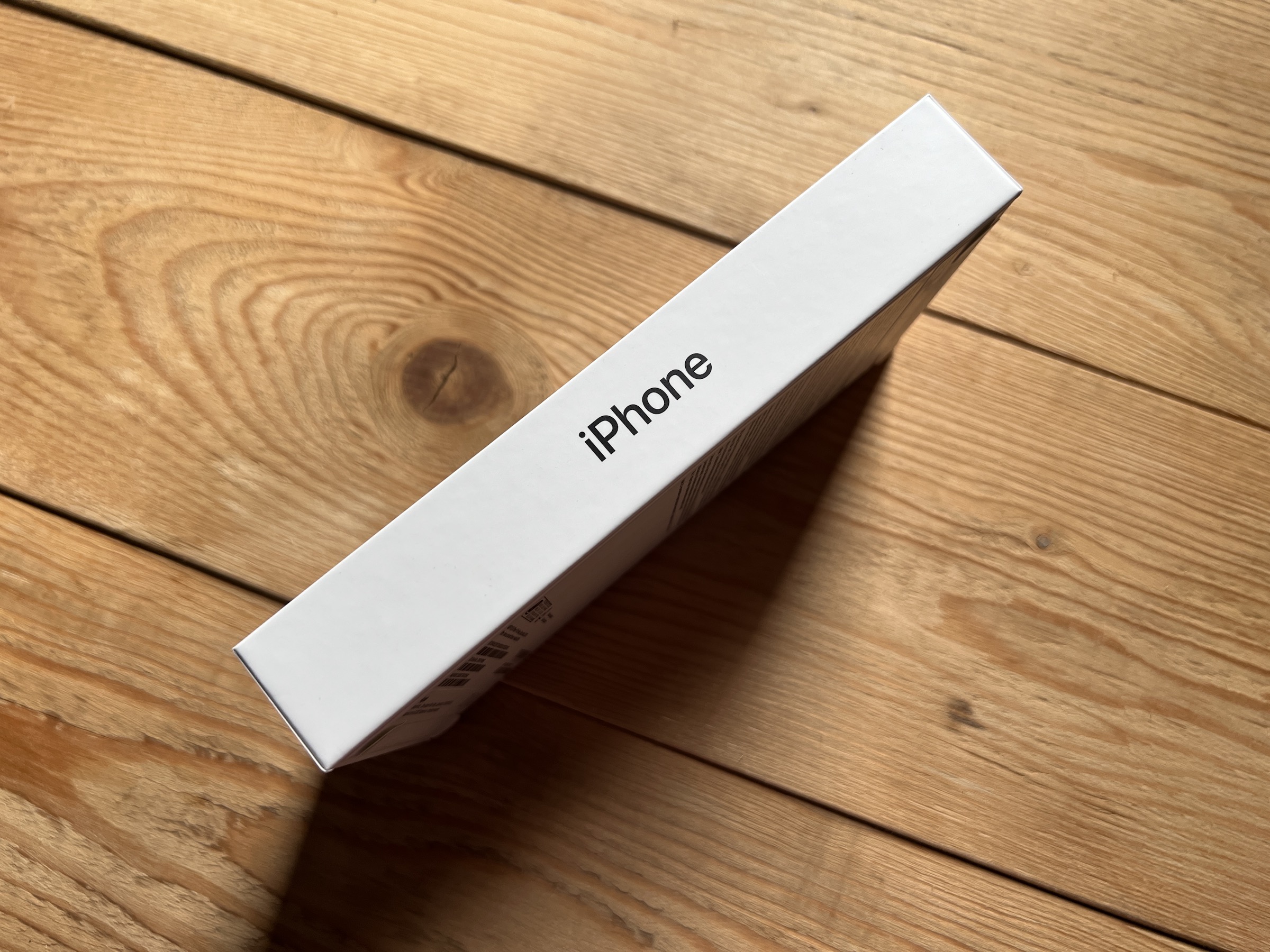
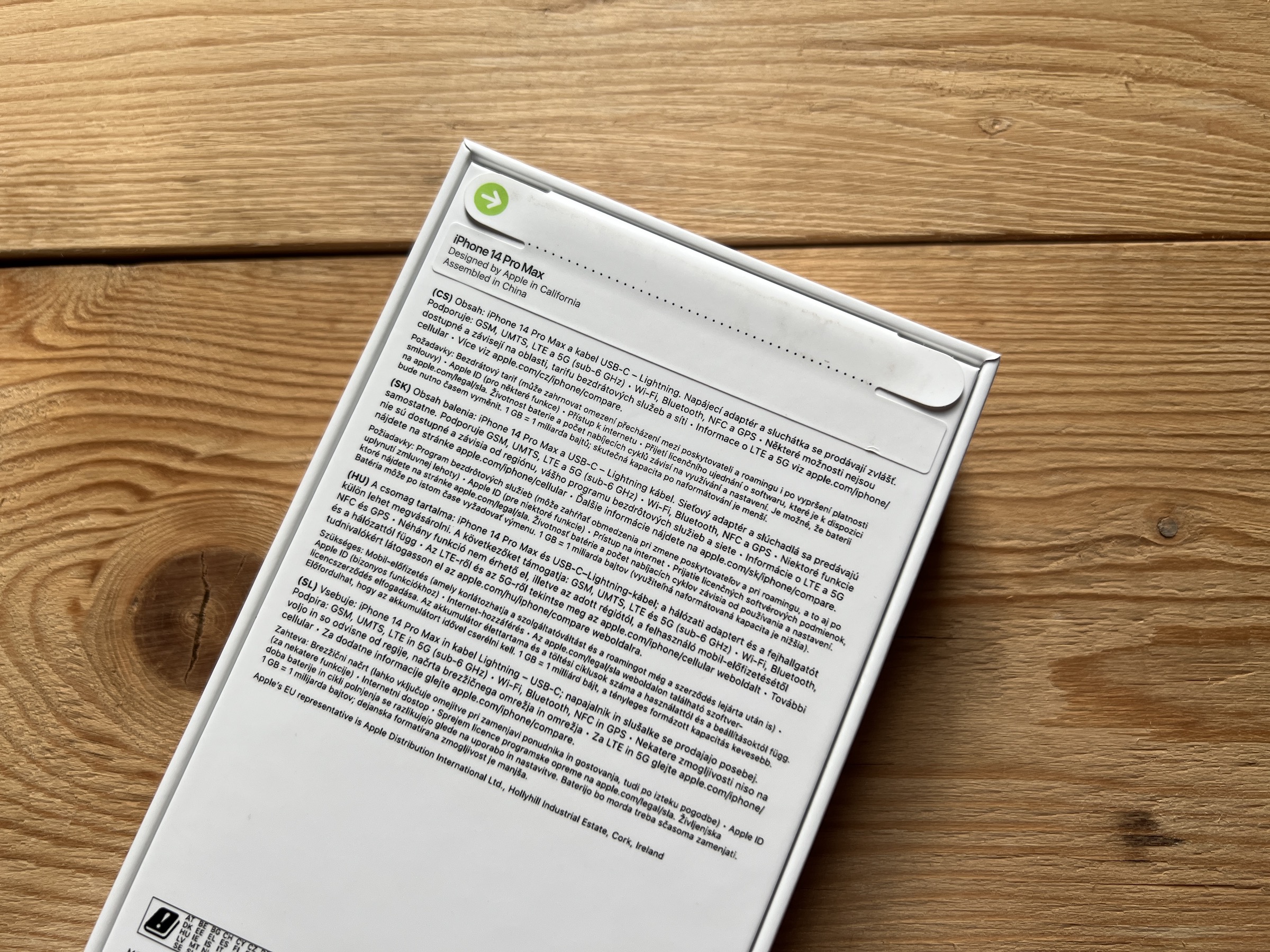
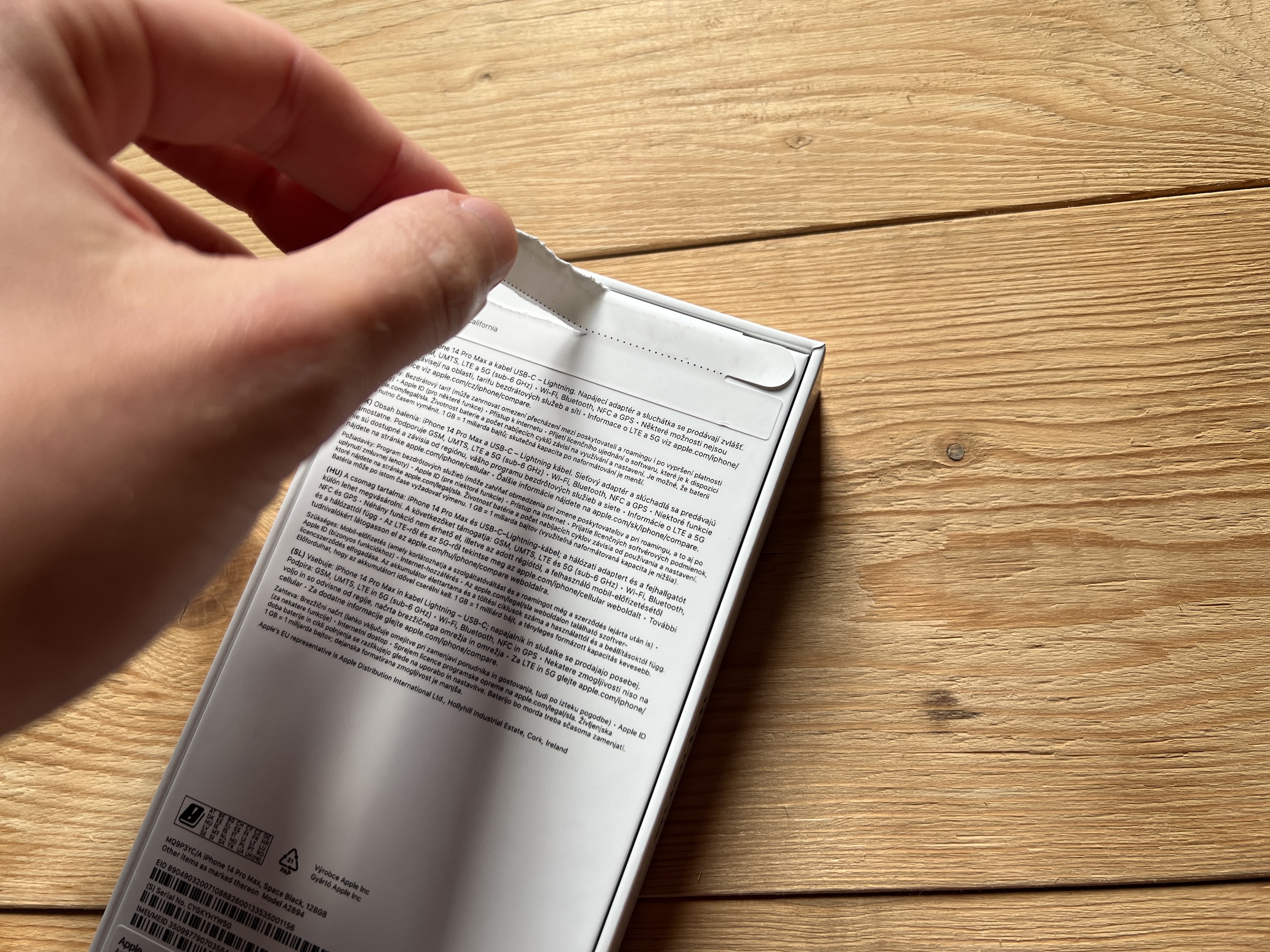


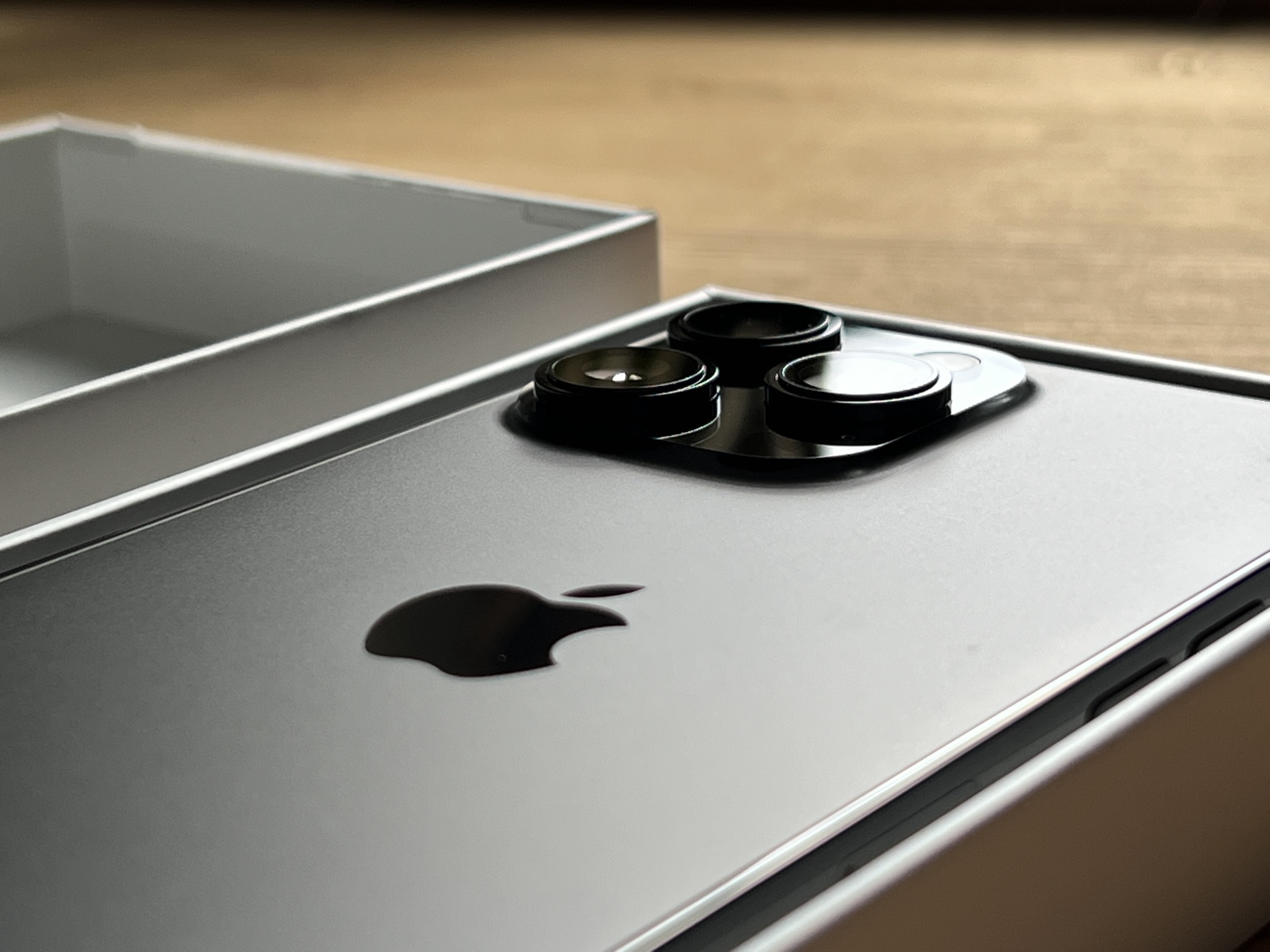
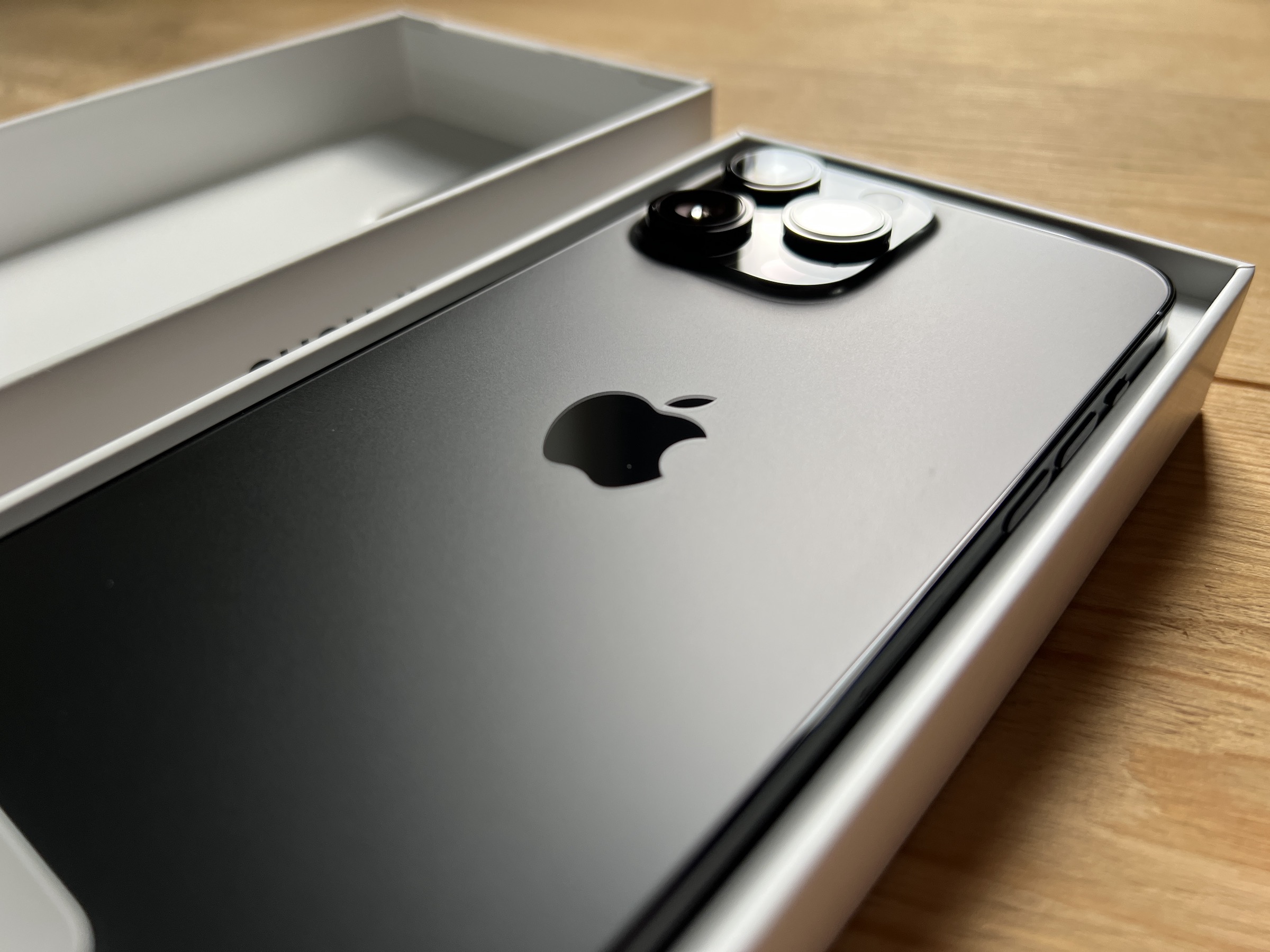

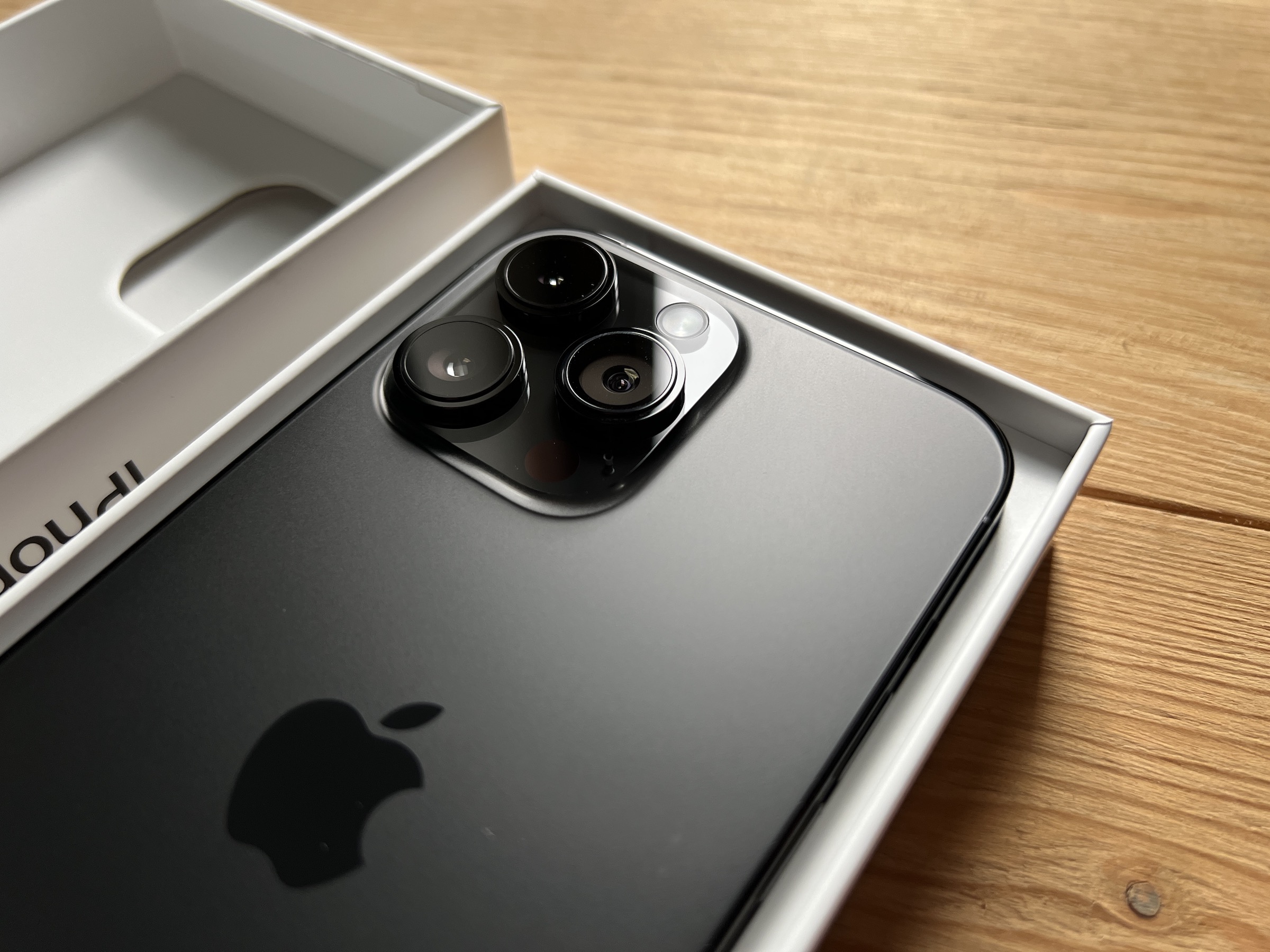
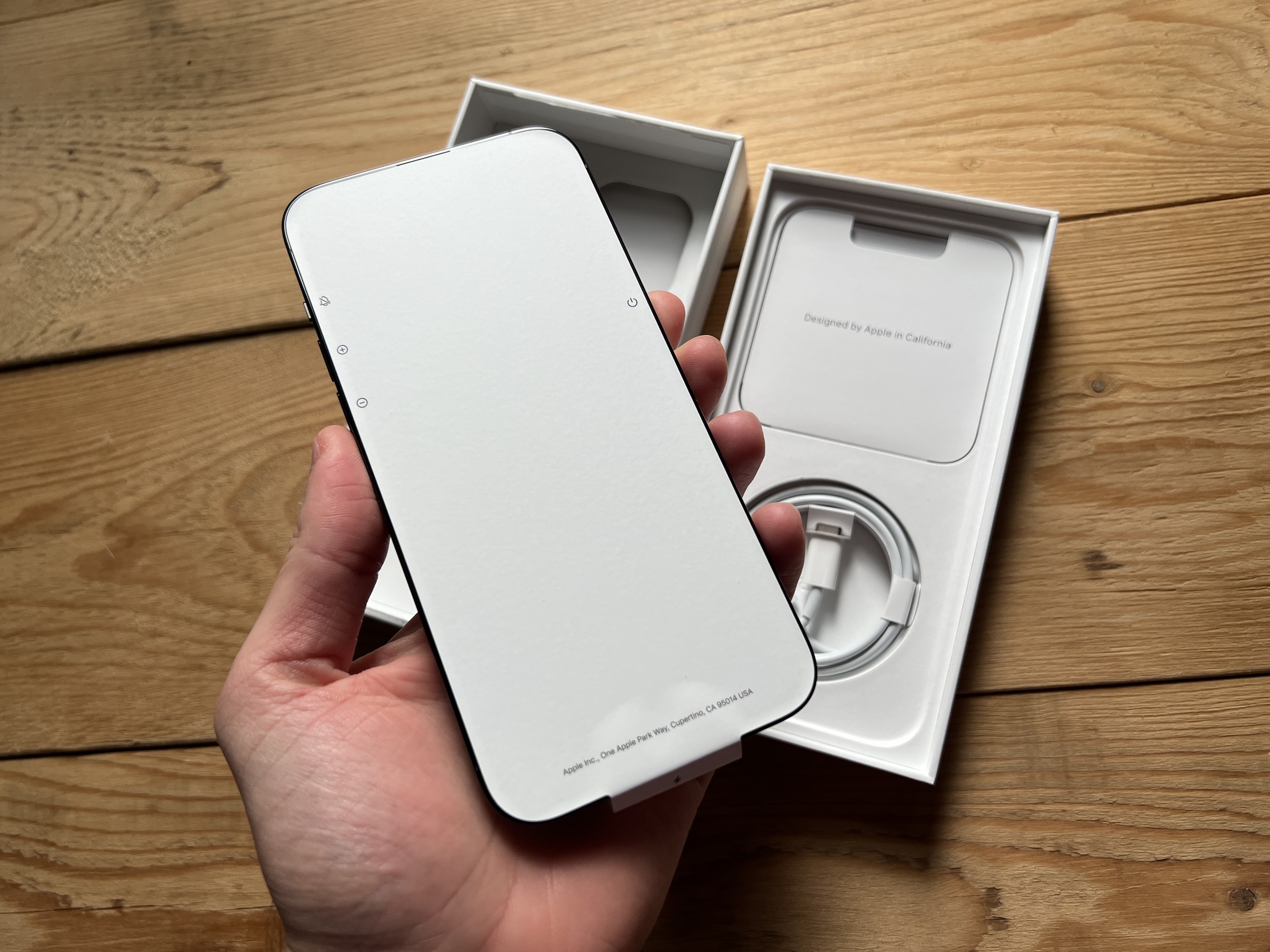
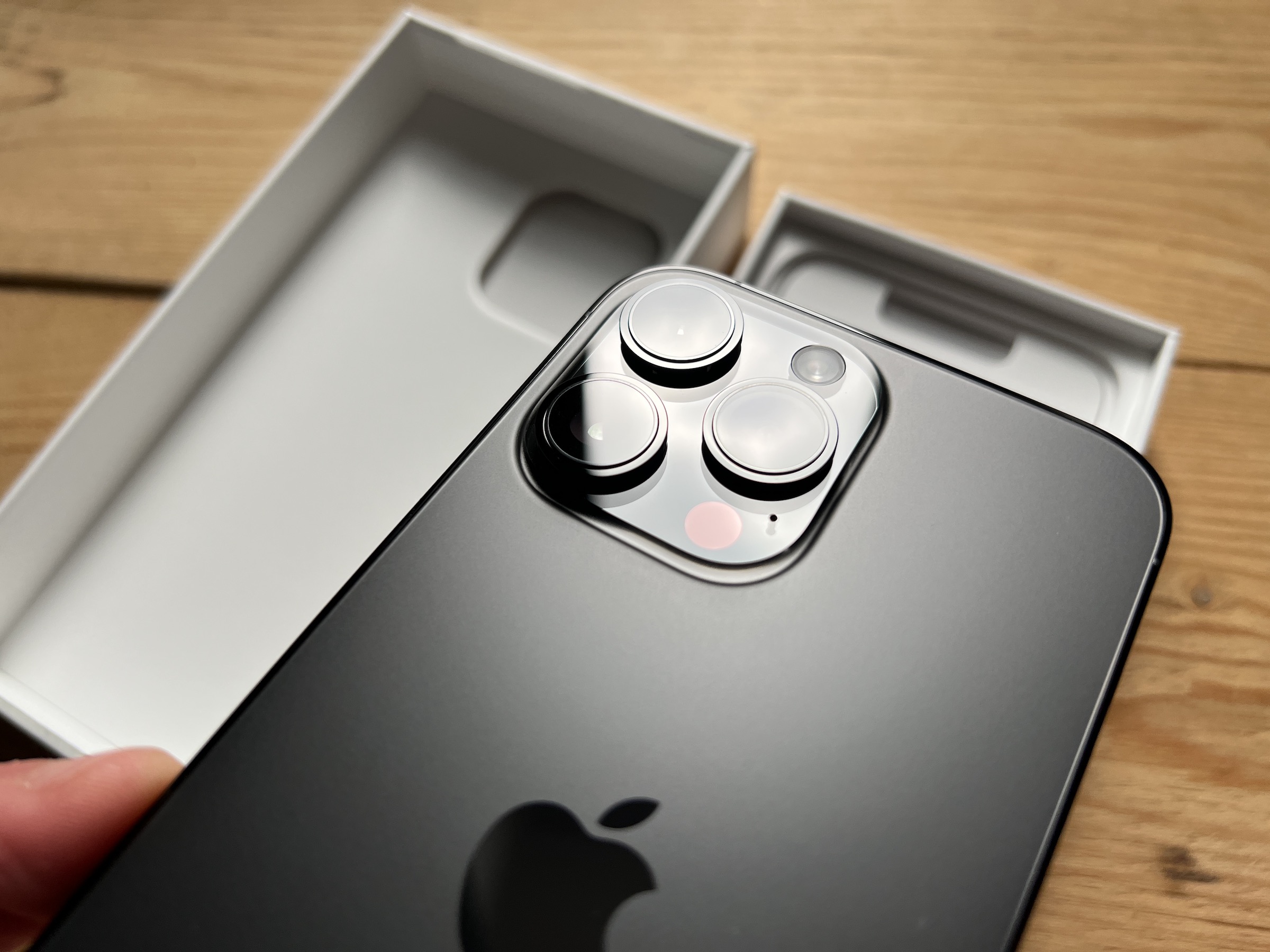


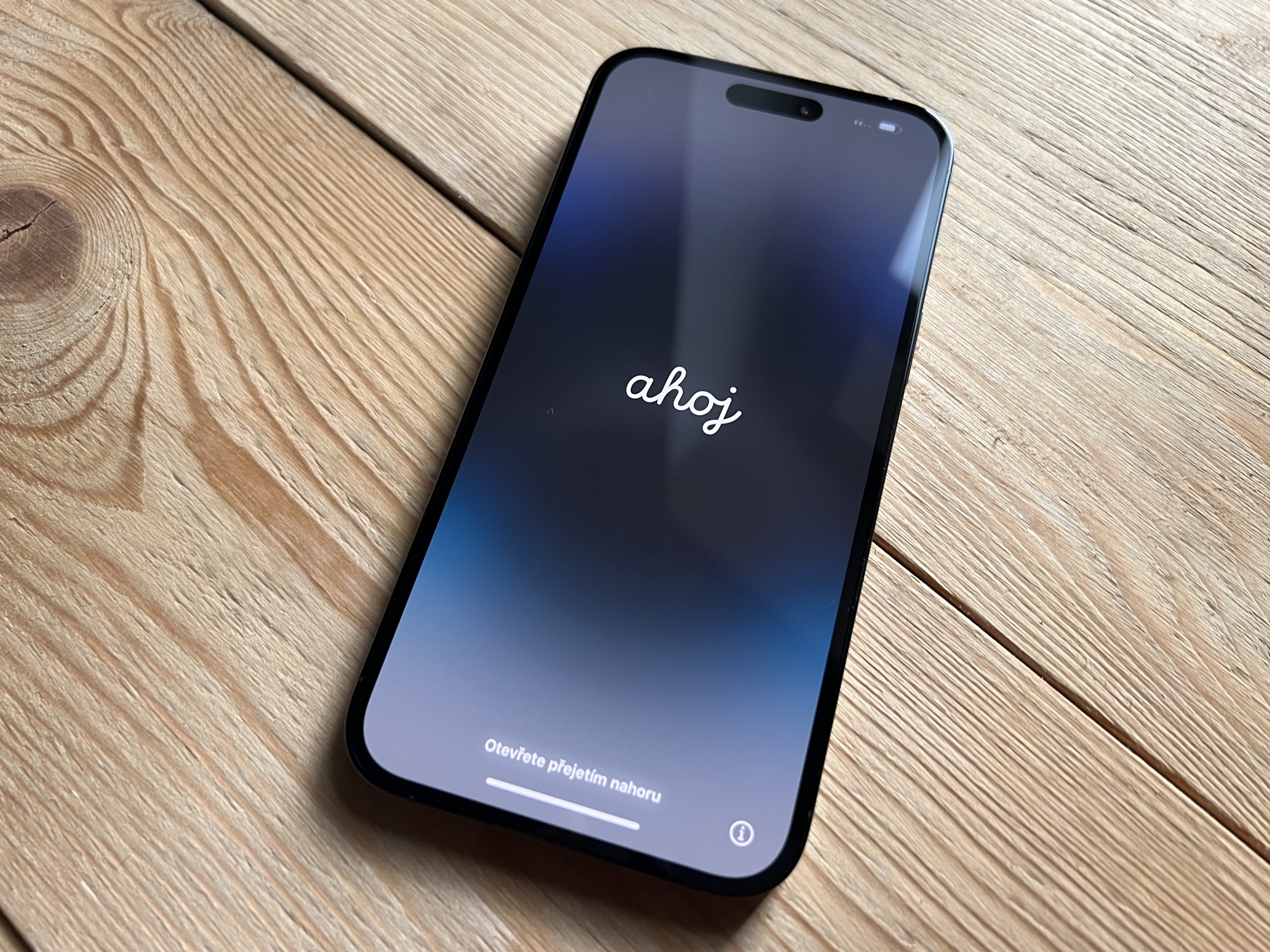
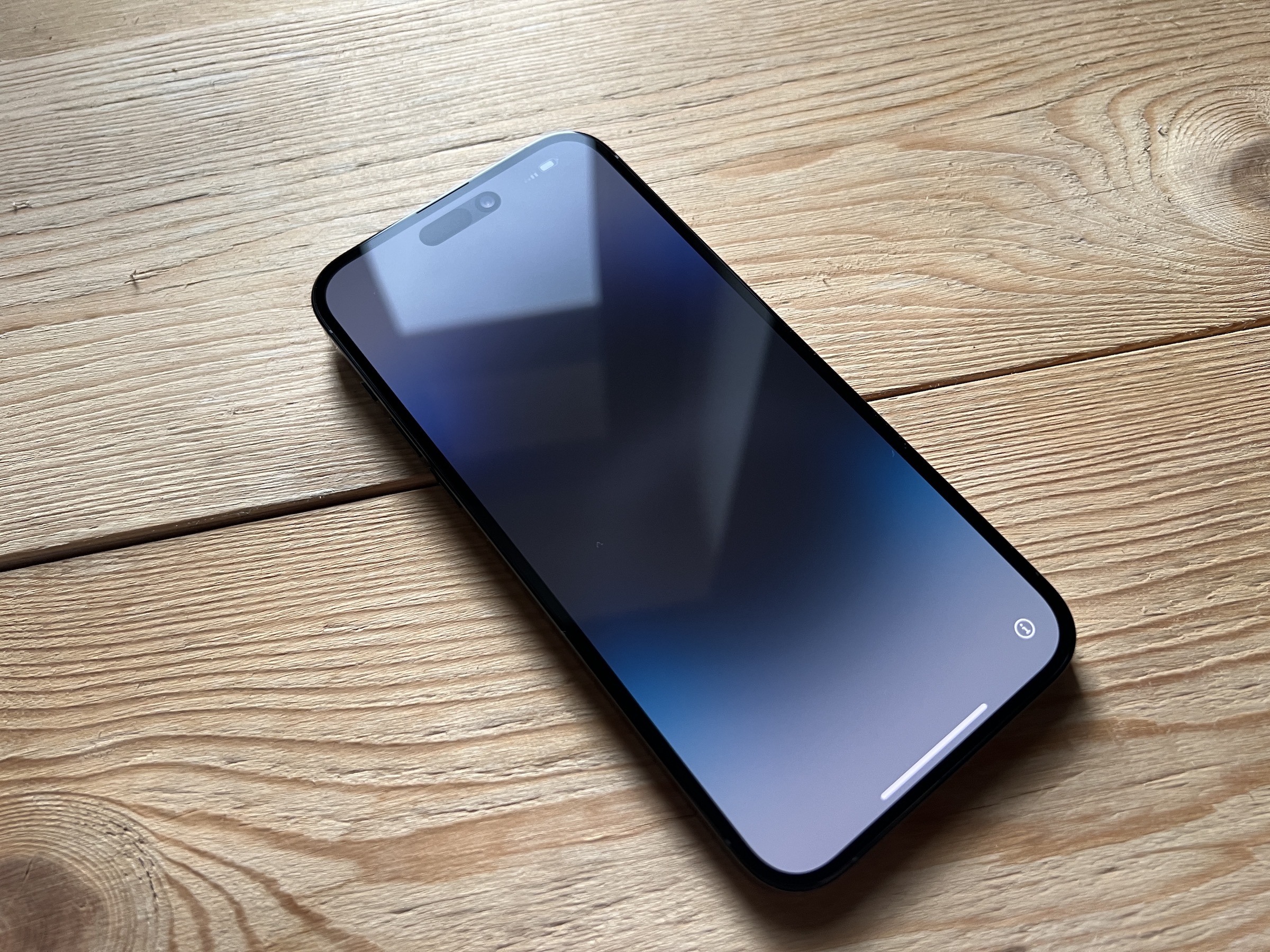
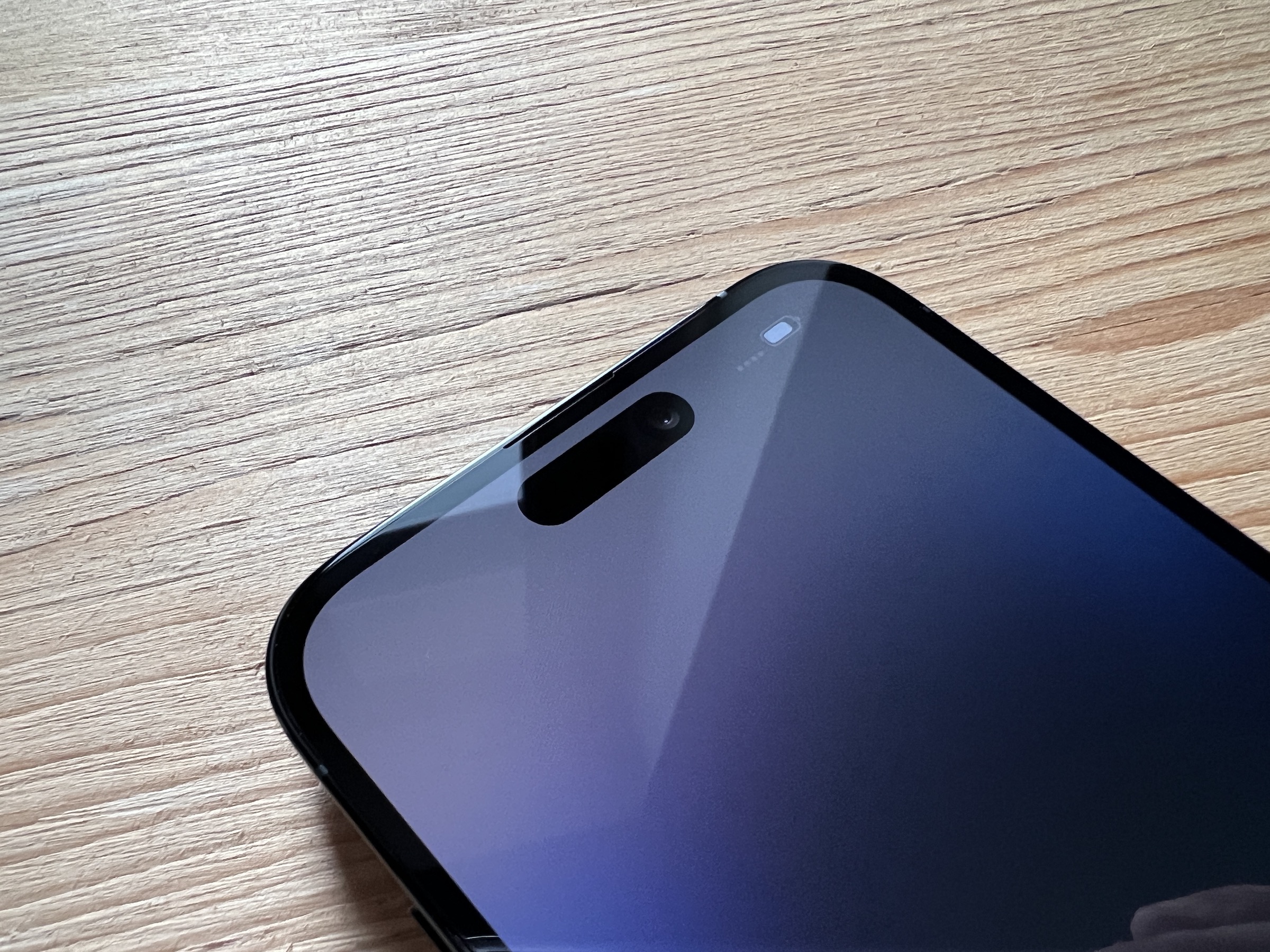
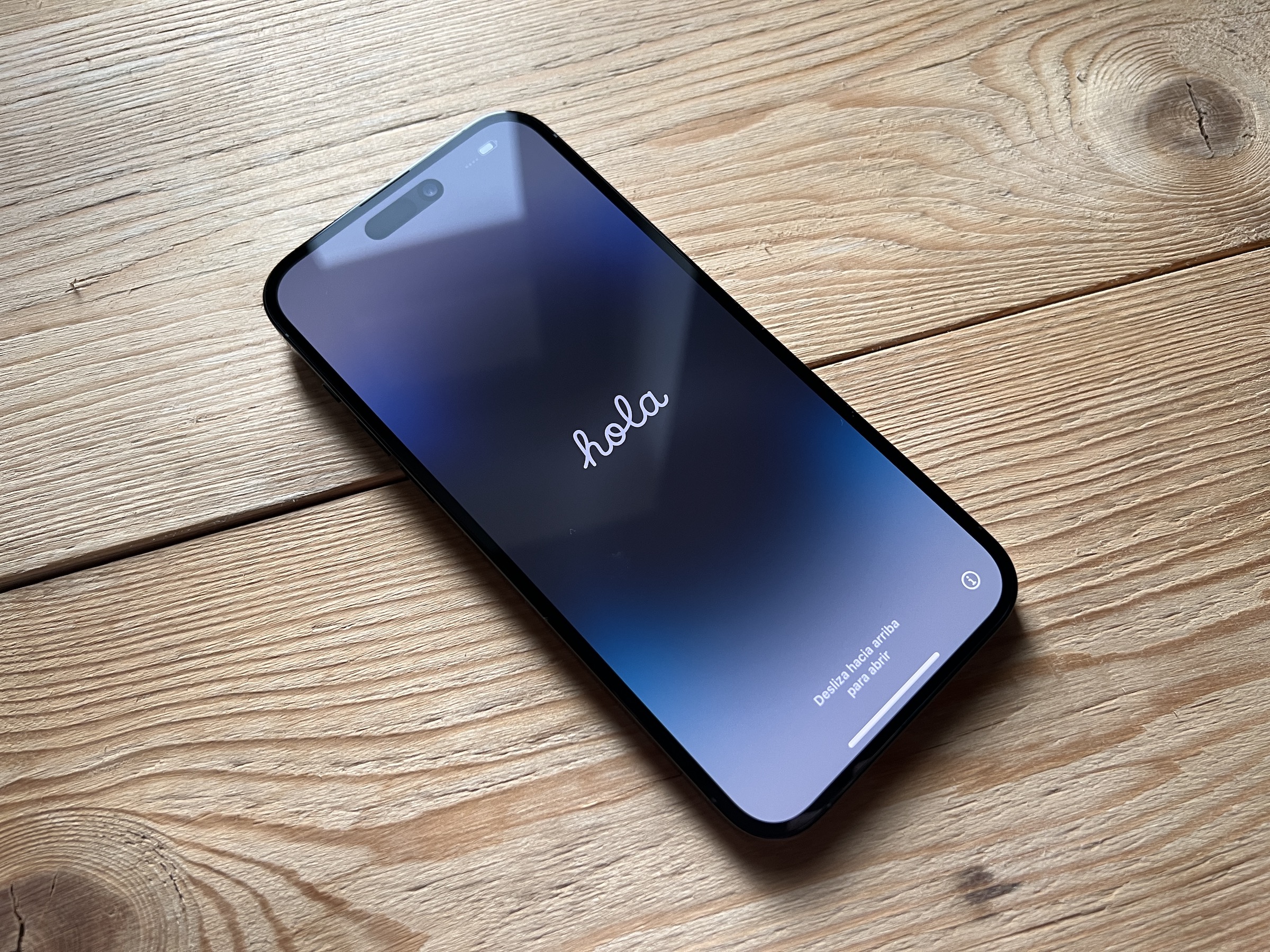
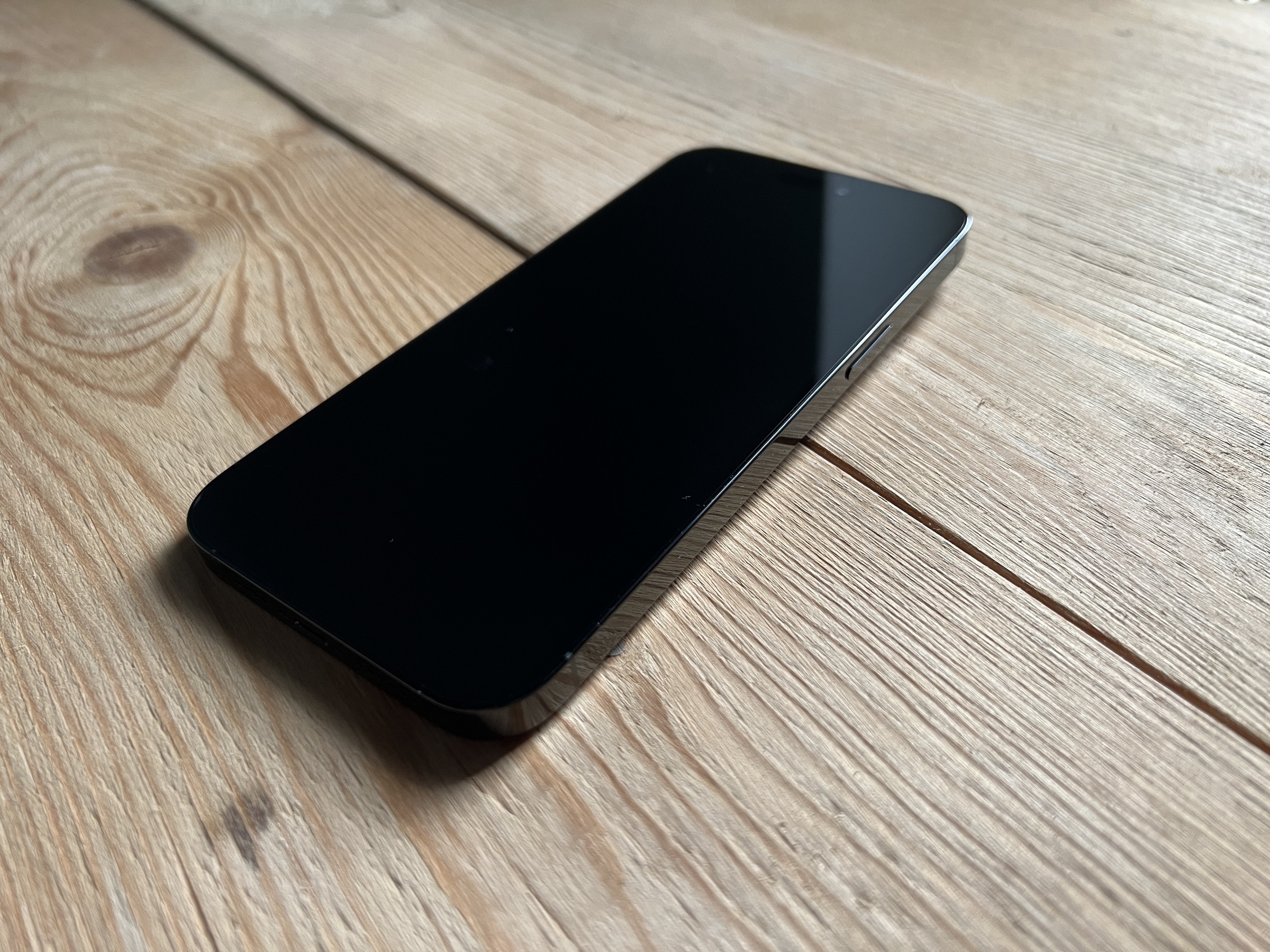
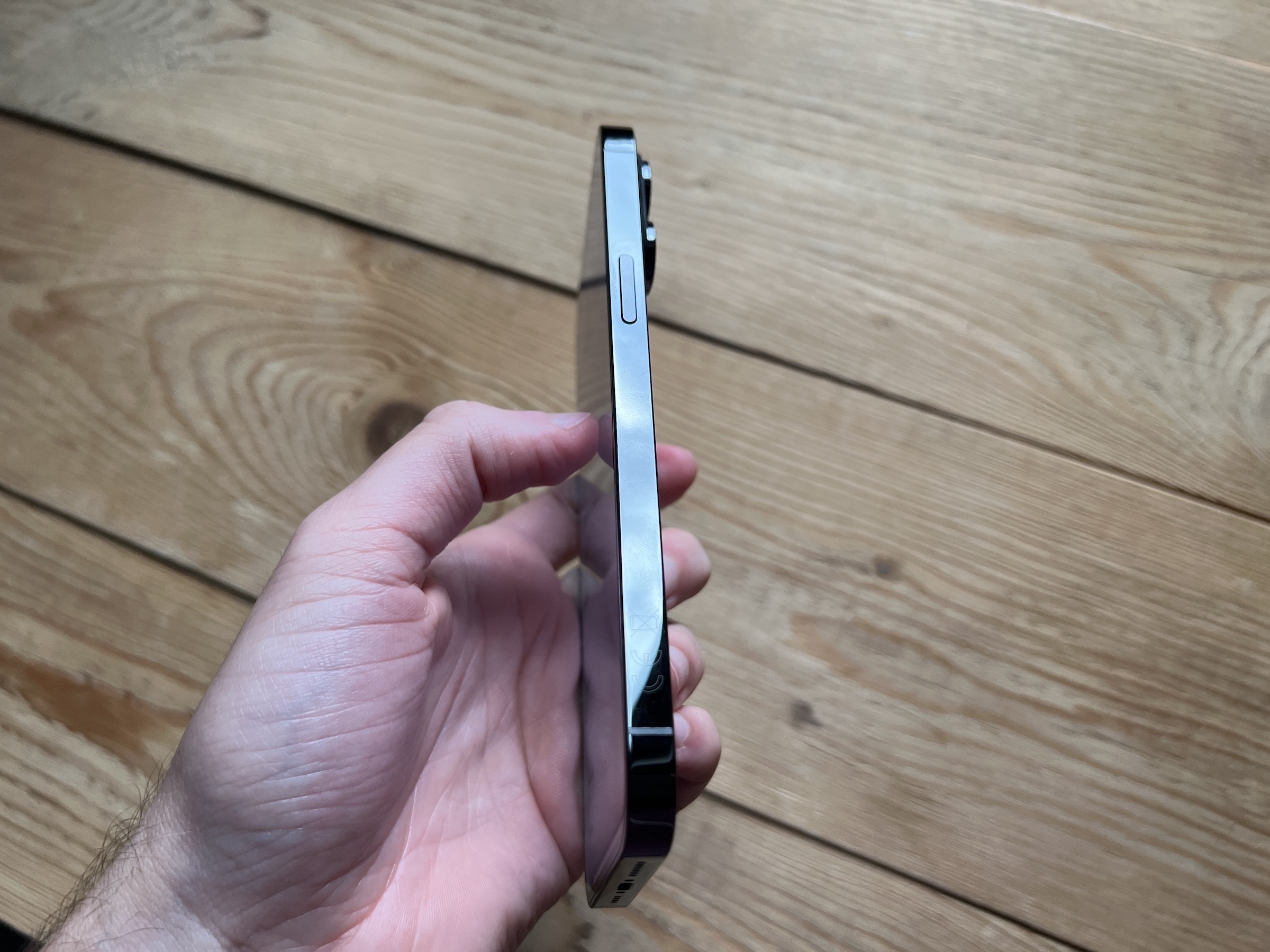
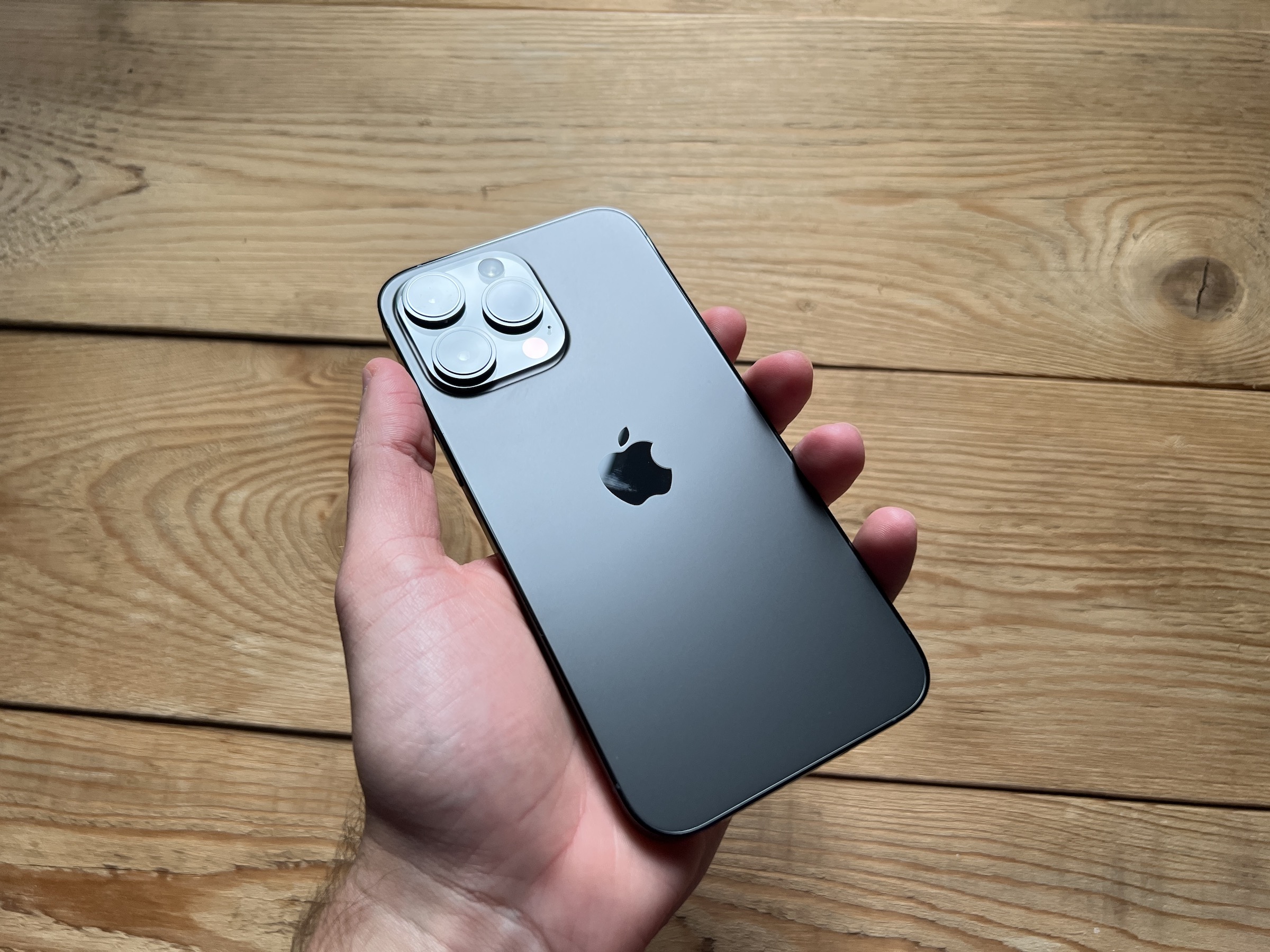

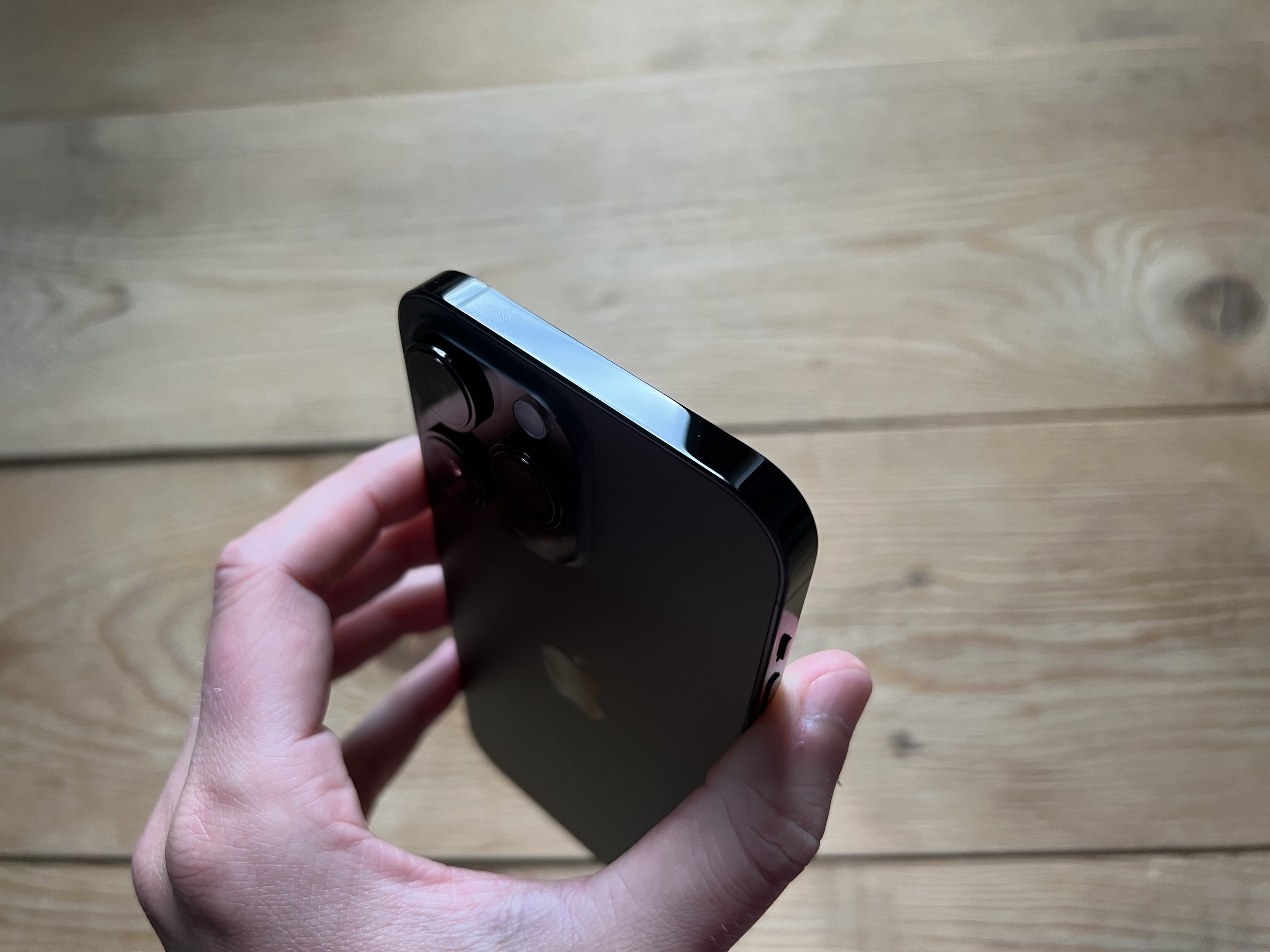
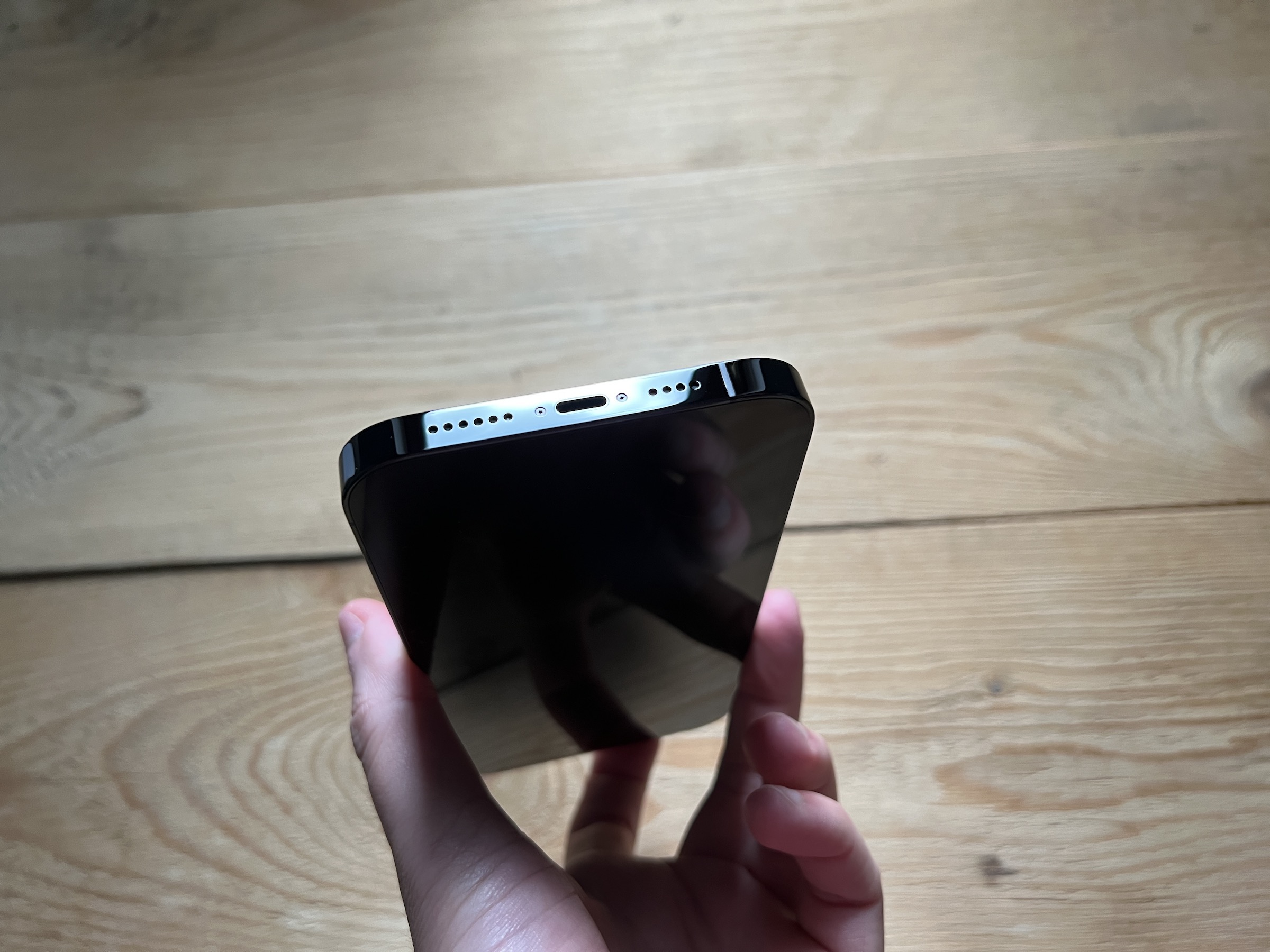
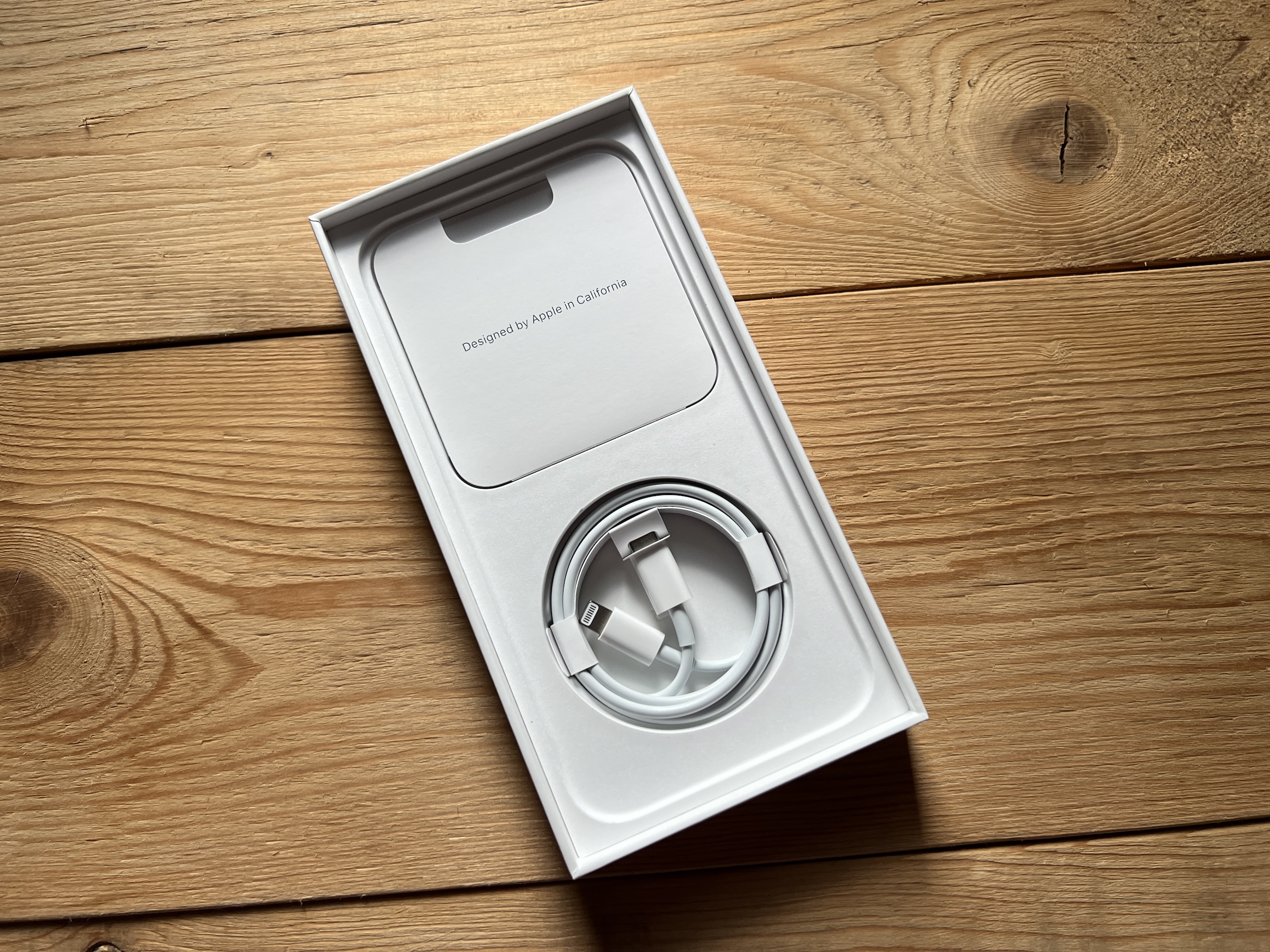



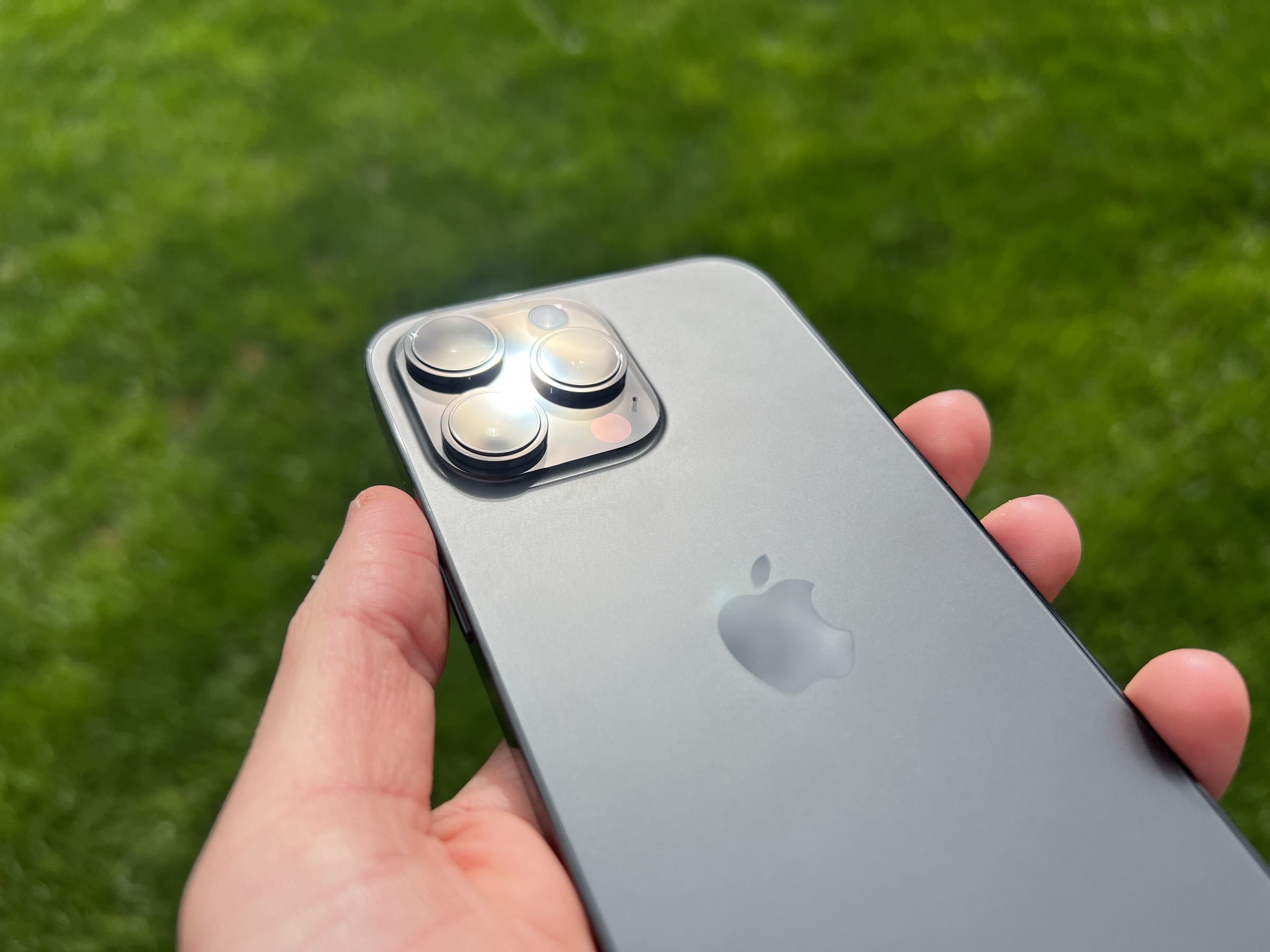
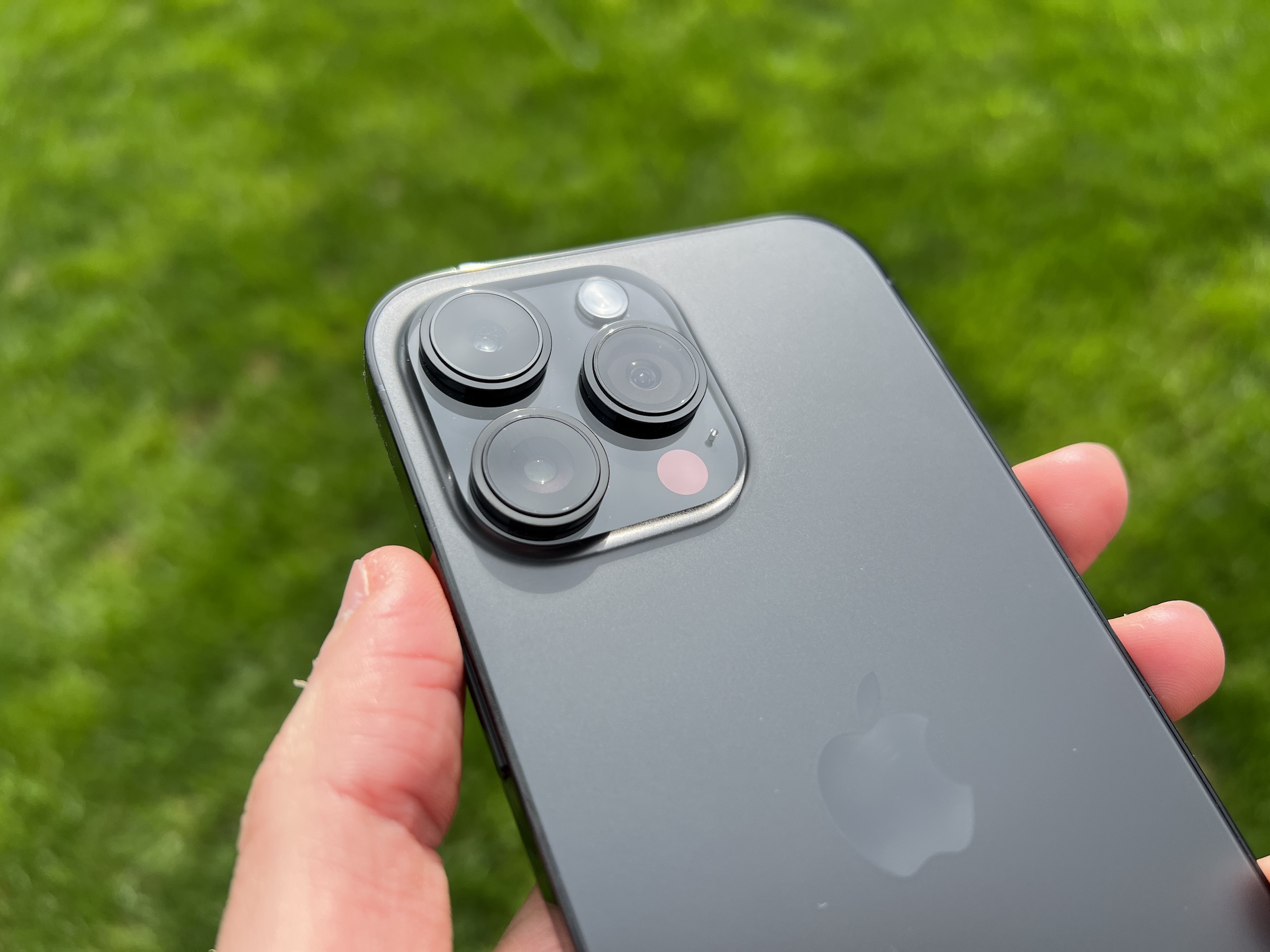
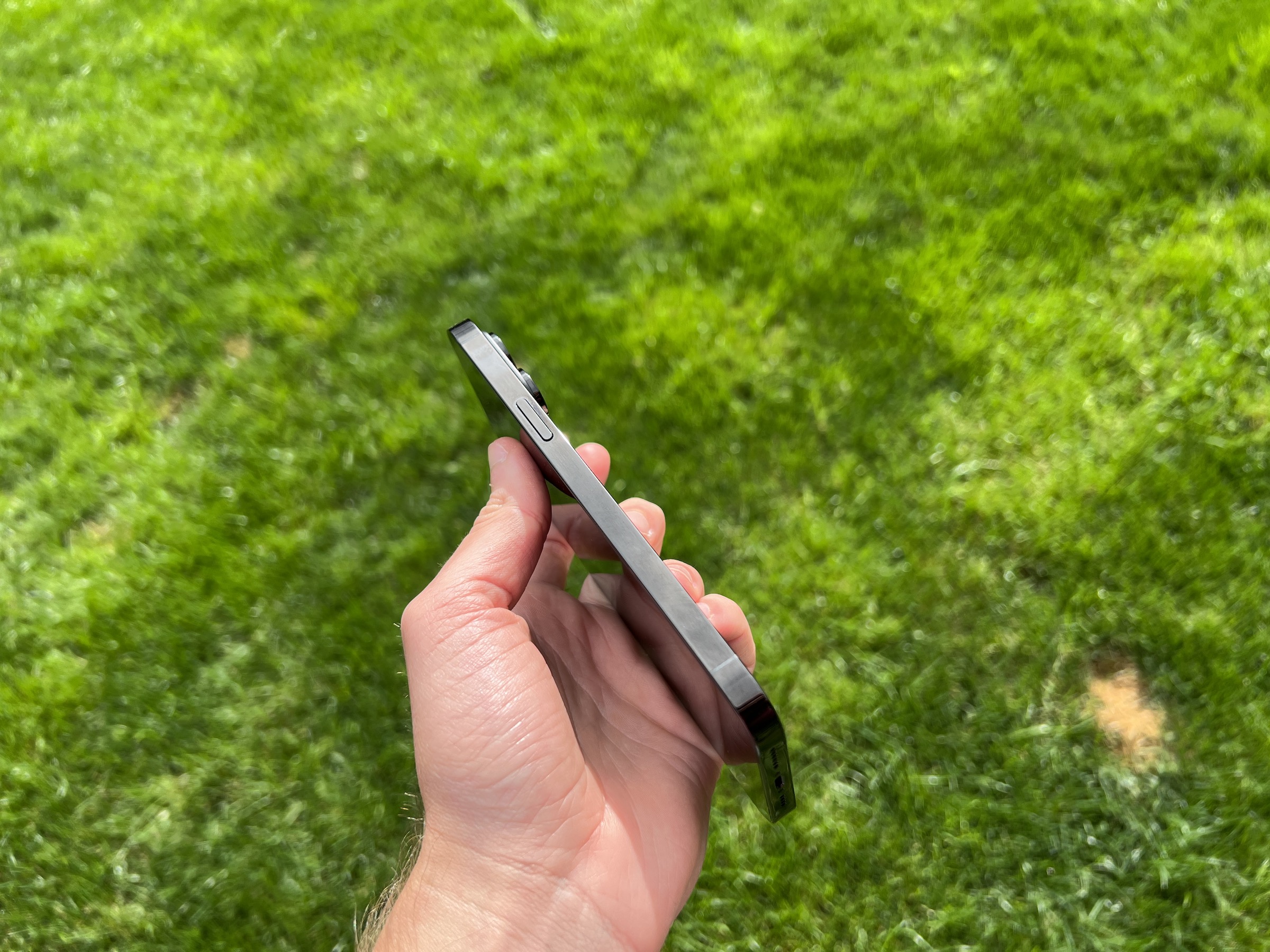
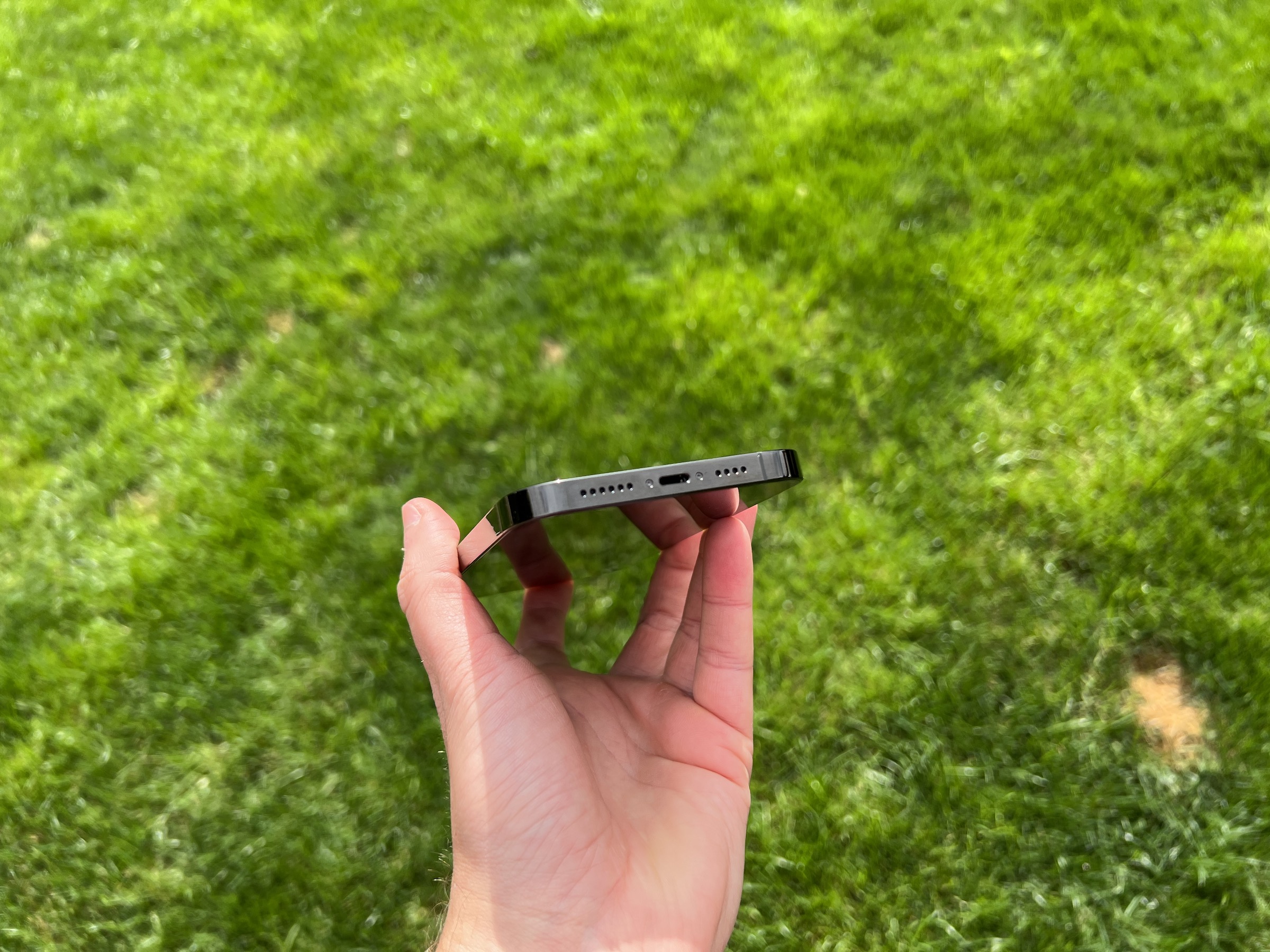
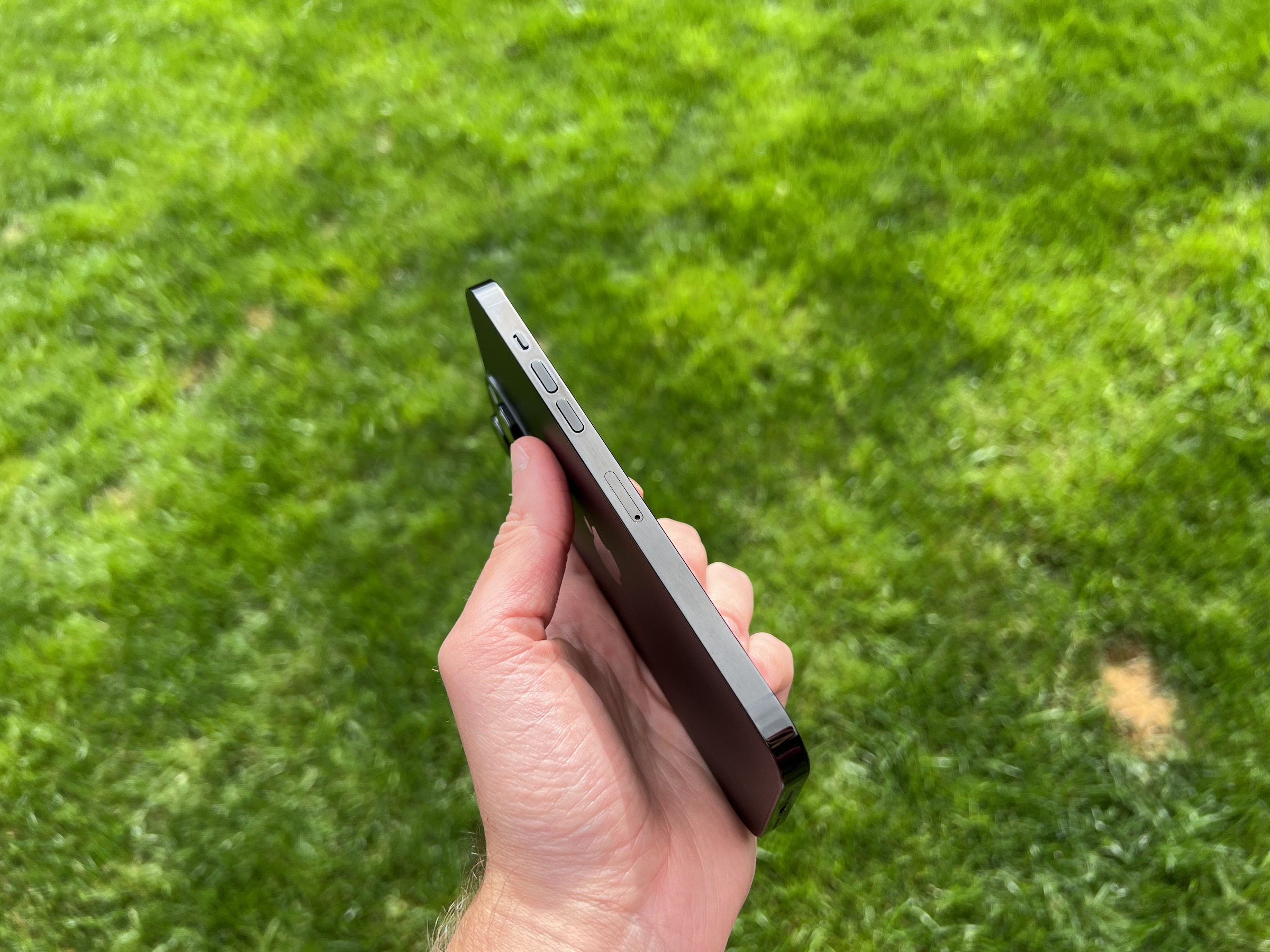
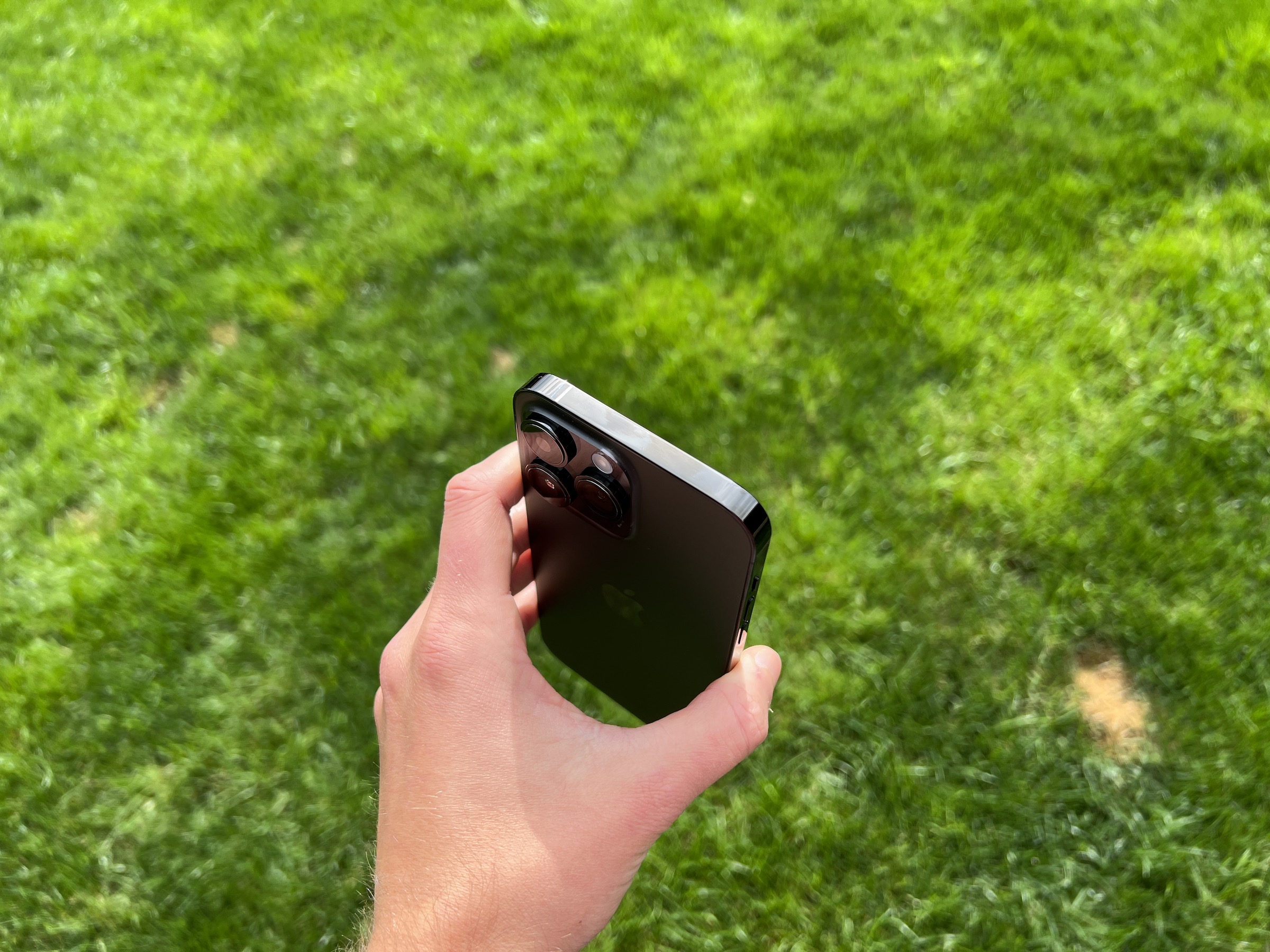
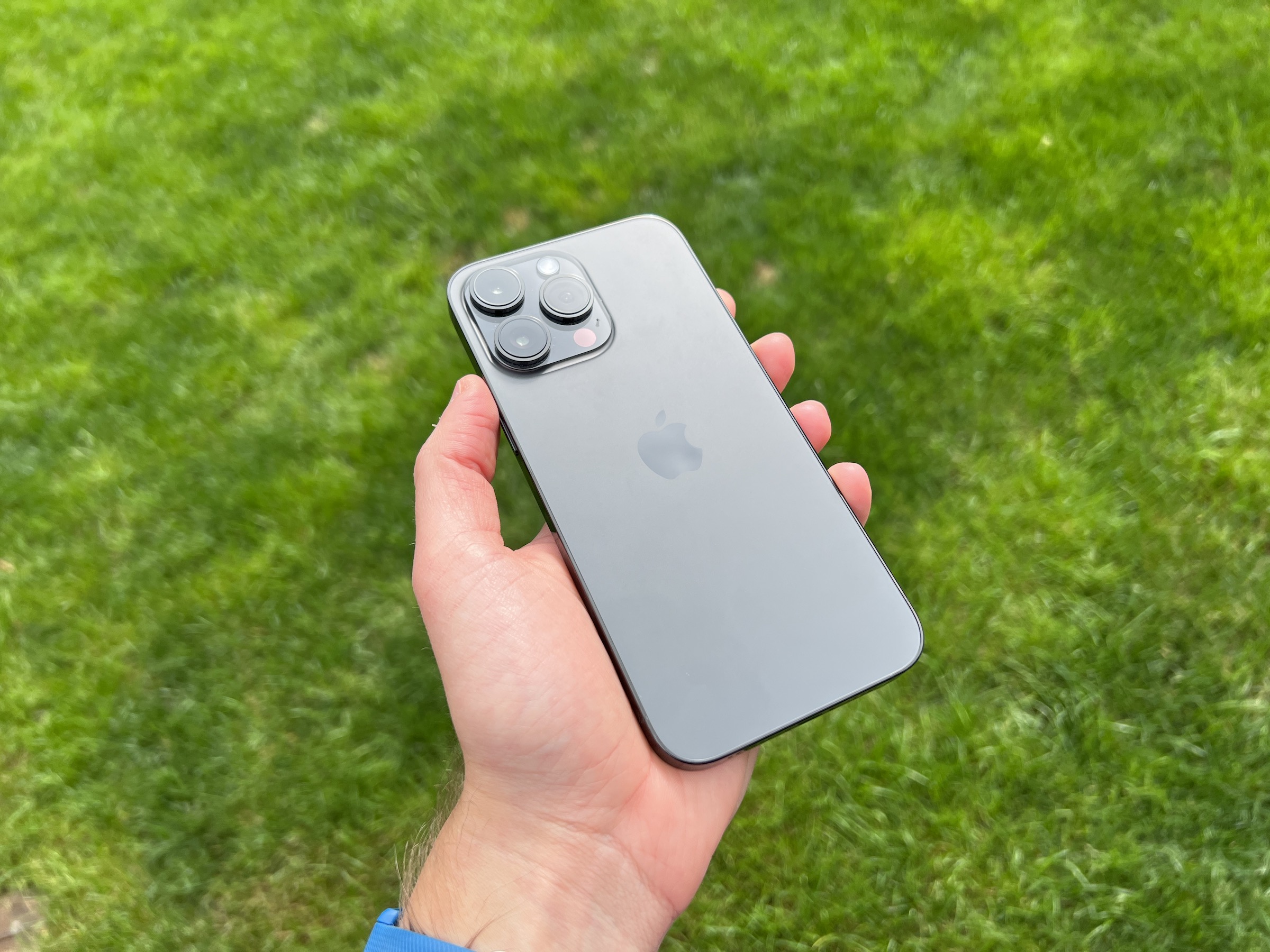
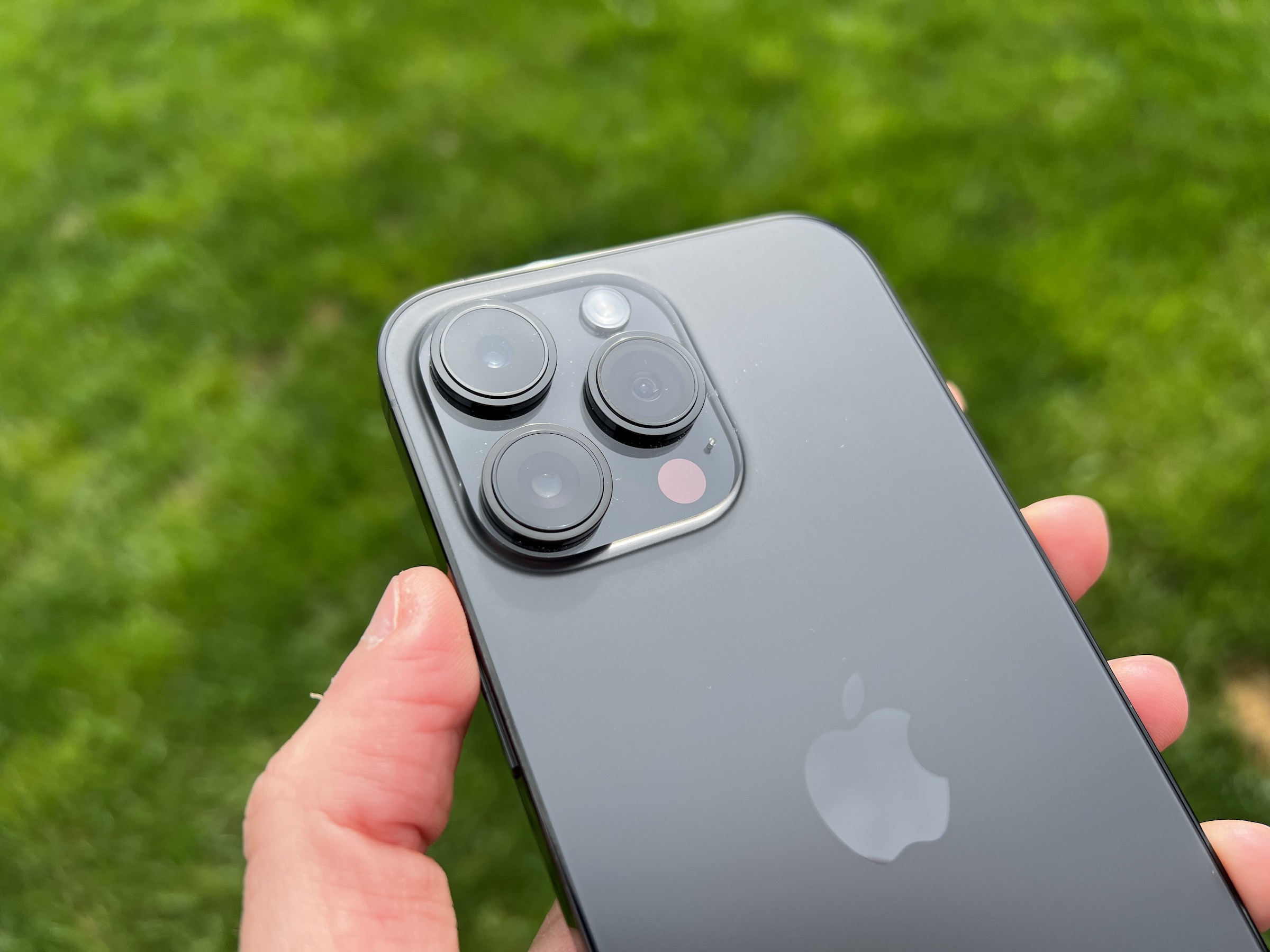
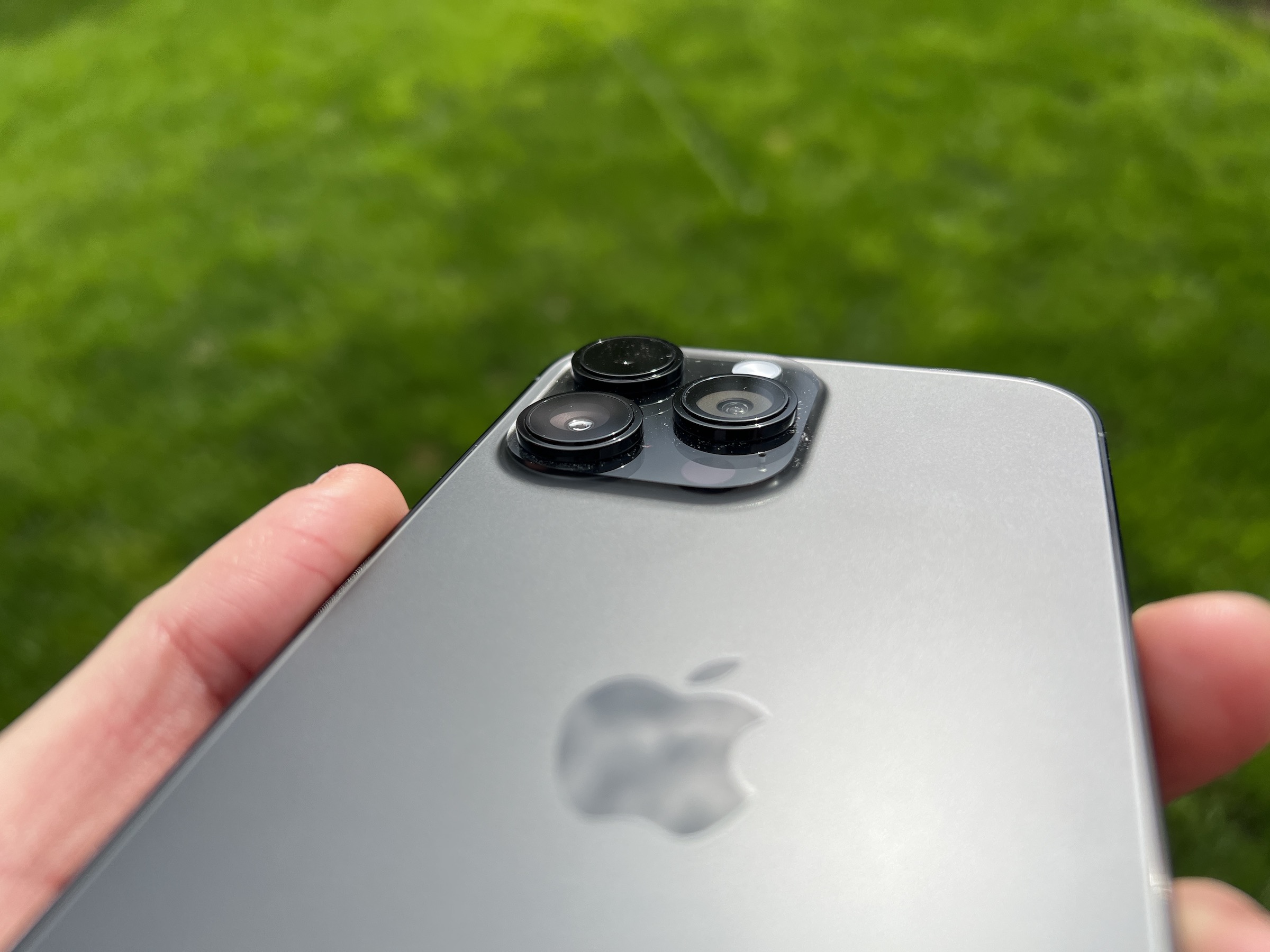

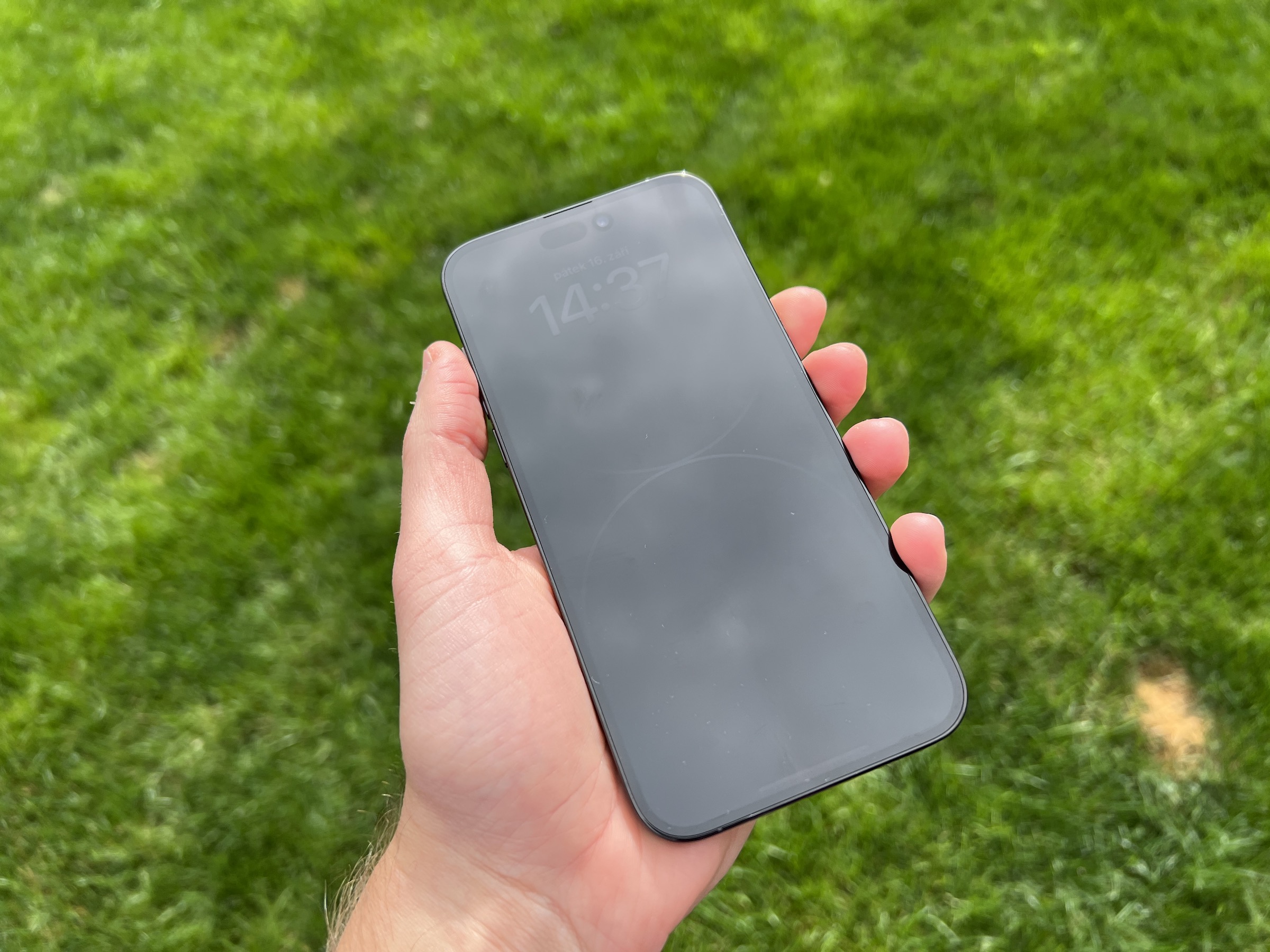
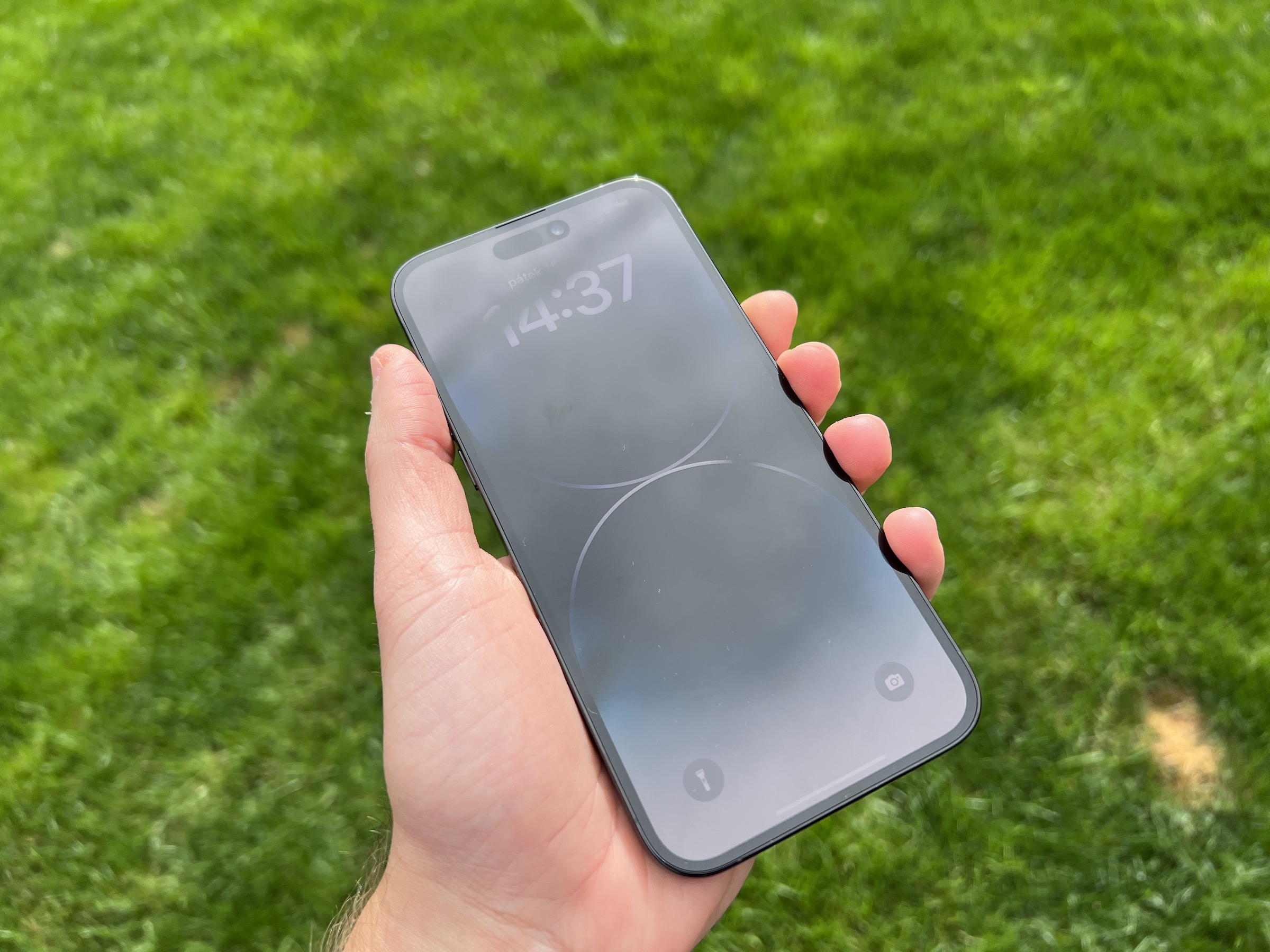
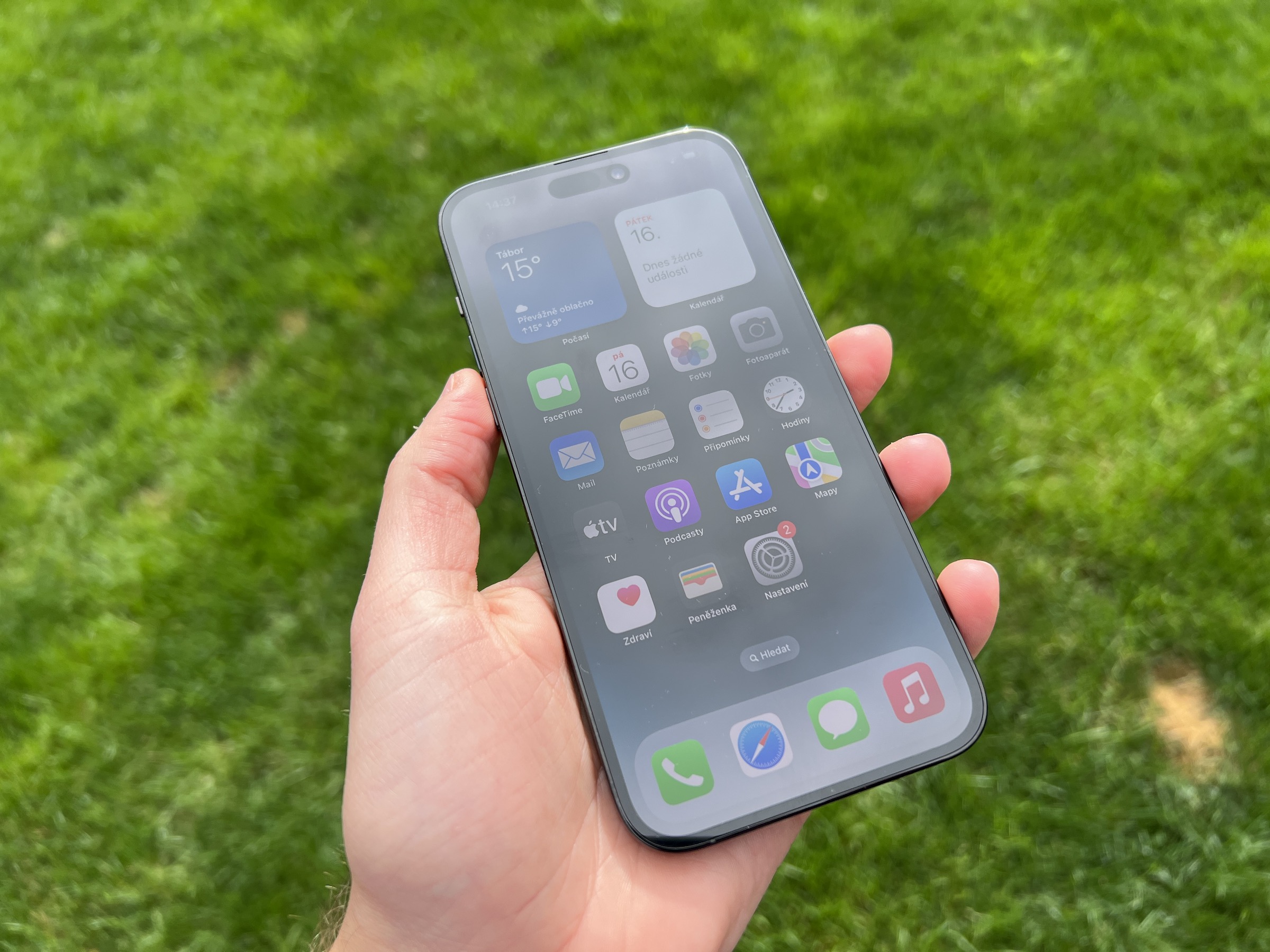
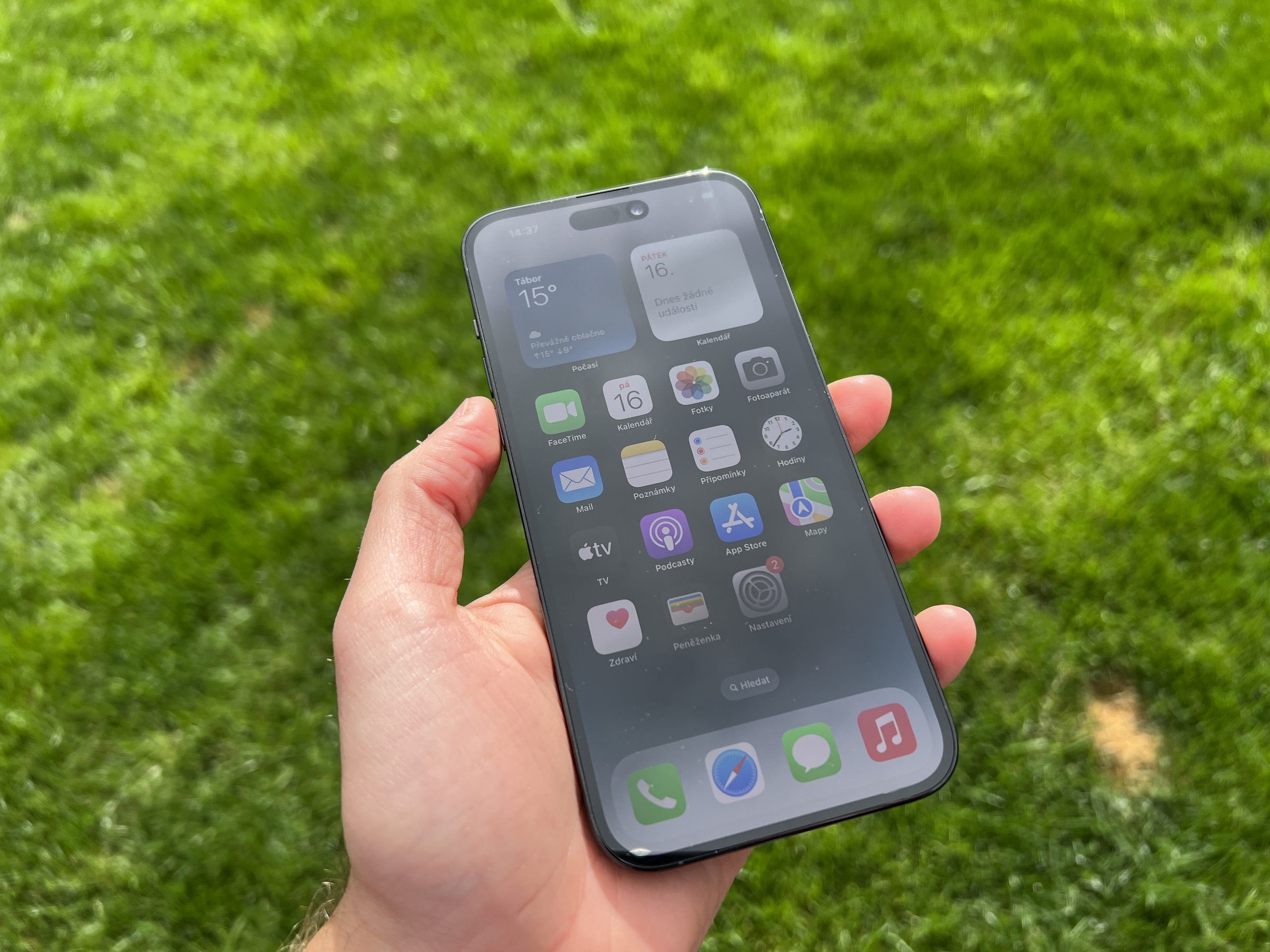
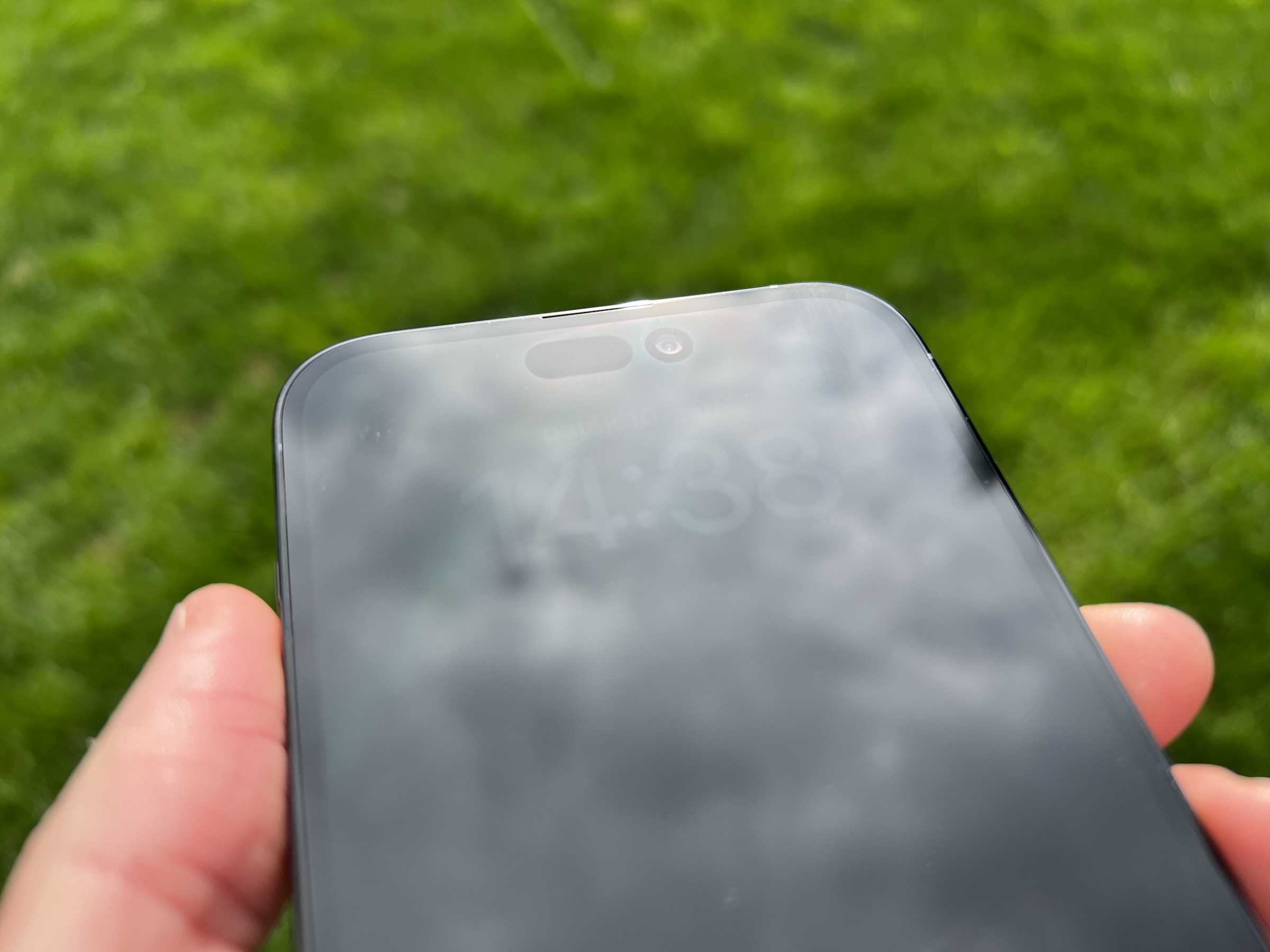
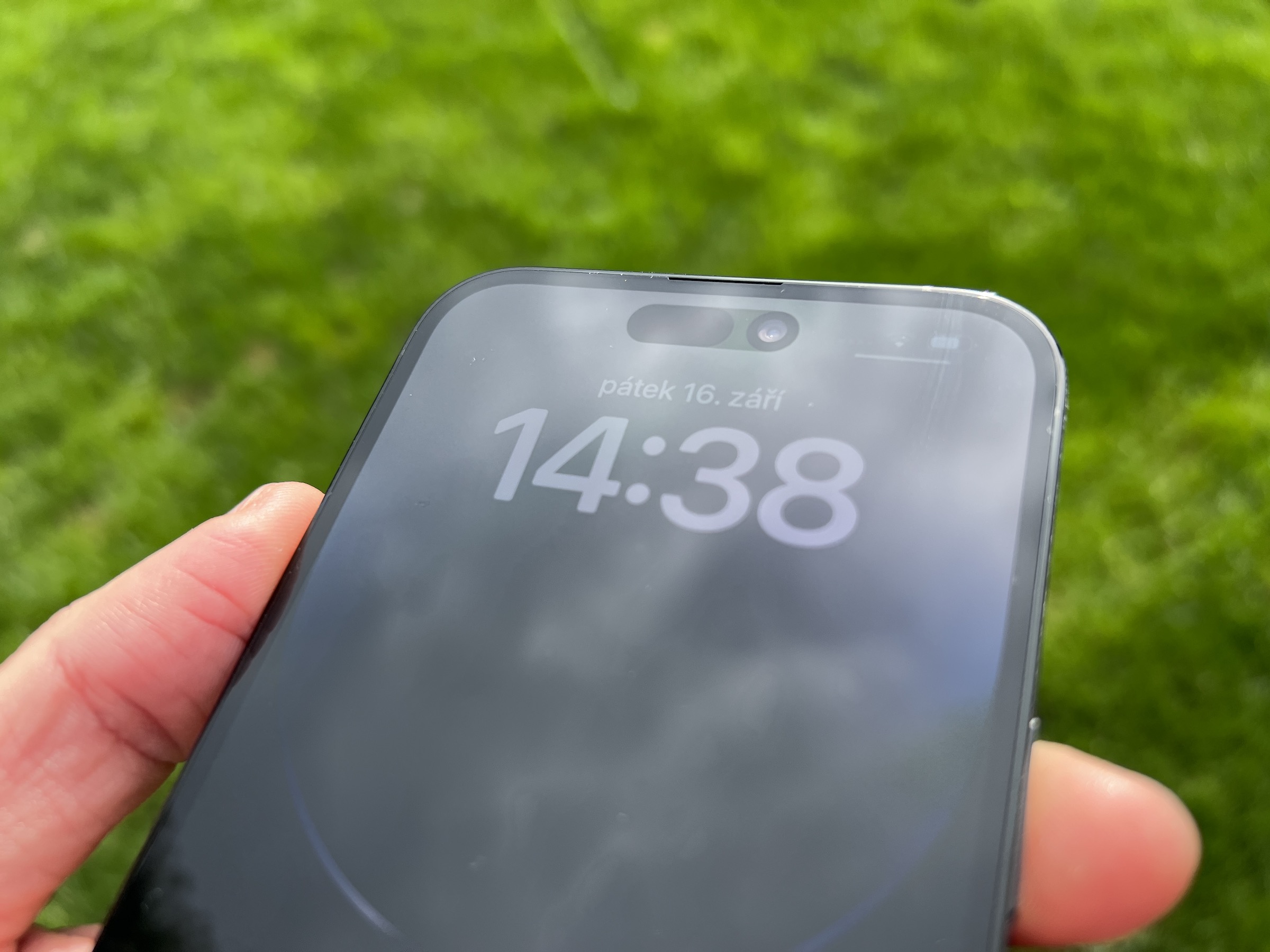
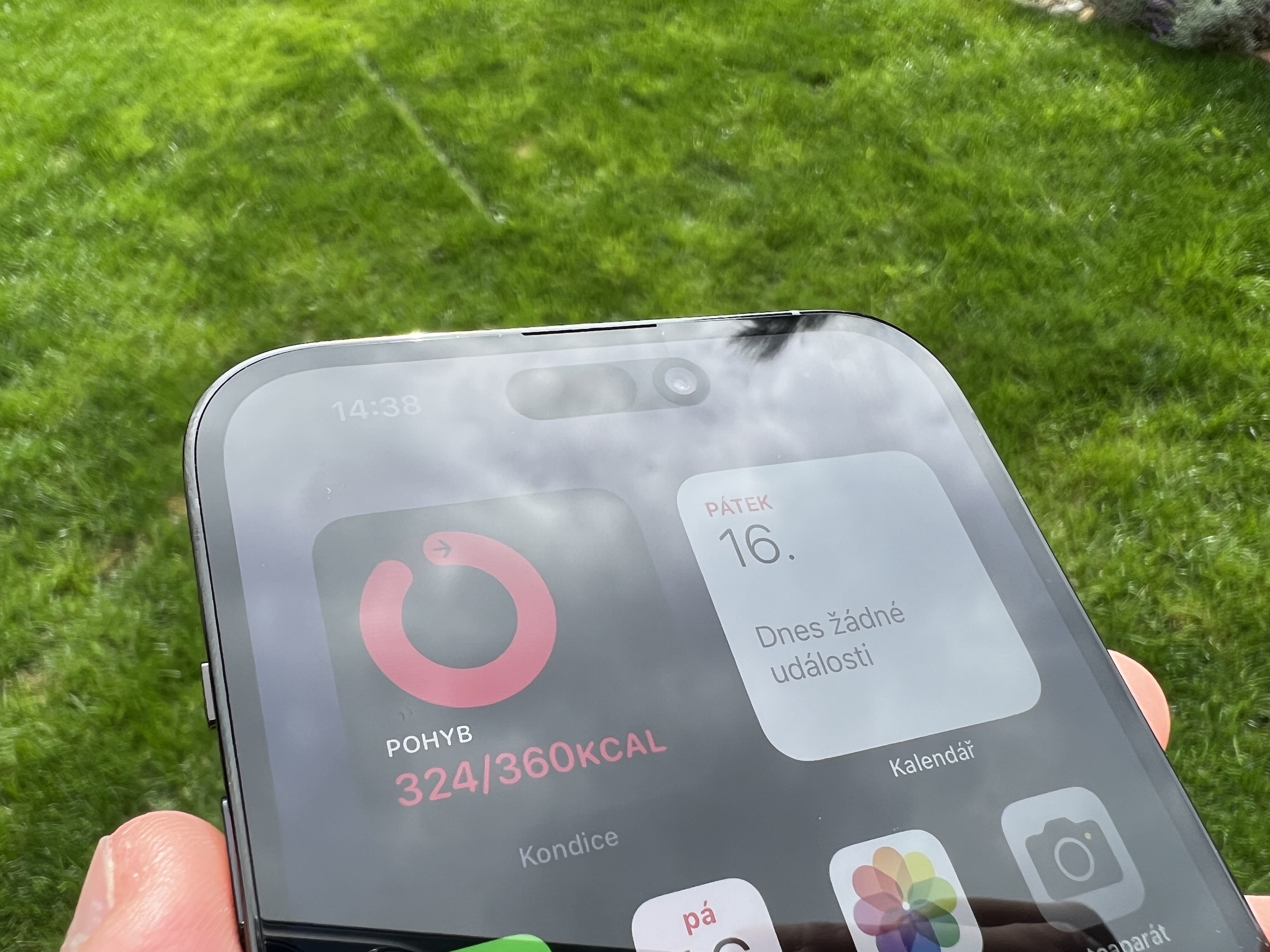
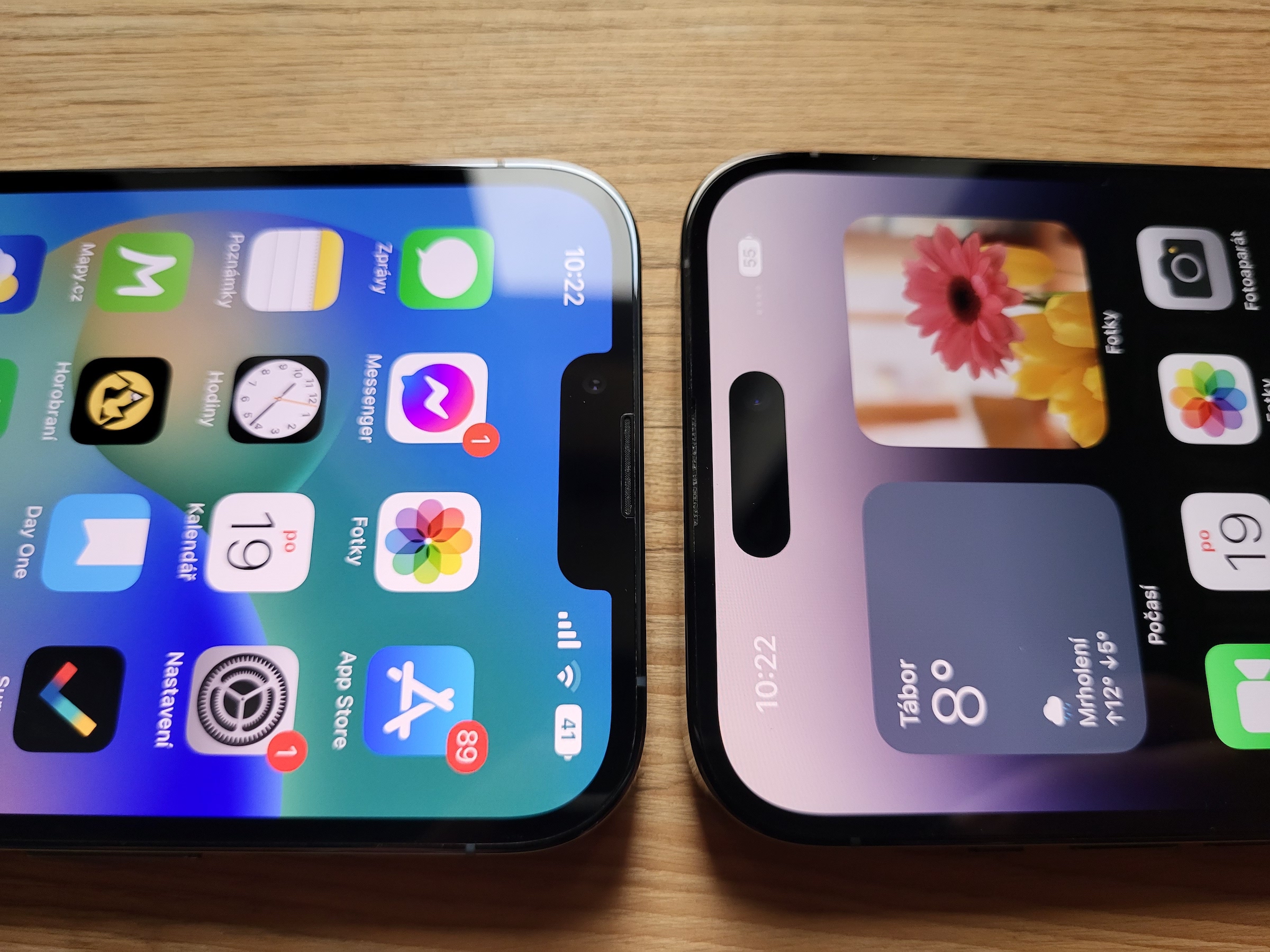
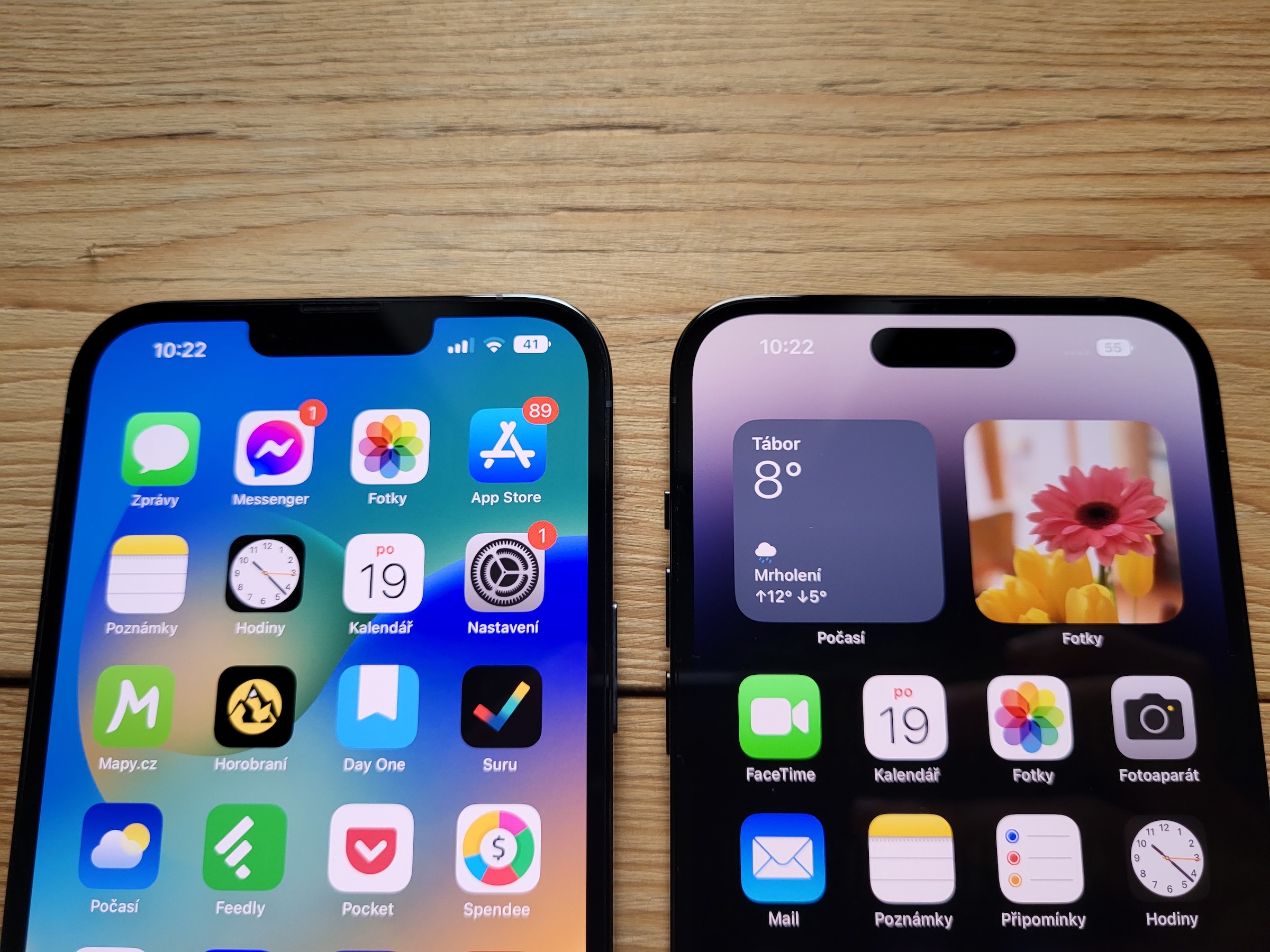
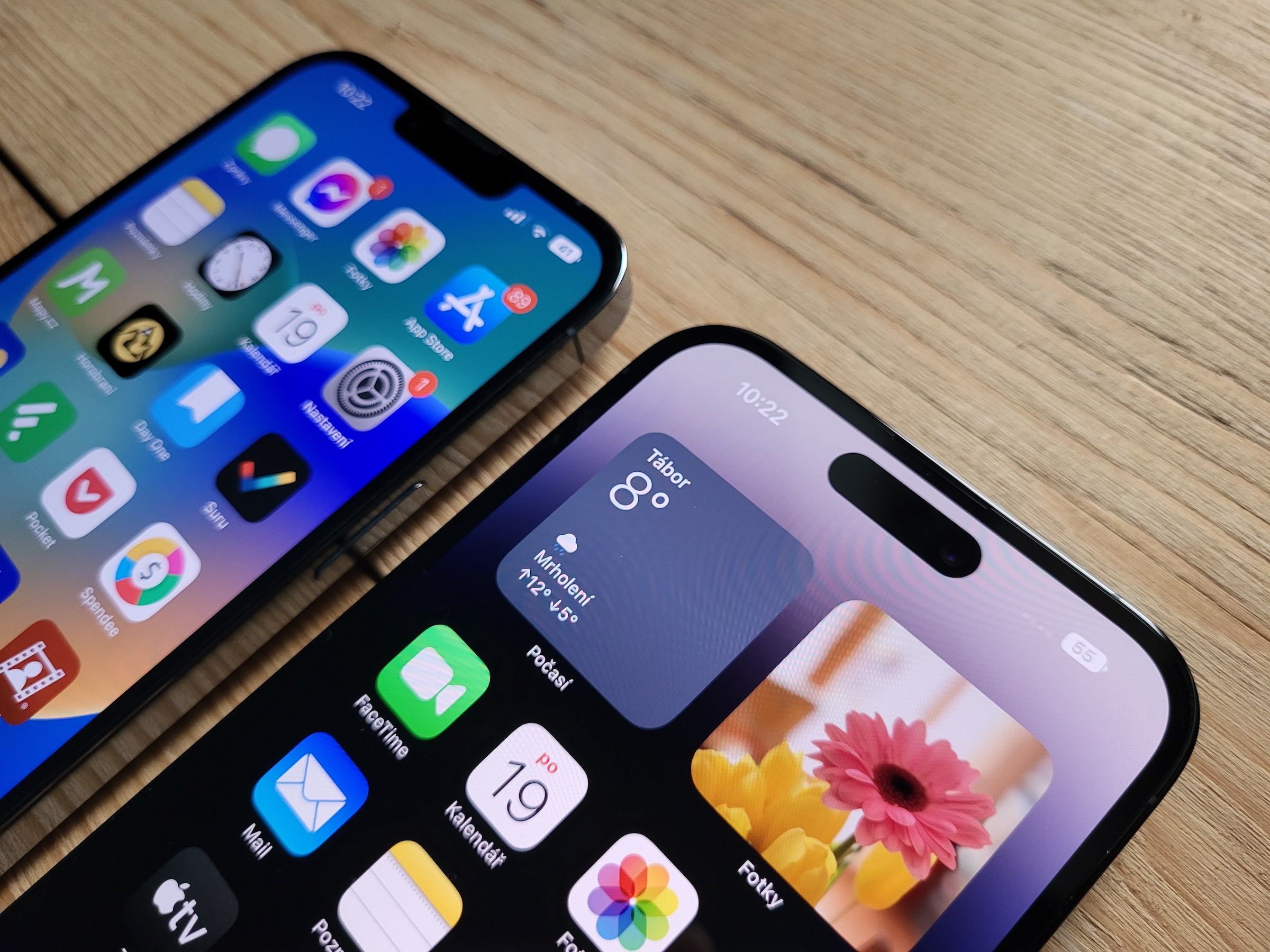

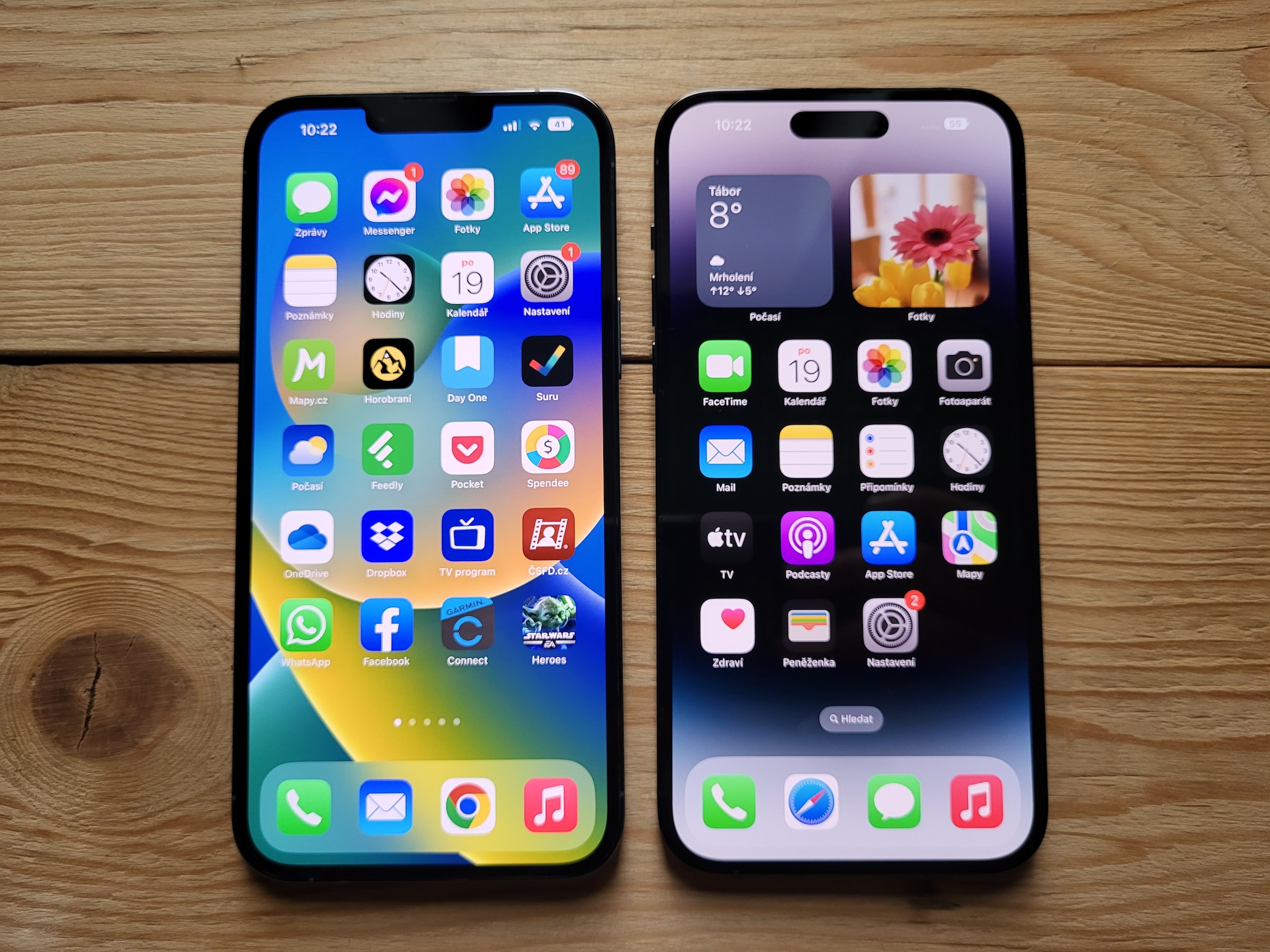
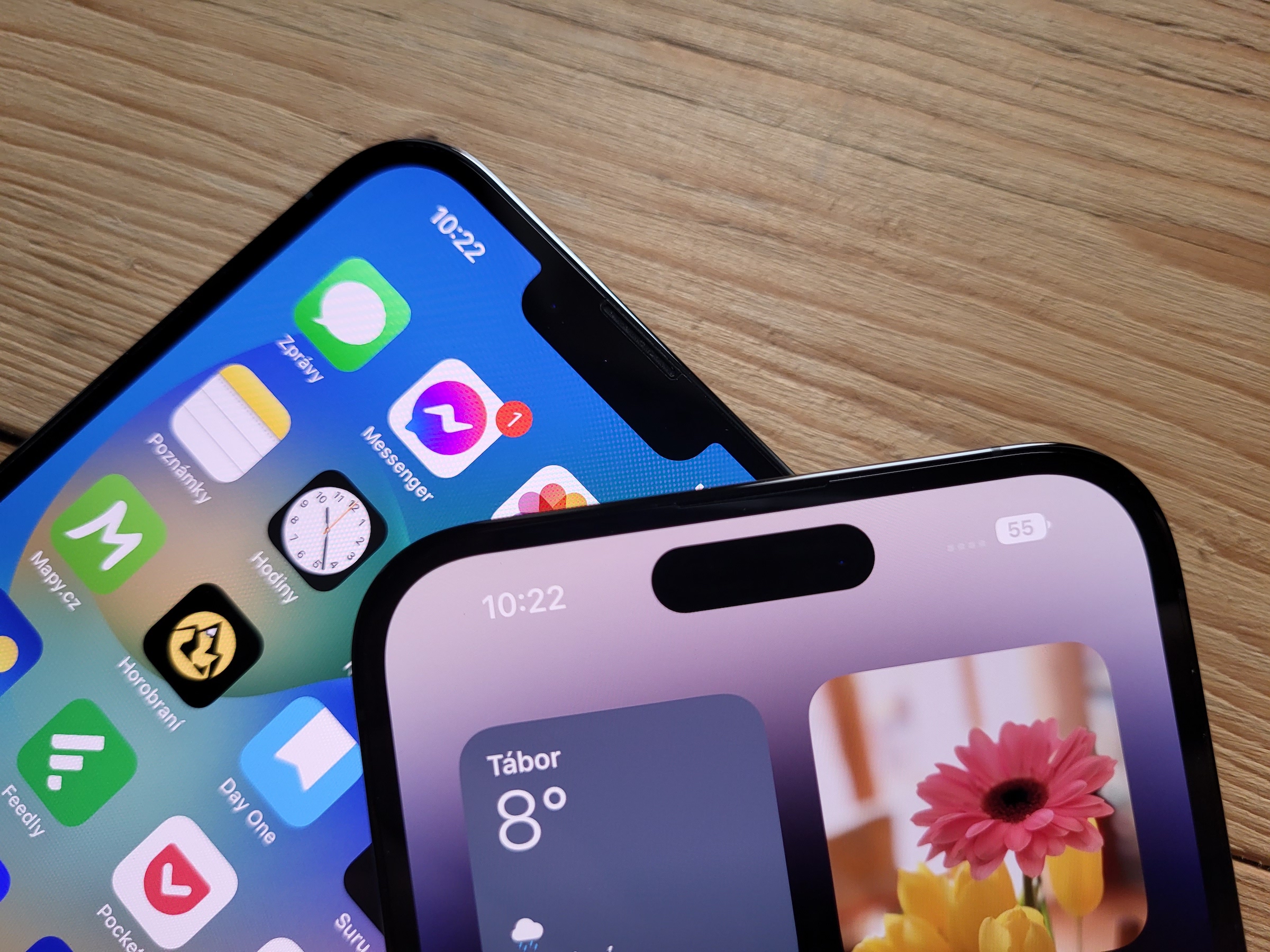
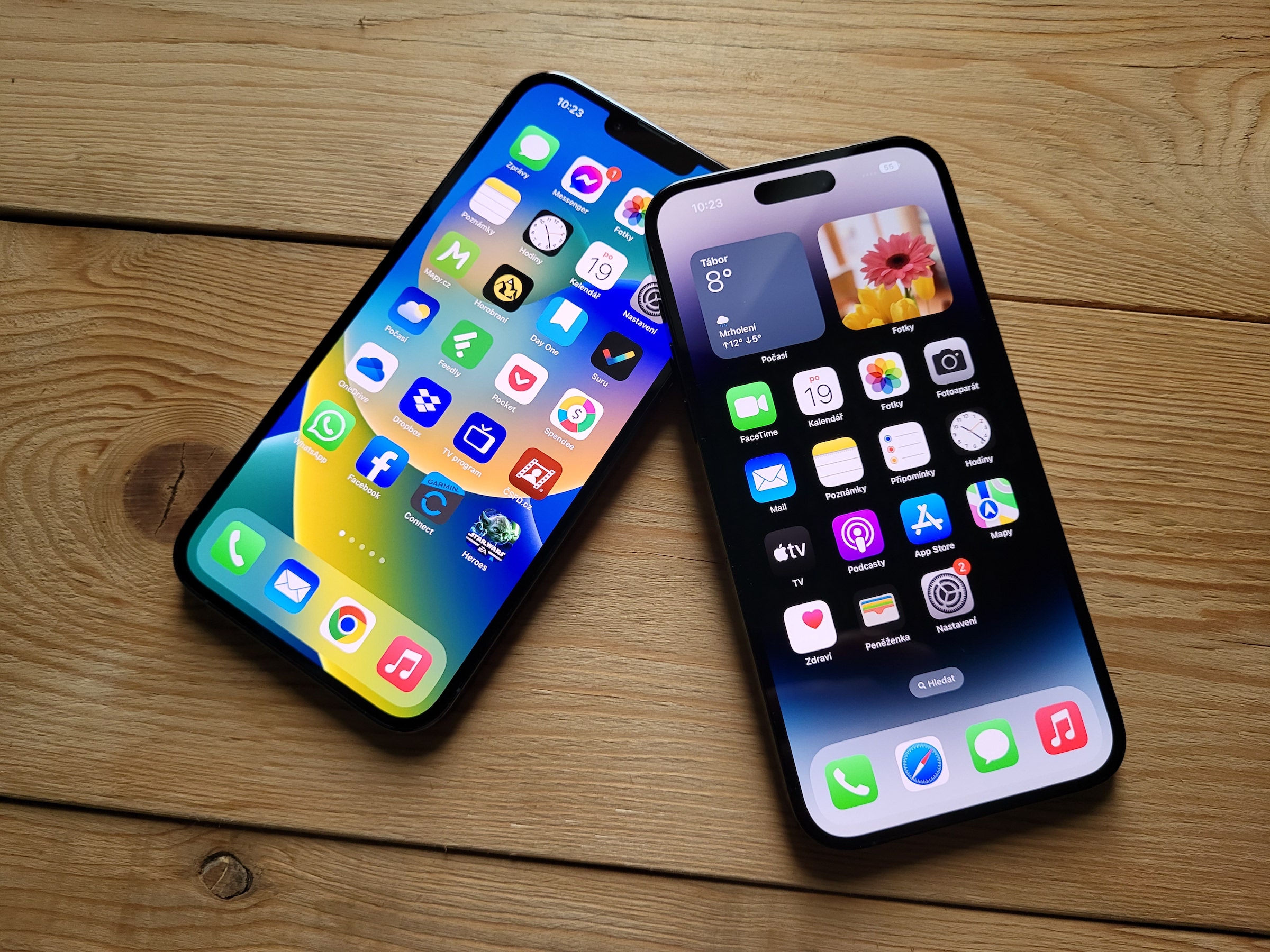
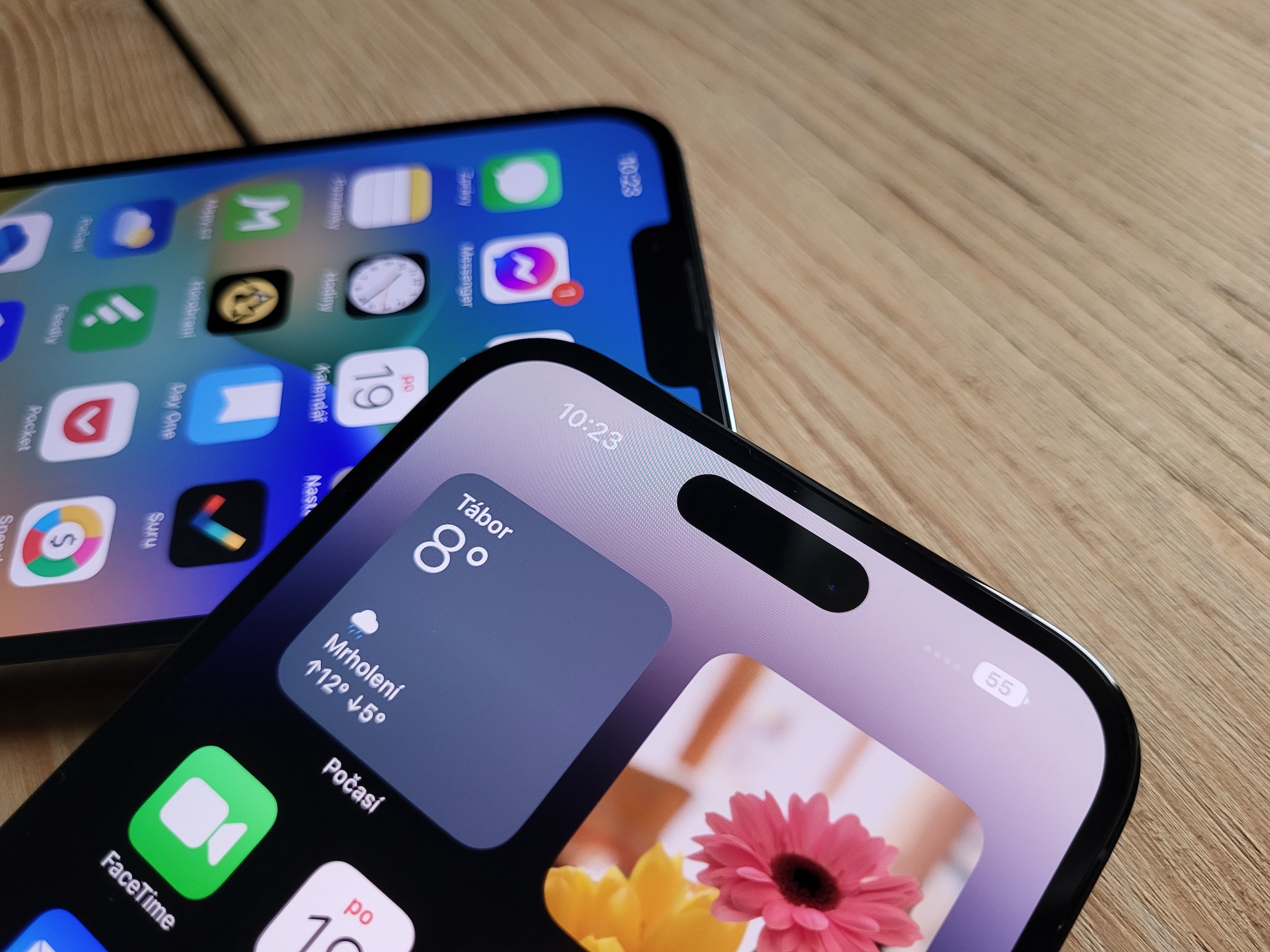
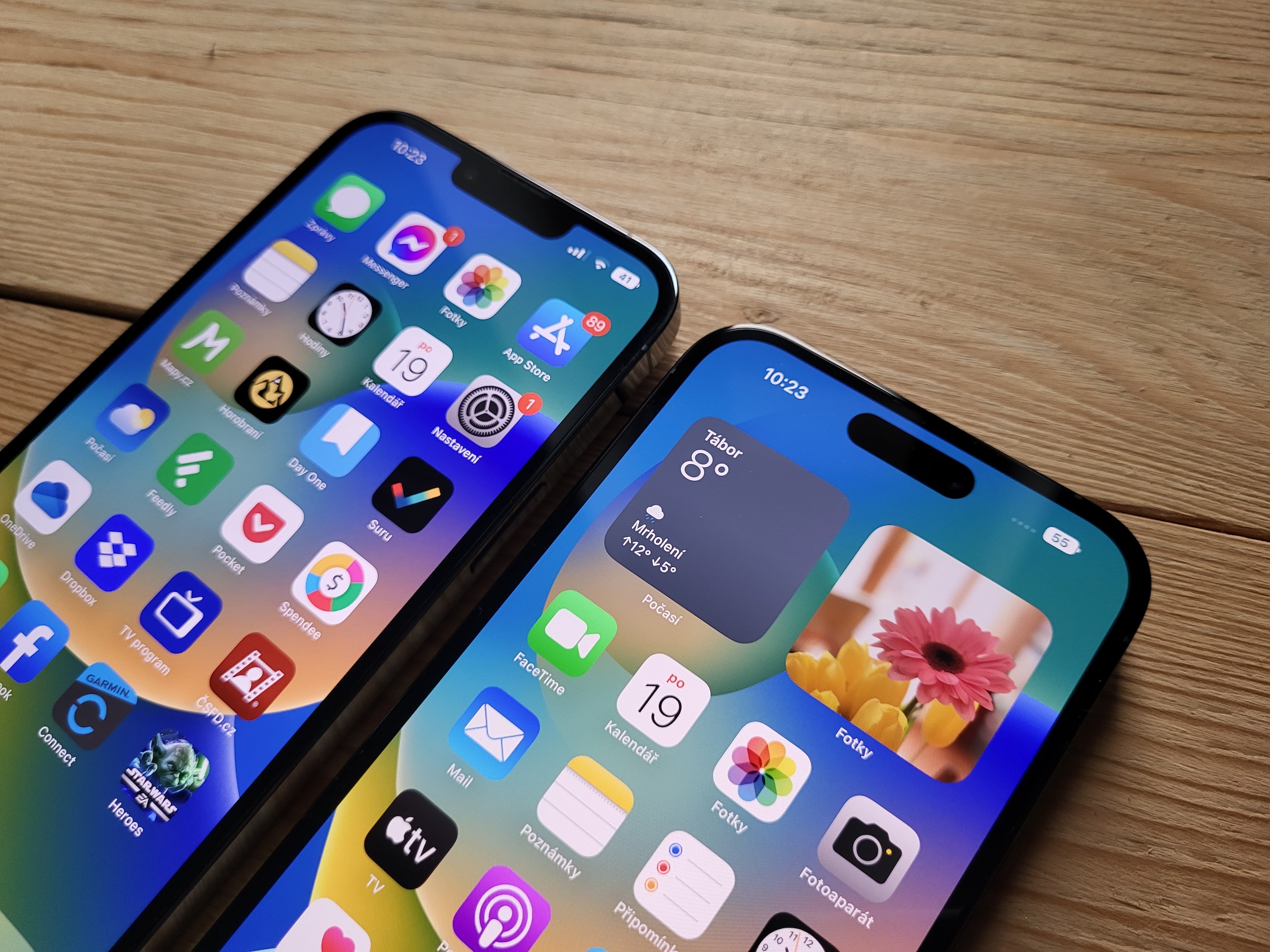
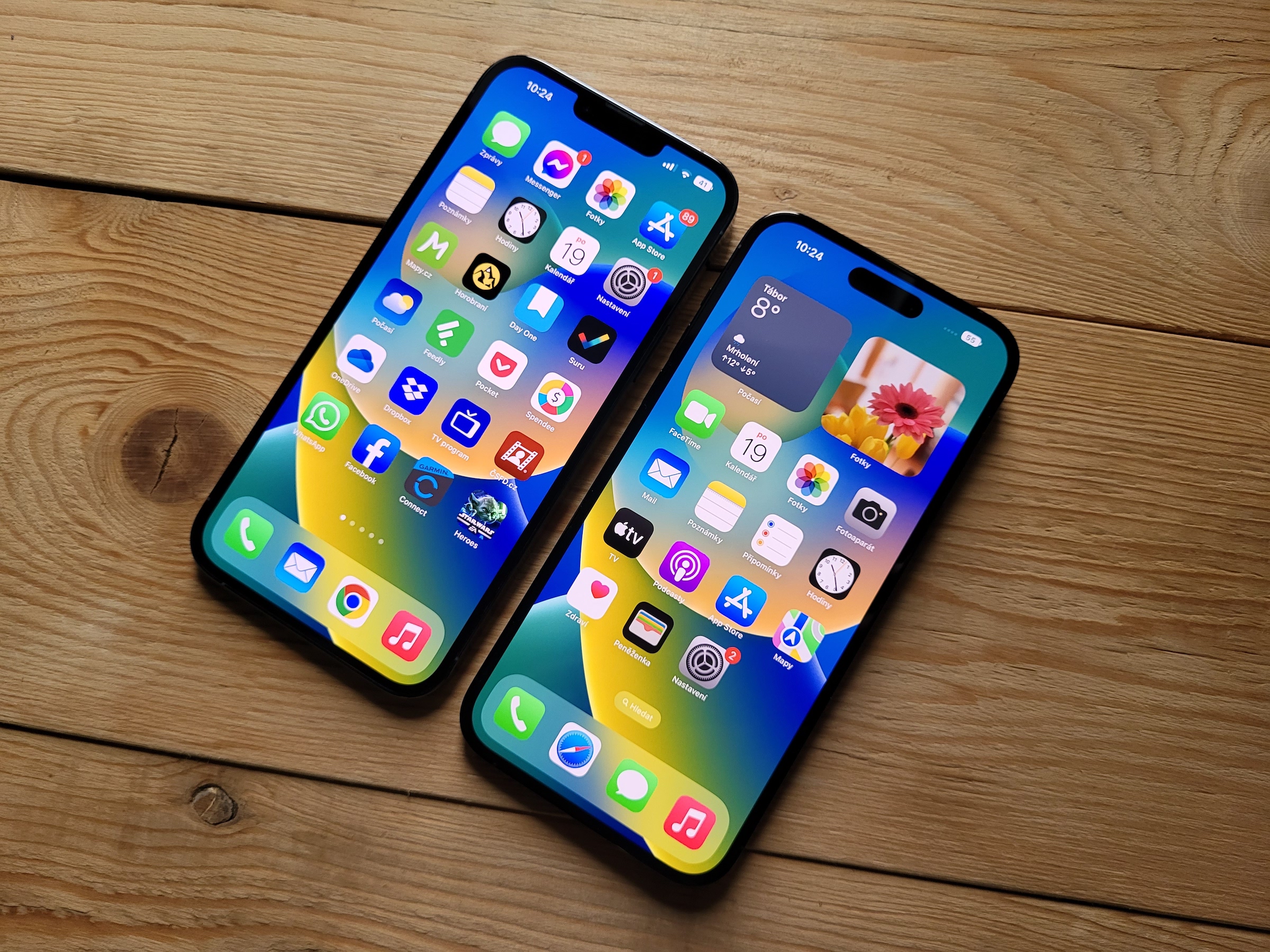
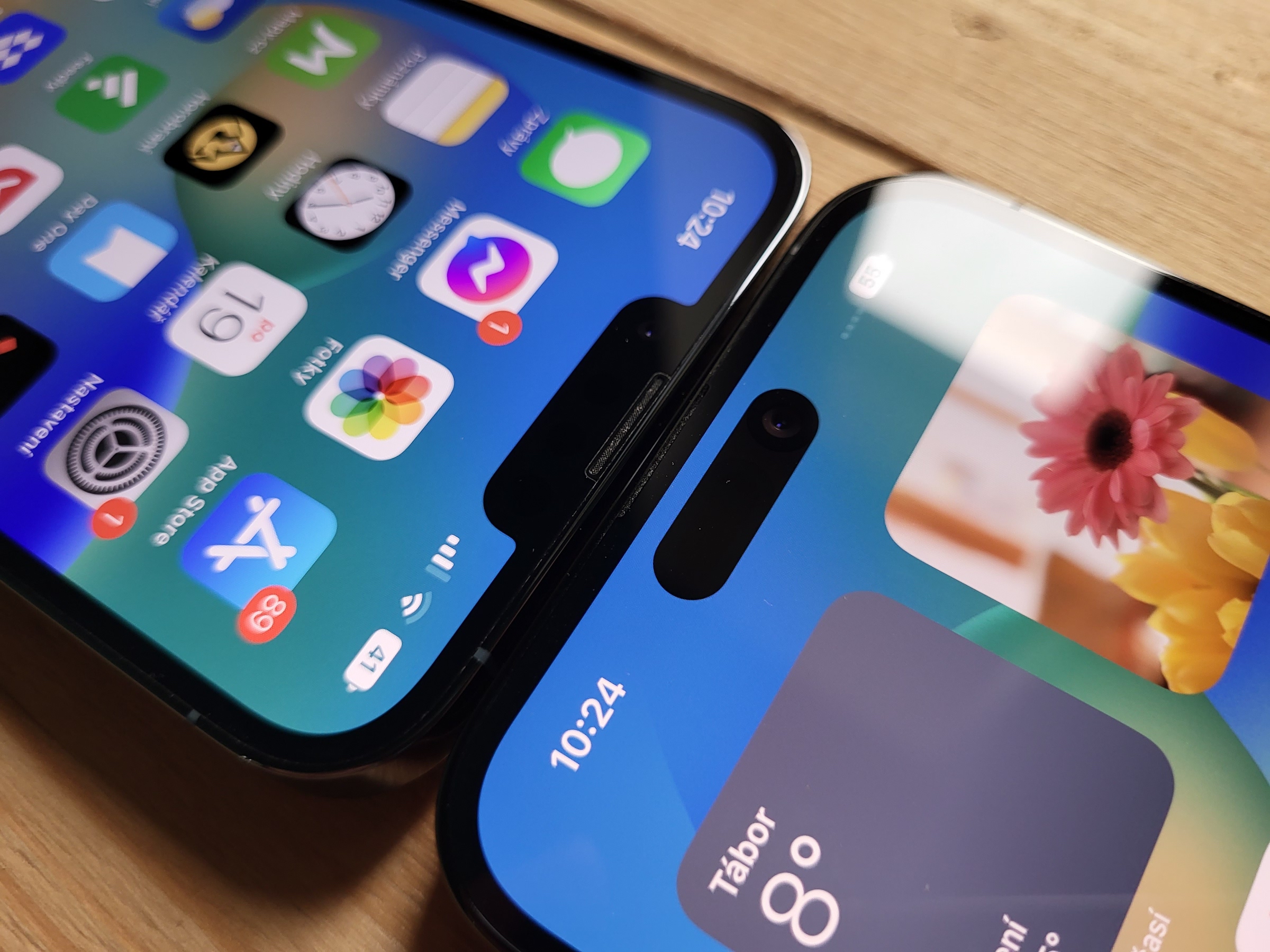
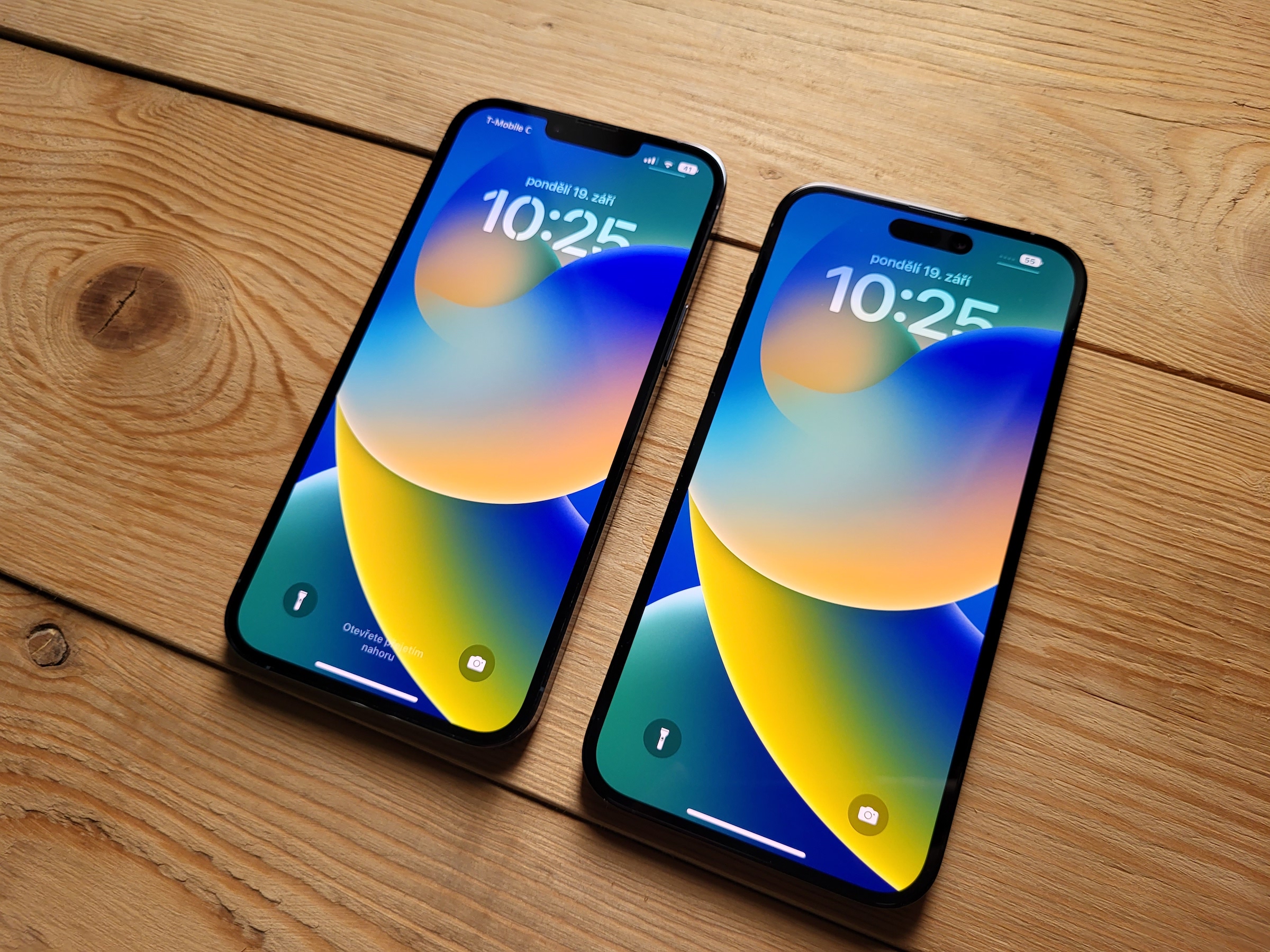
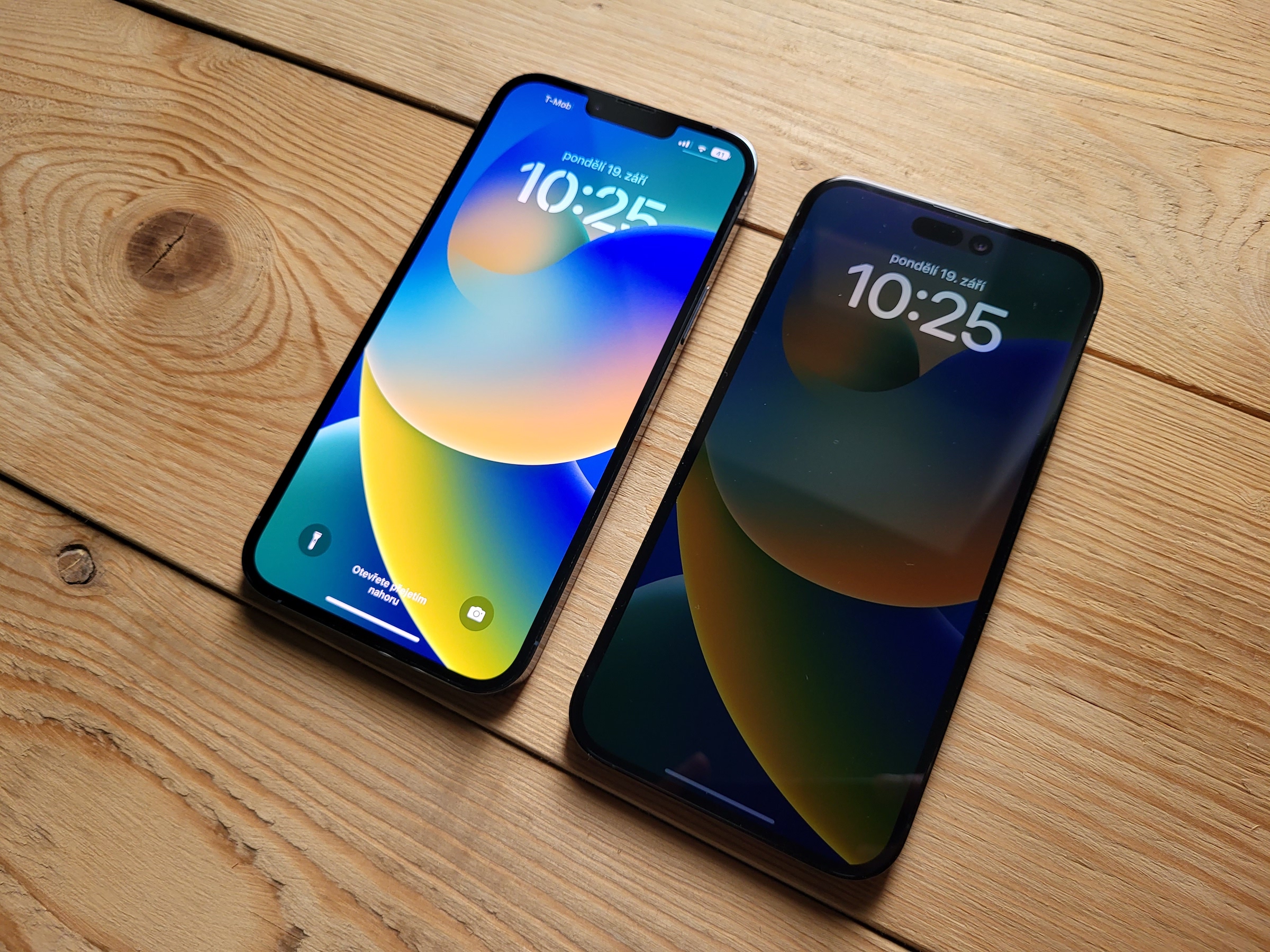
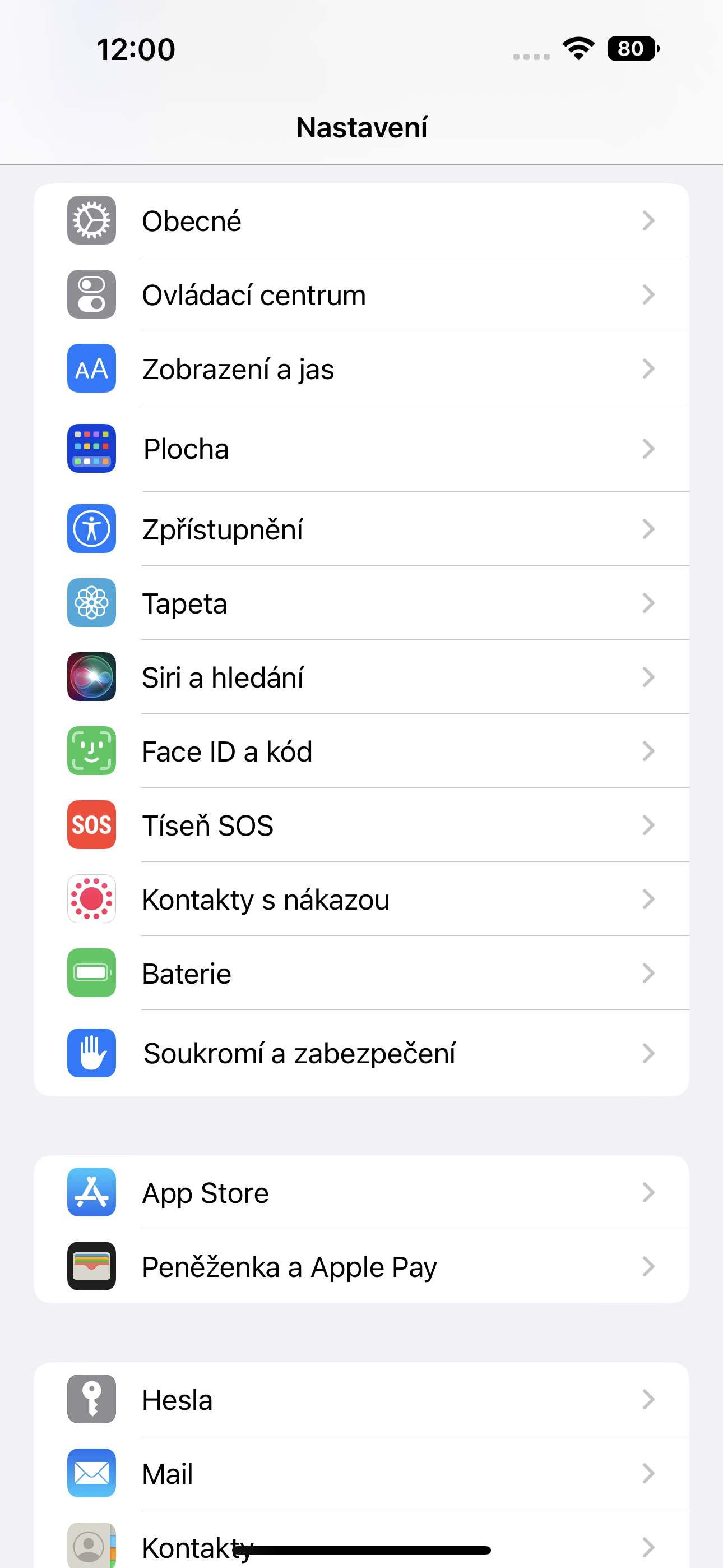
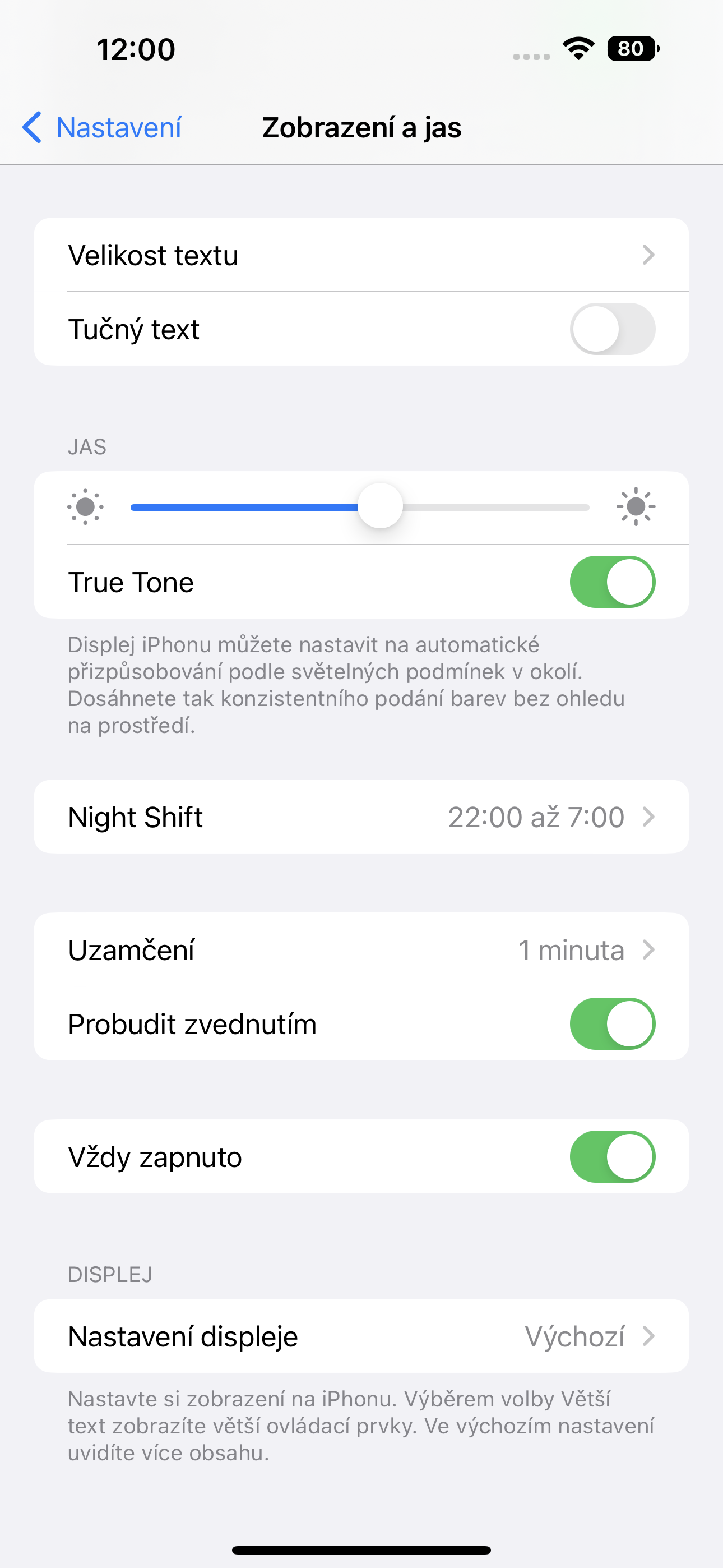
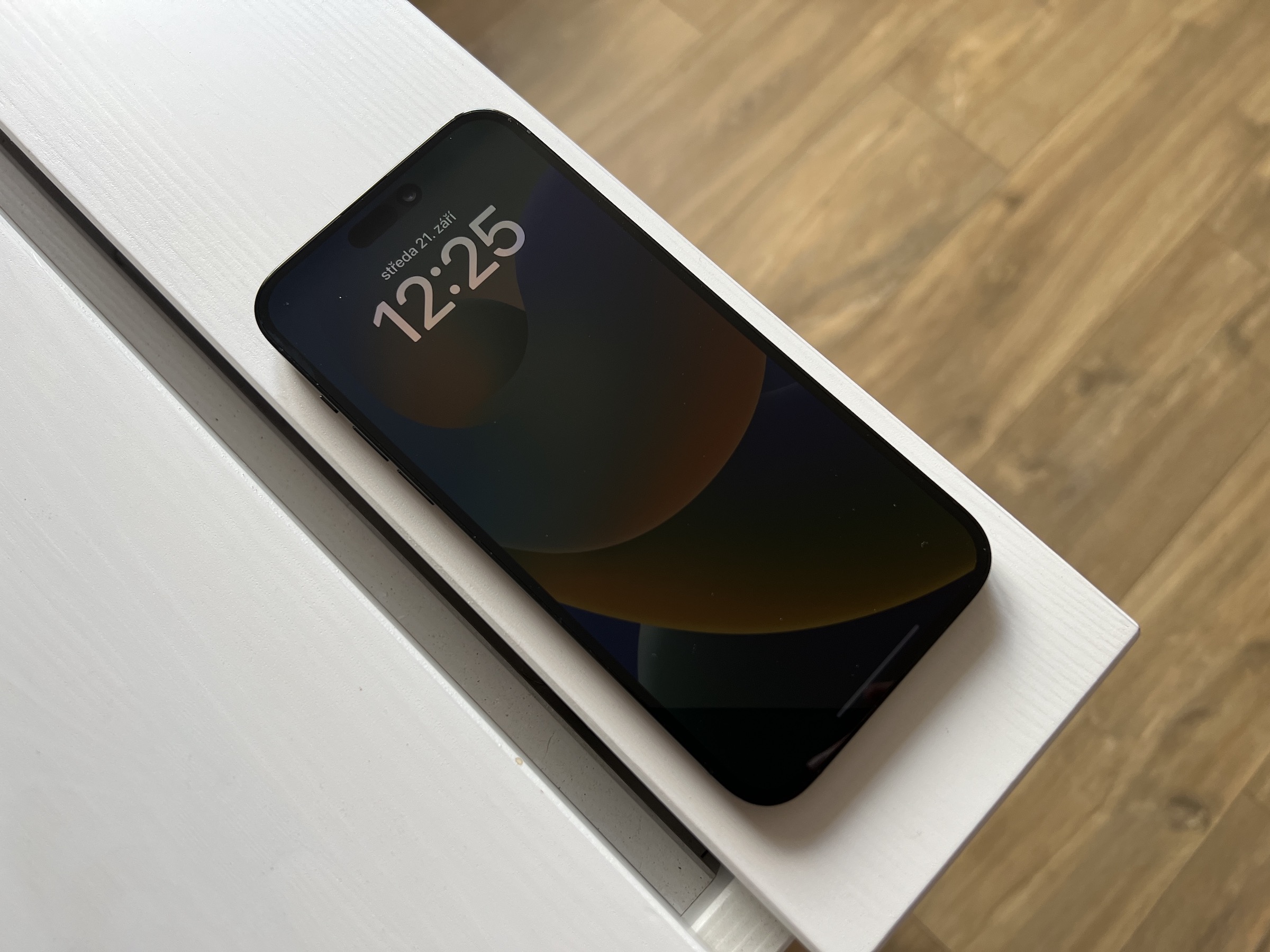
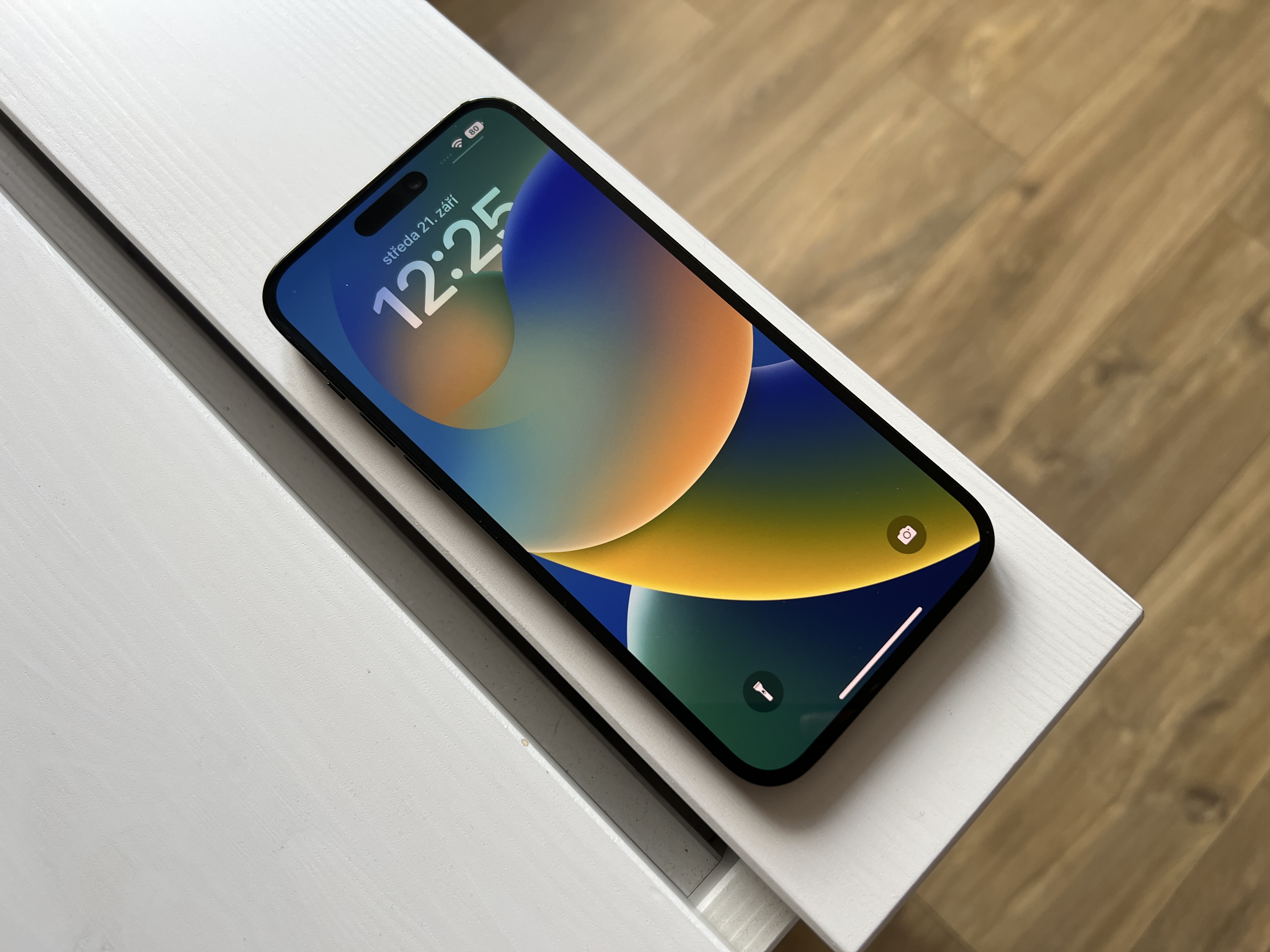
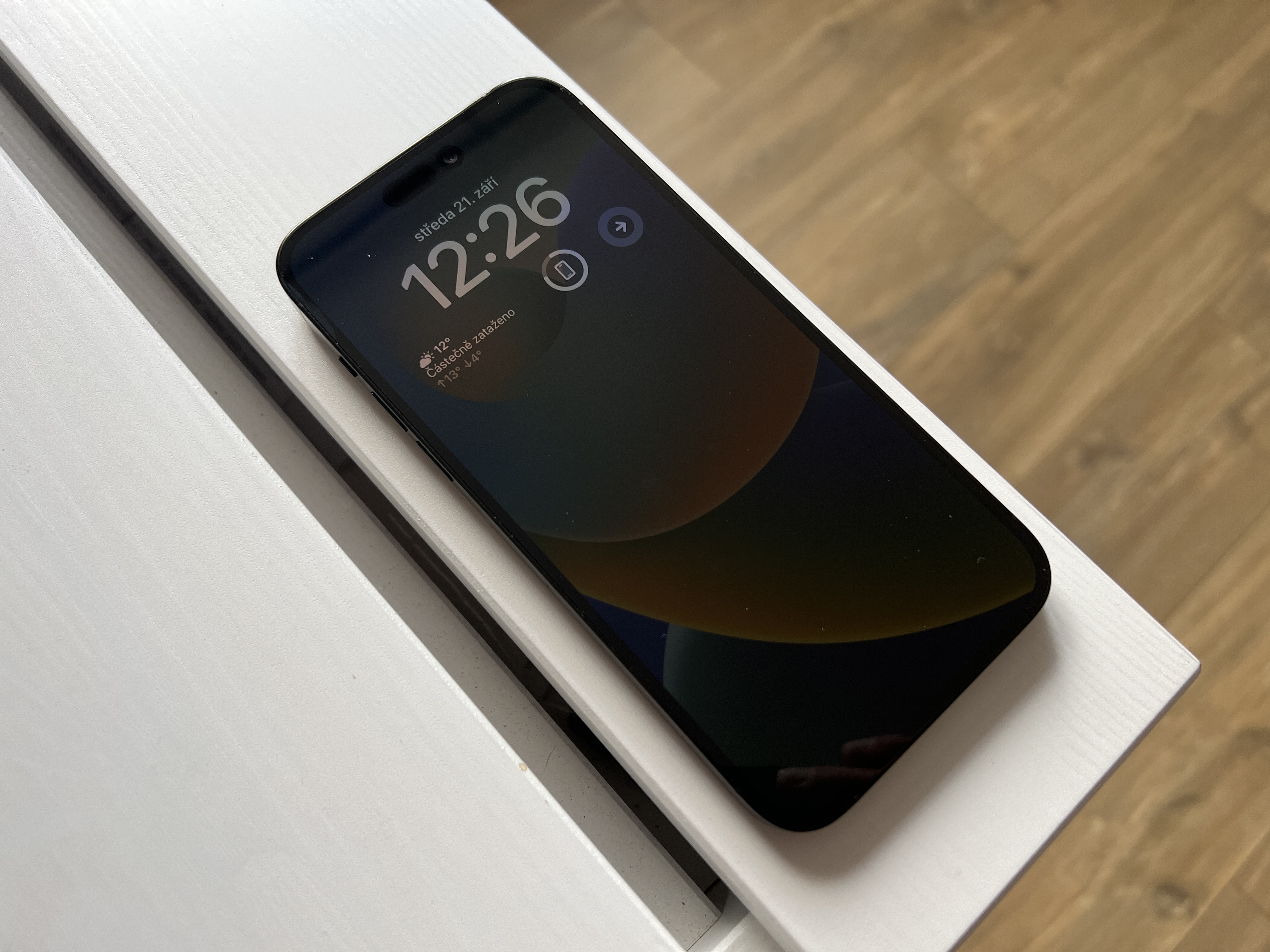
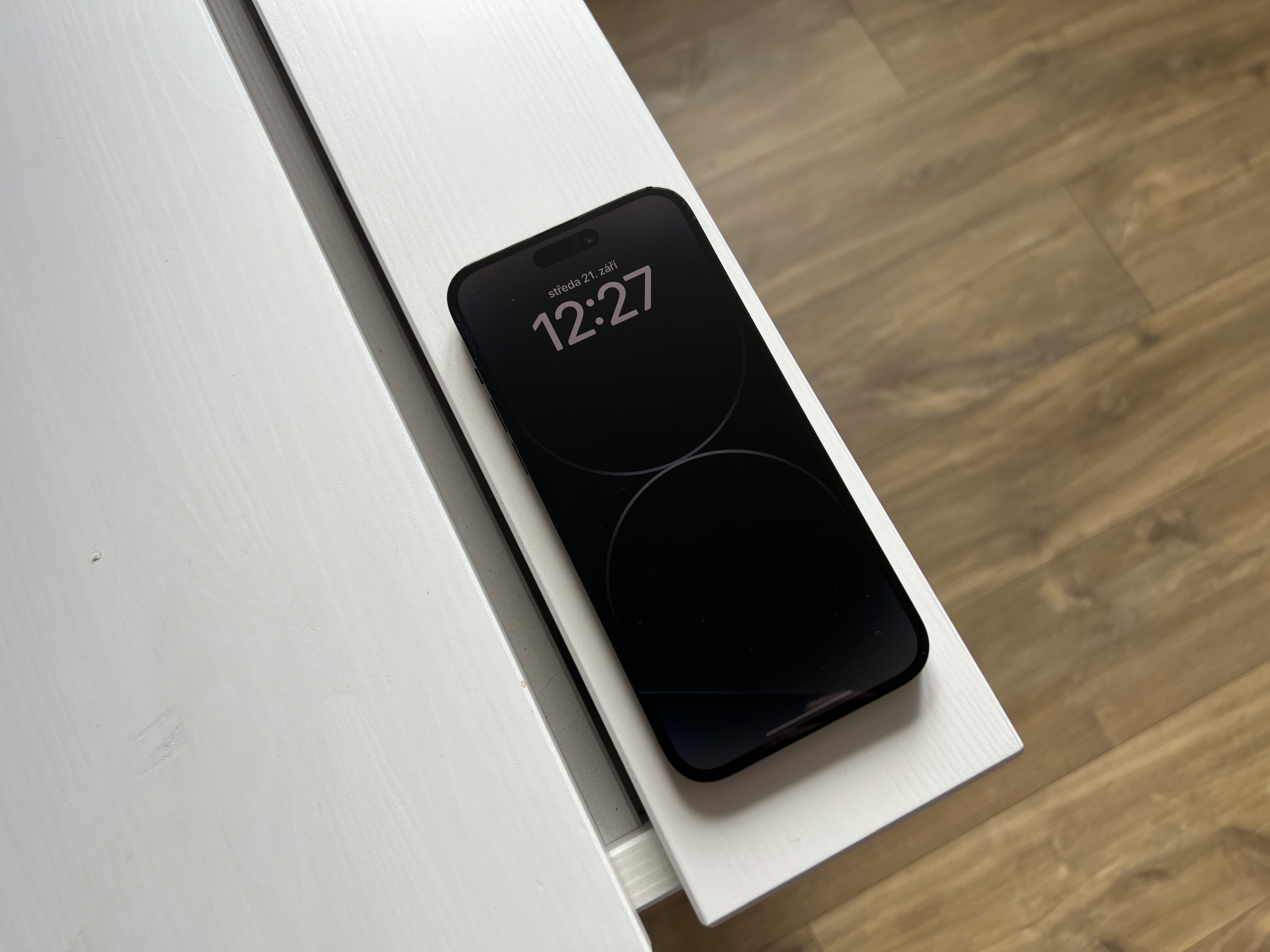


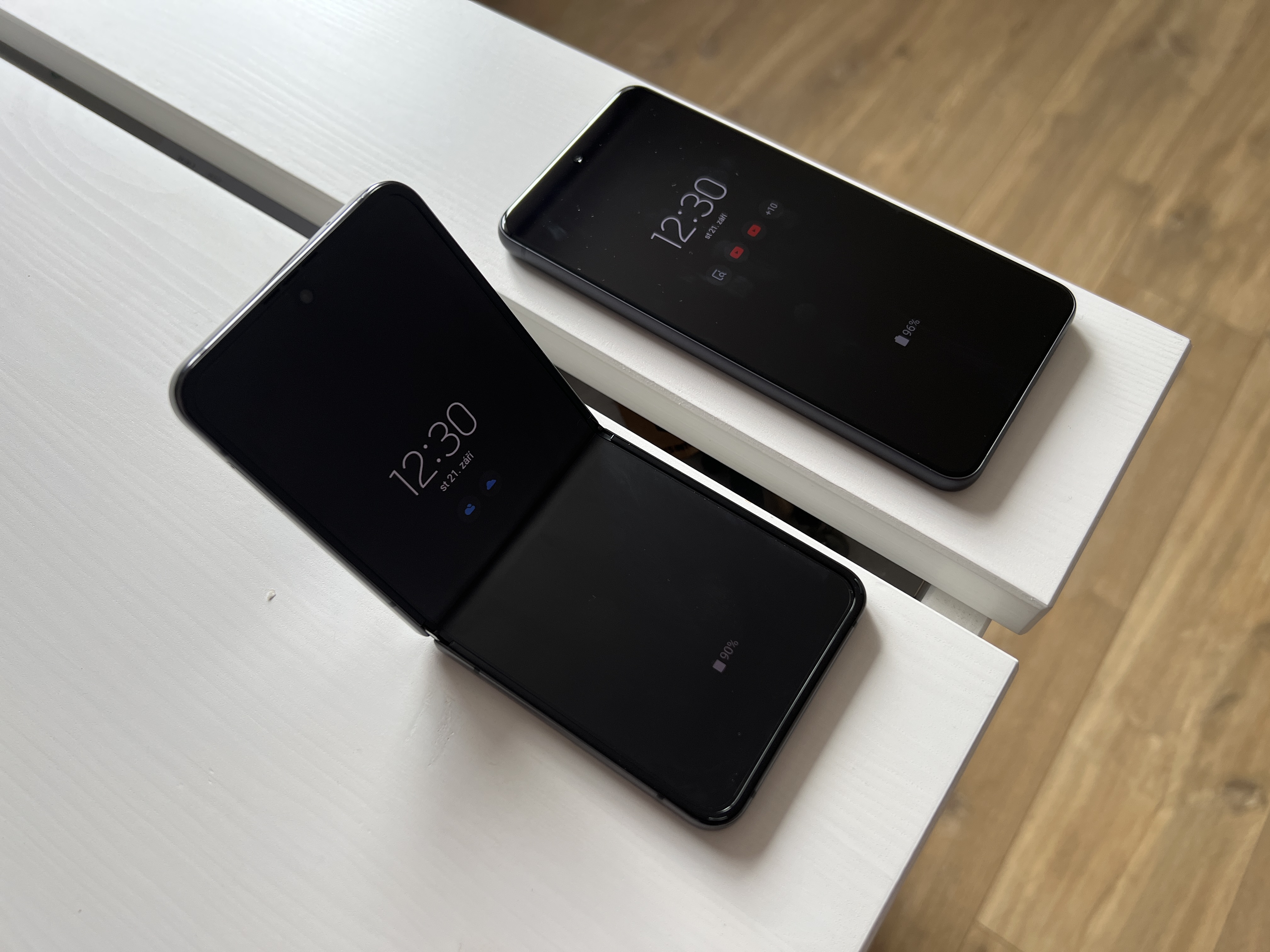

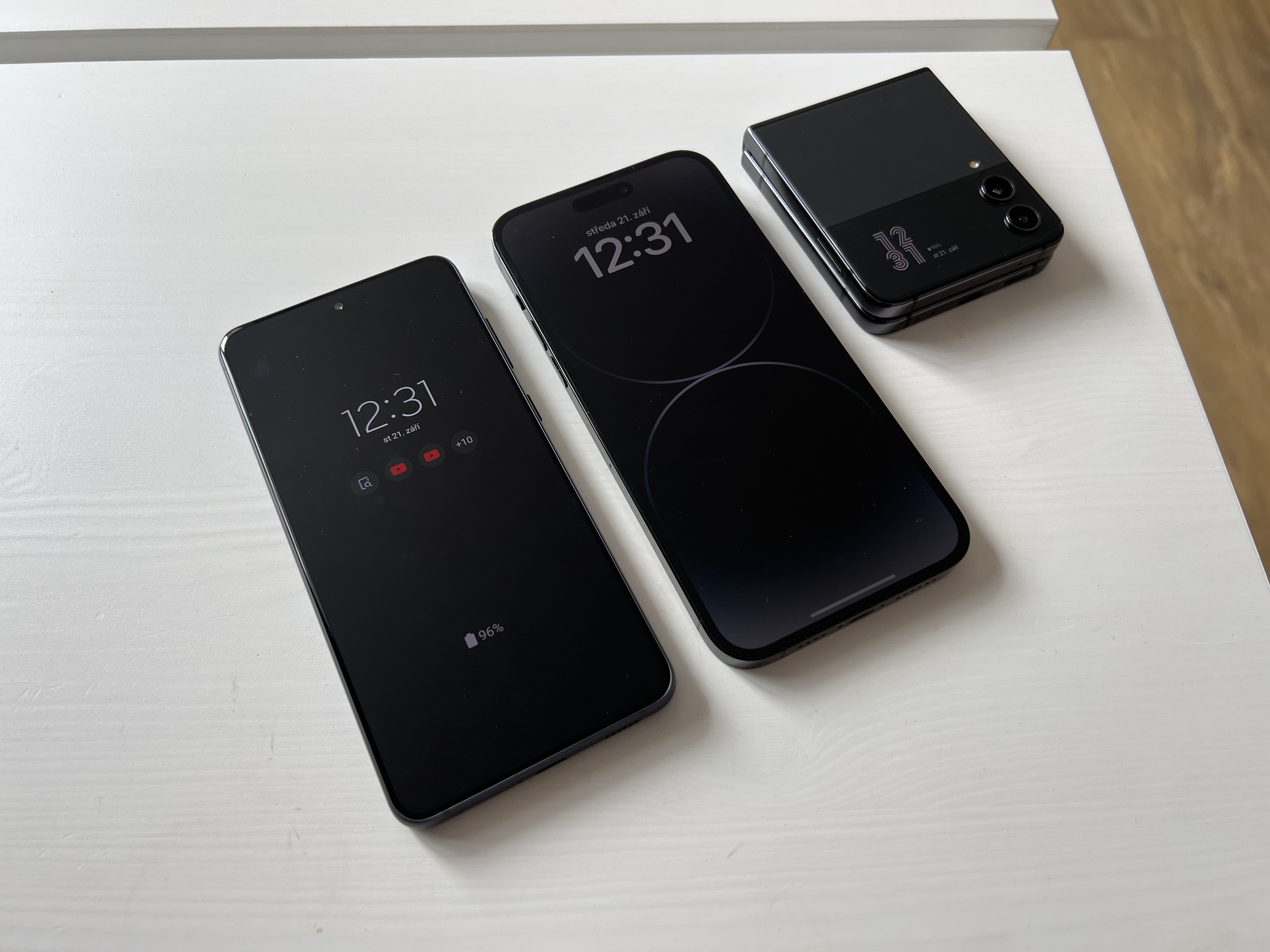

 Adam Kos
Adam Kos 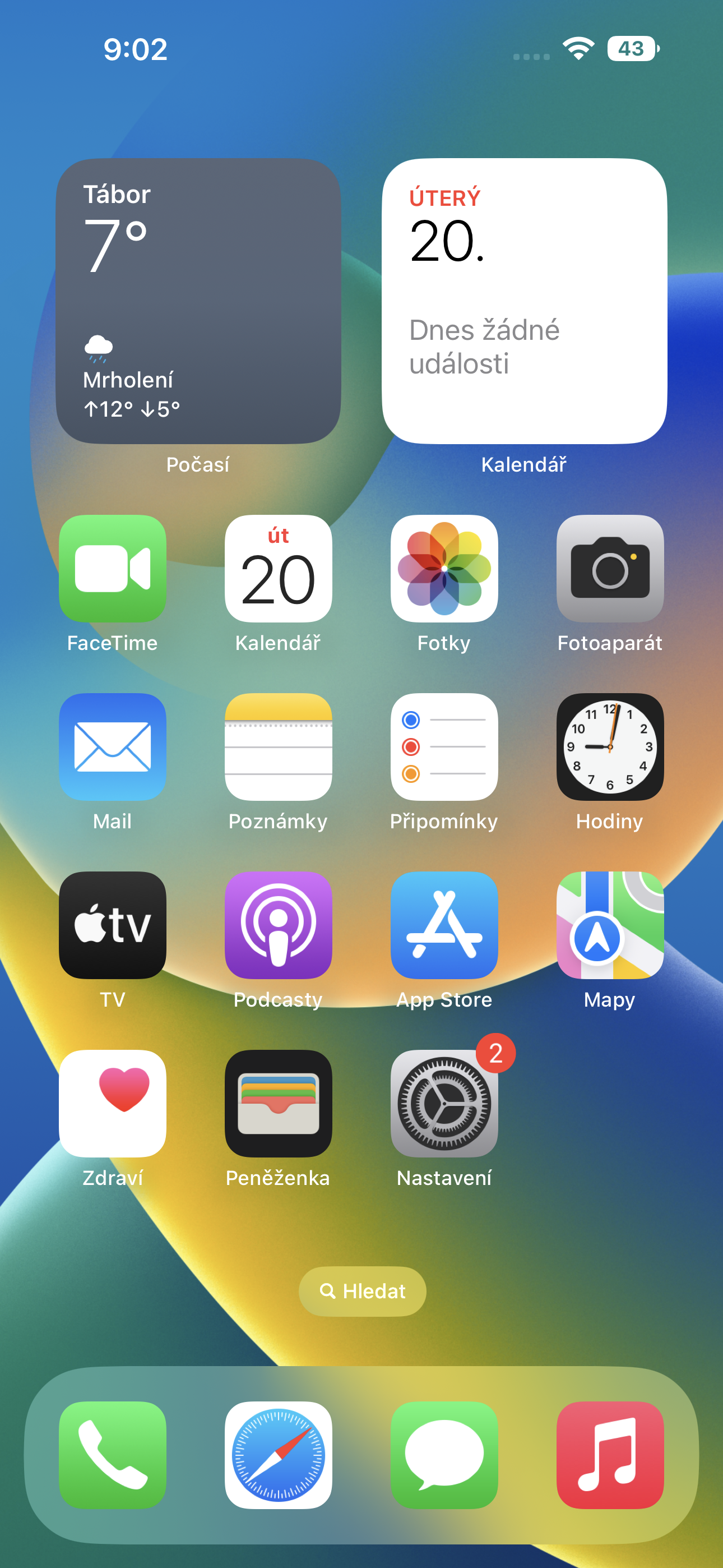

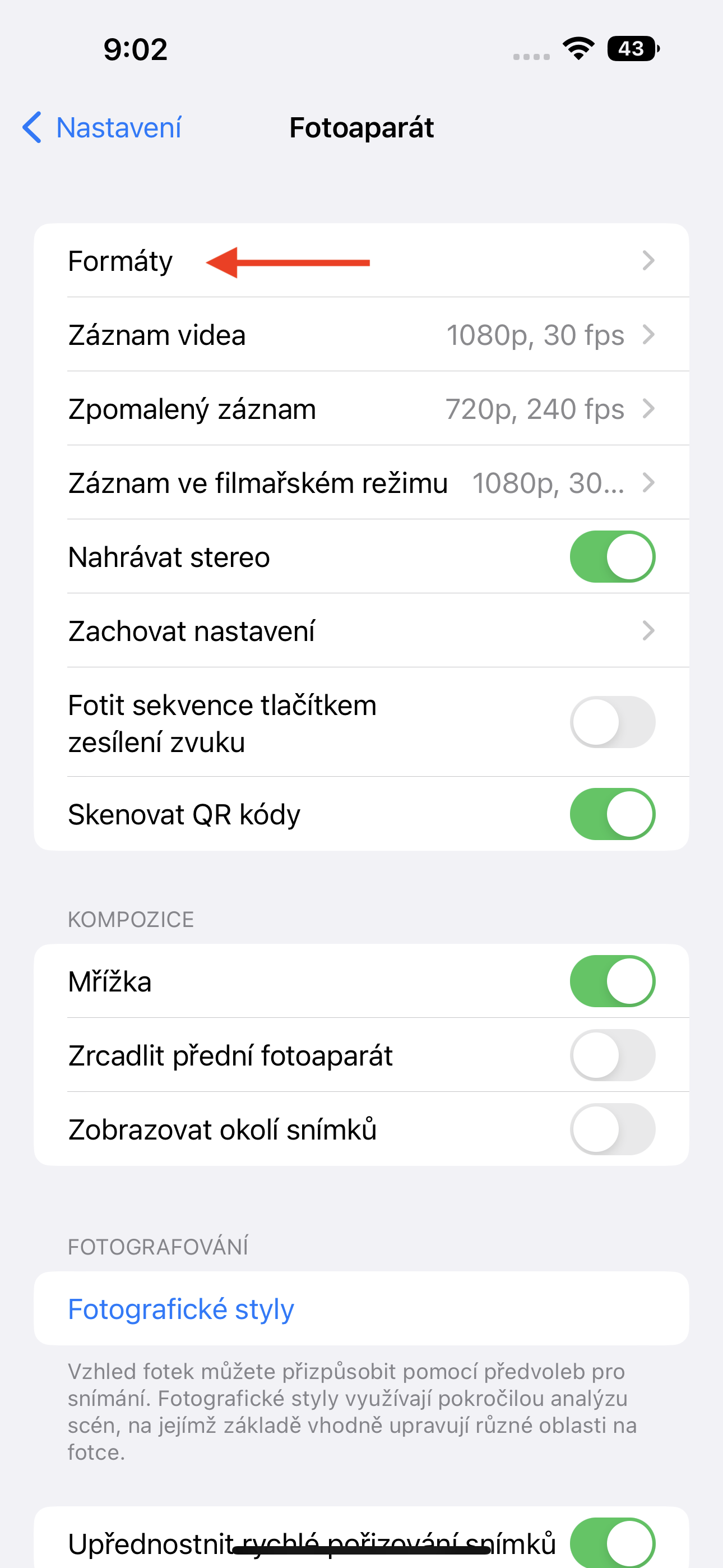
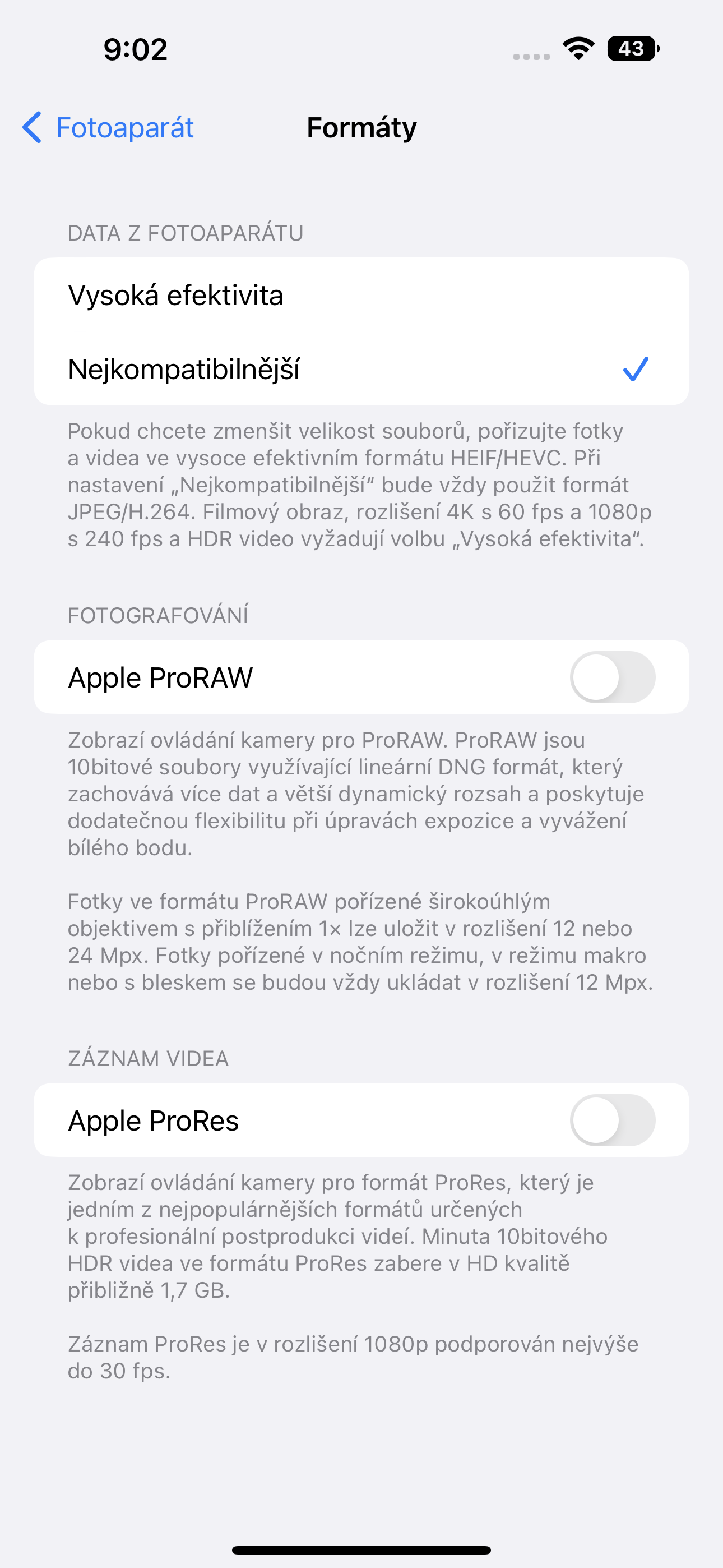

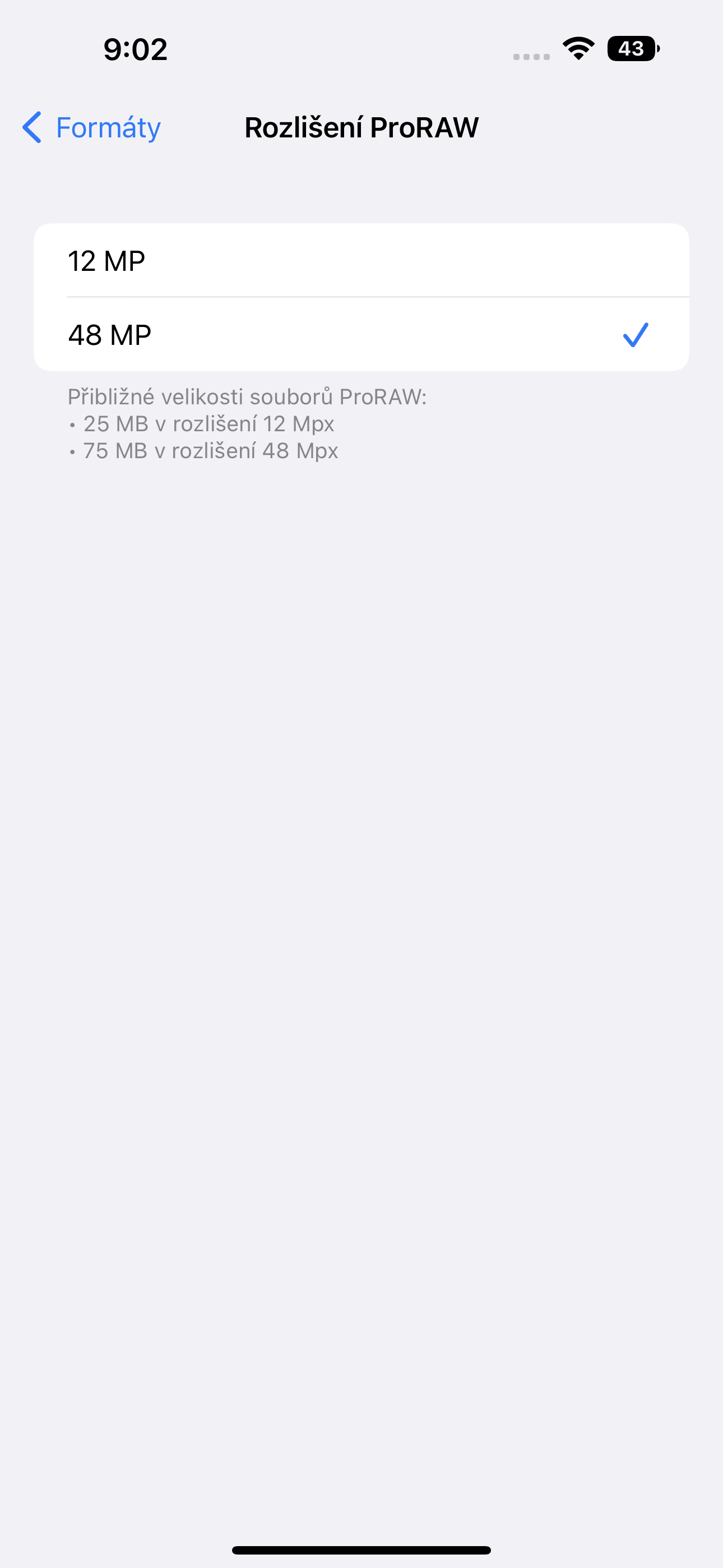
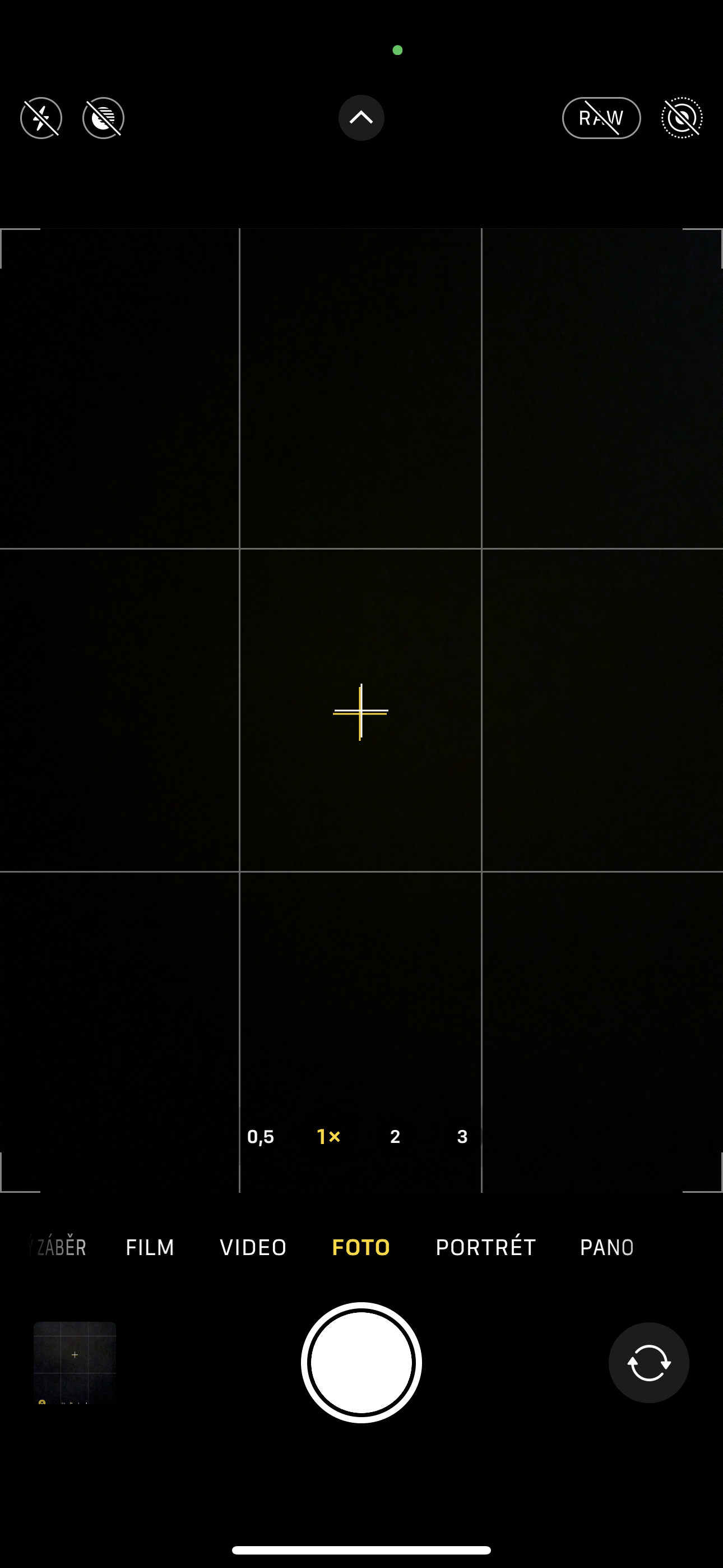

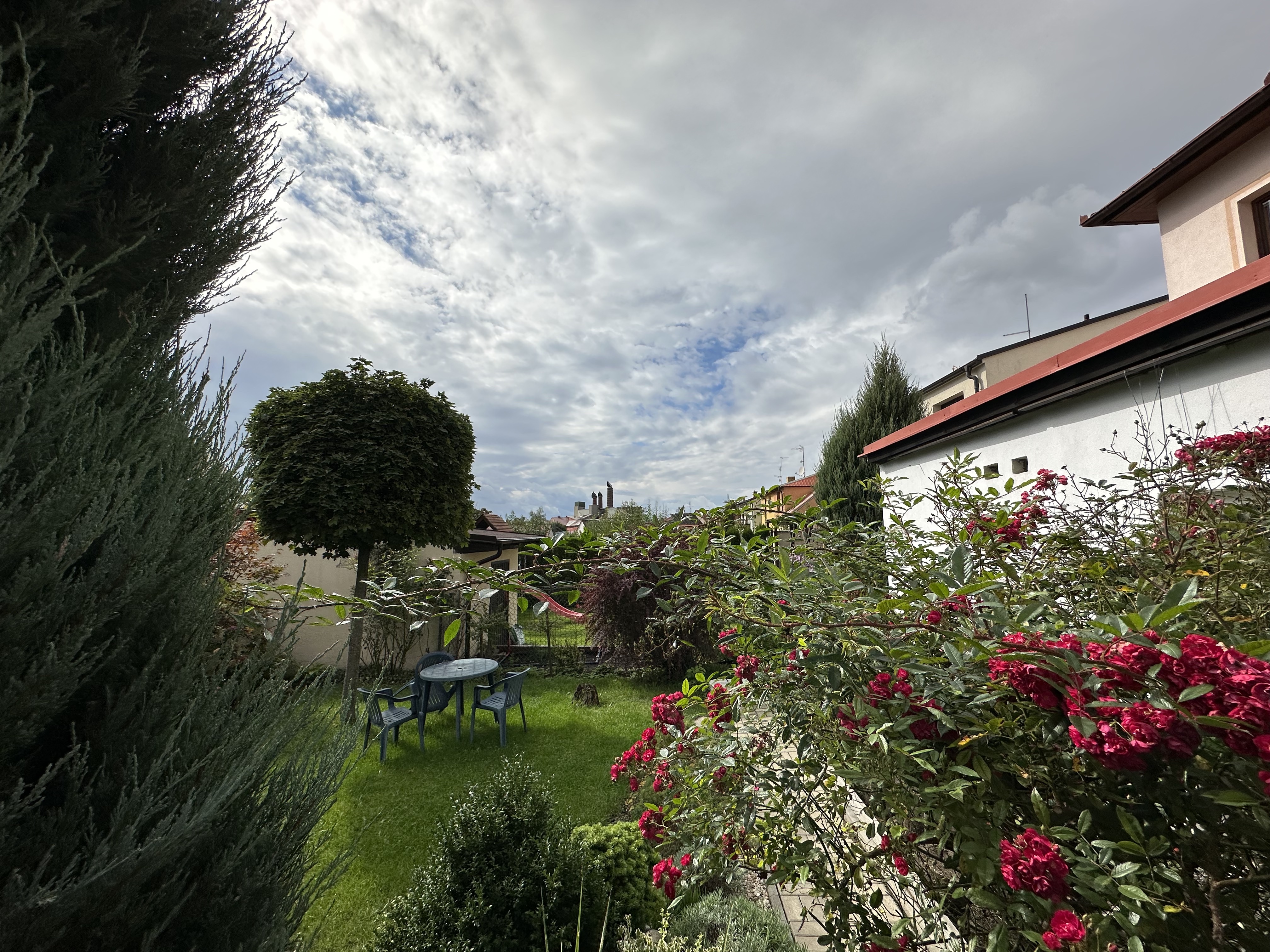
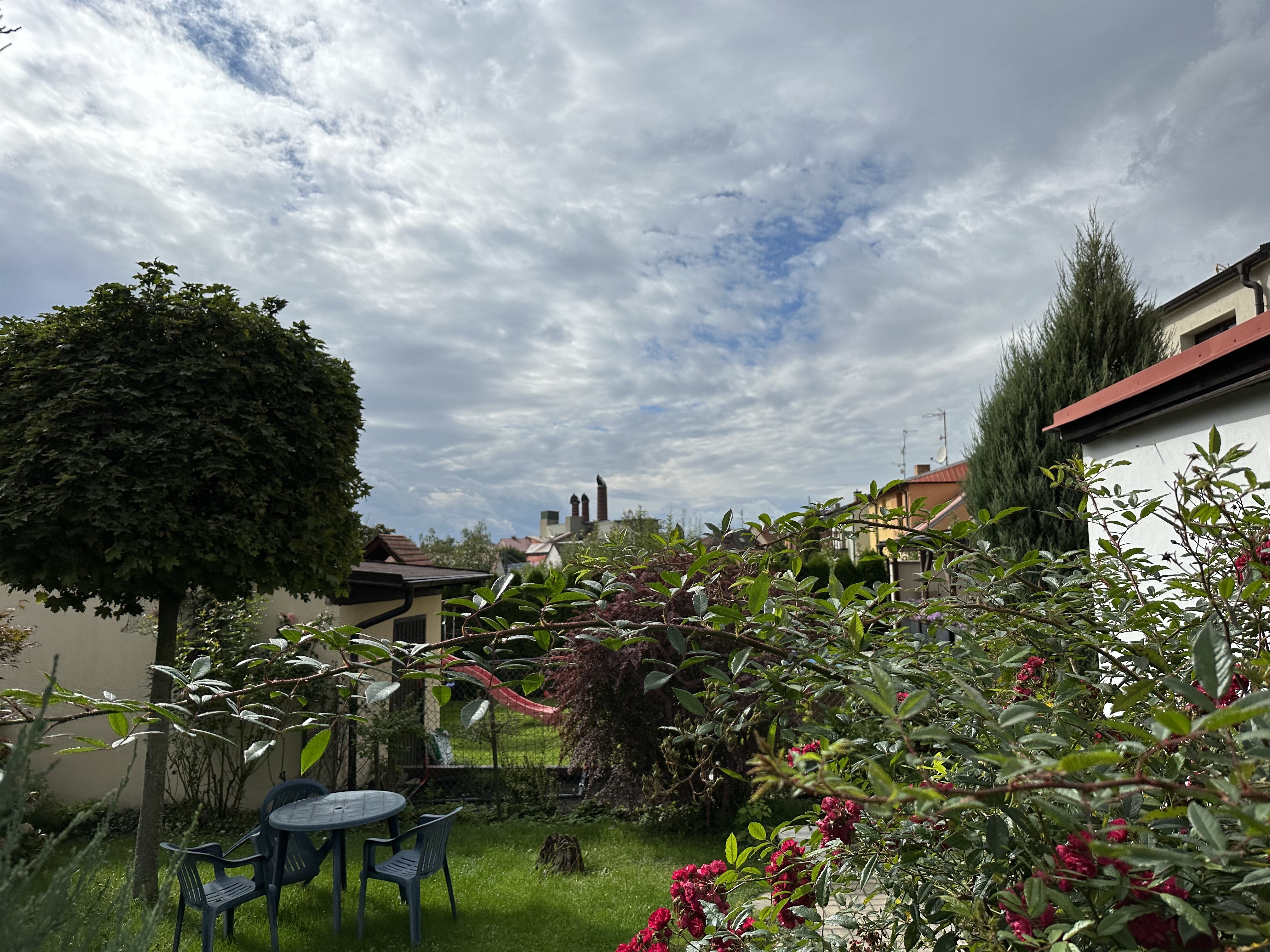
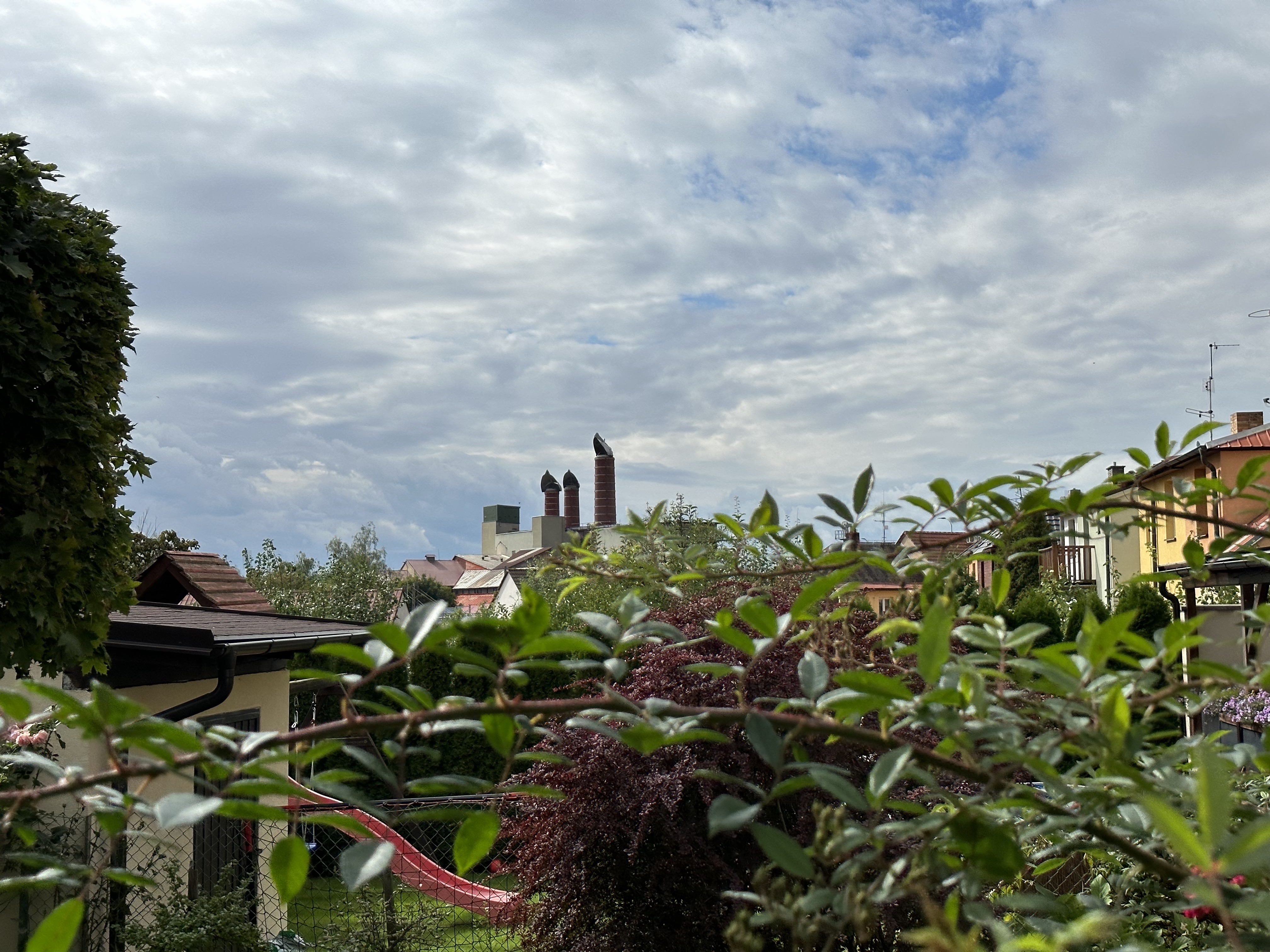











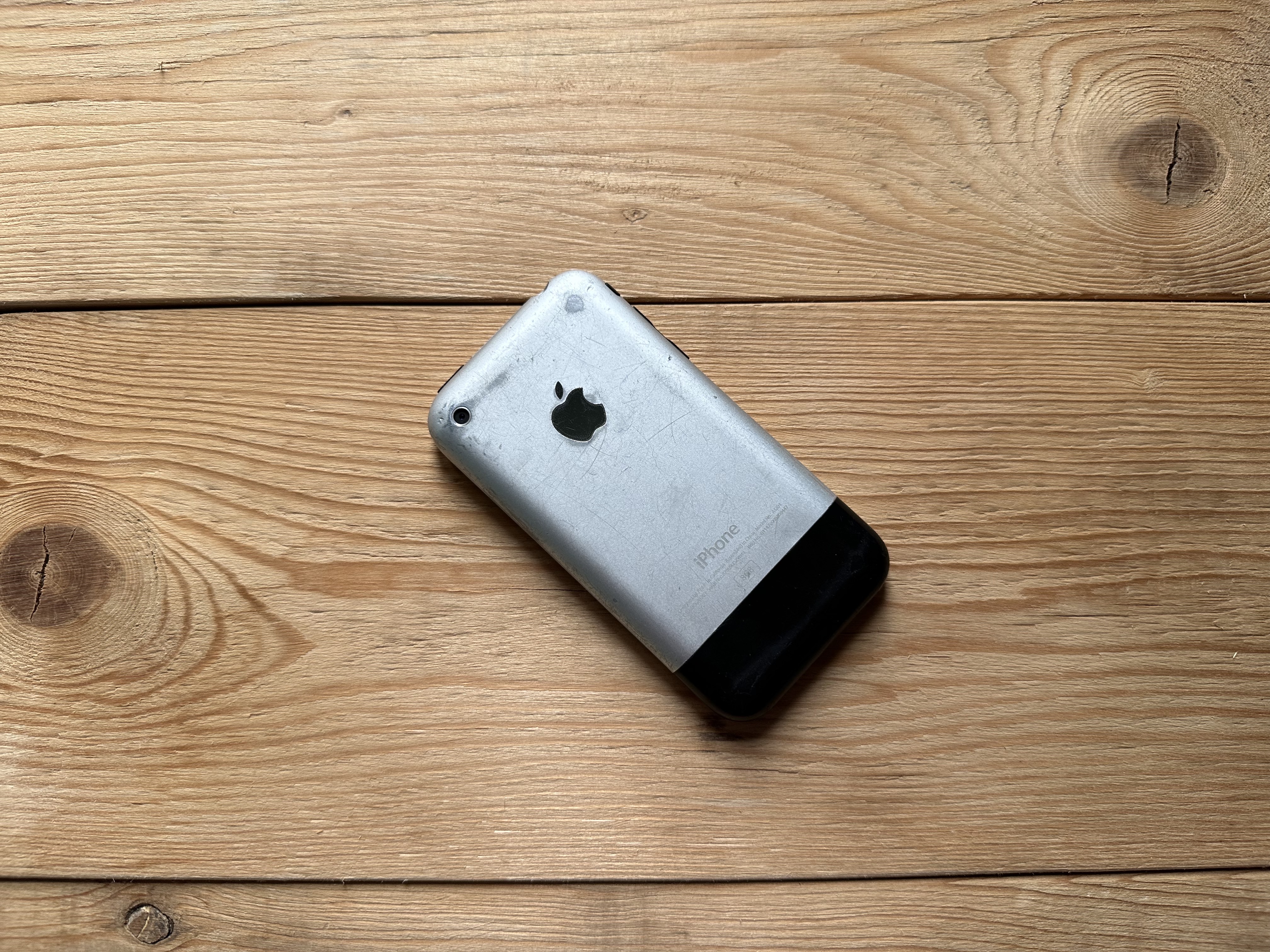


















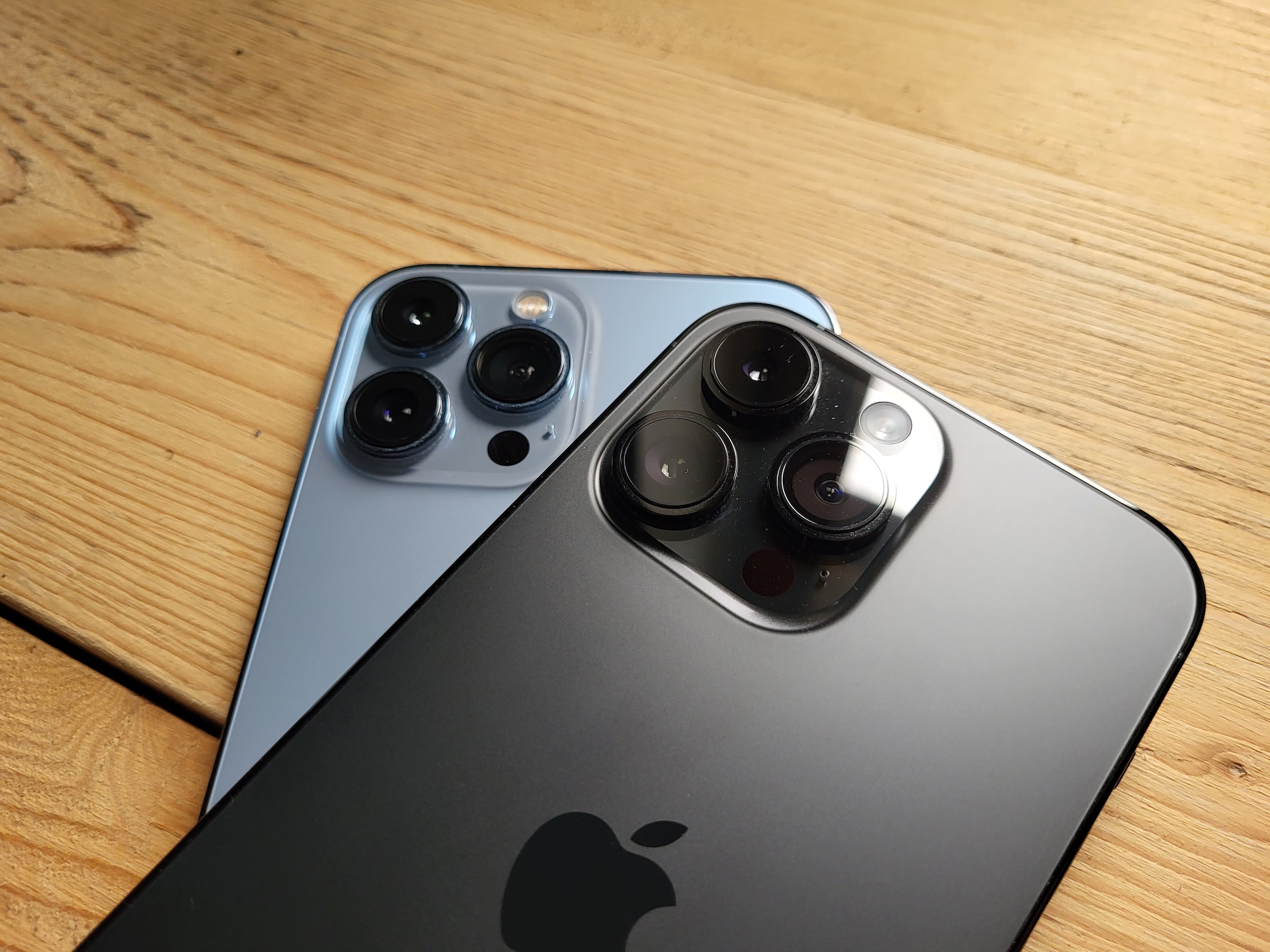
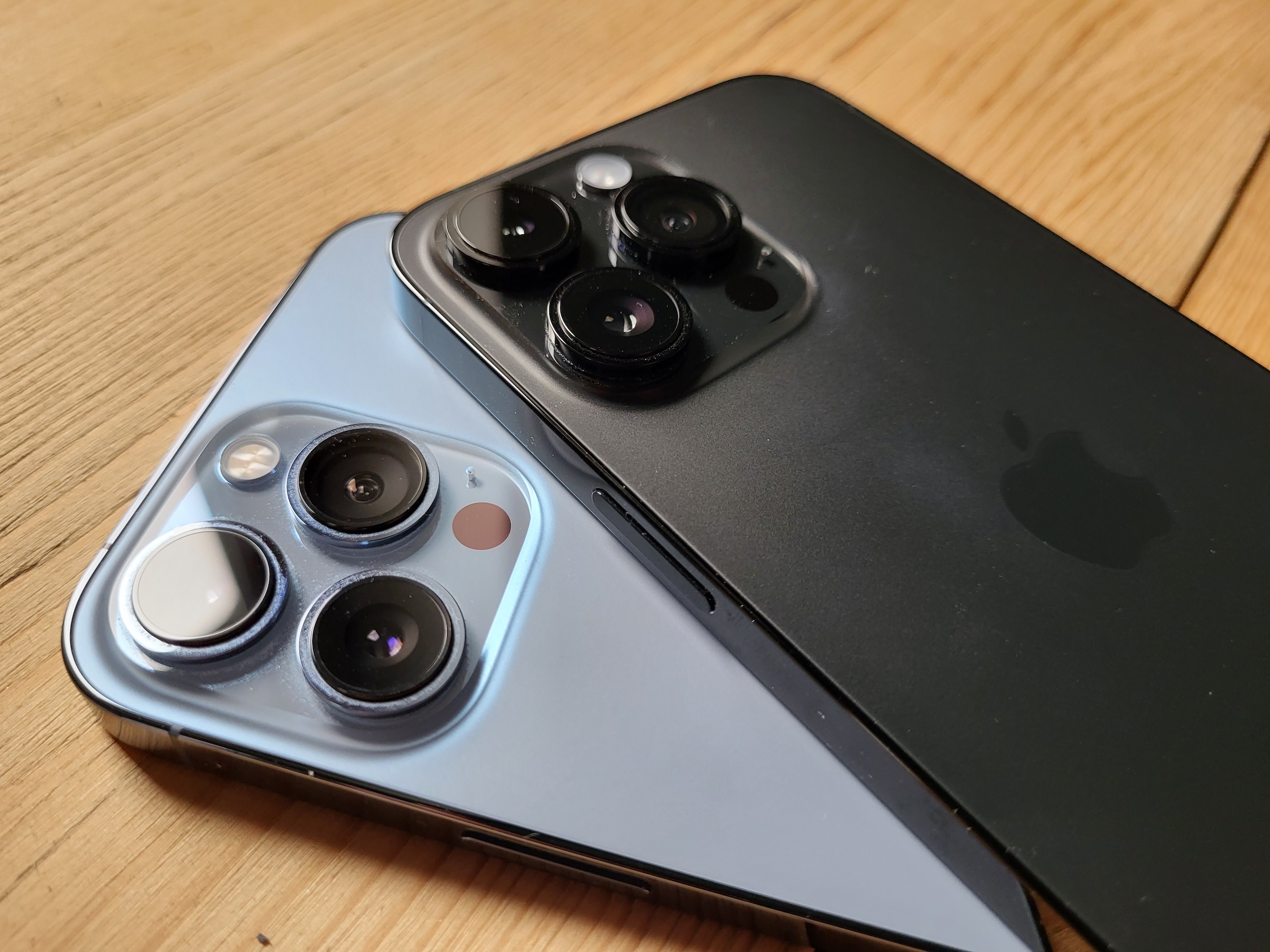
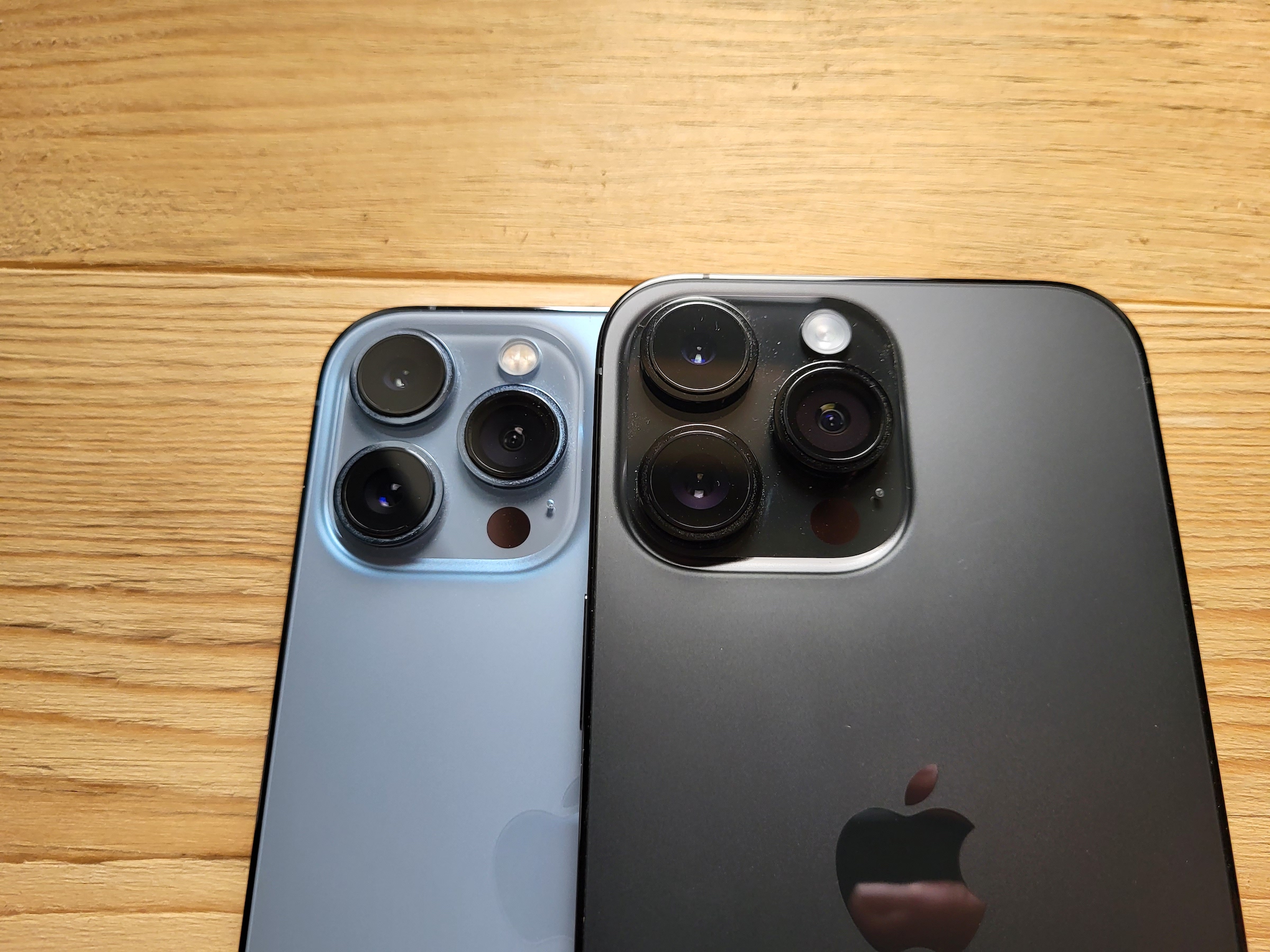
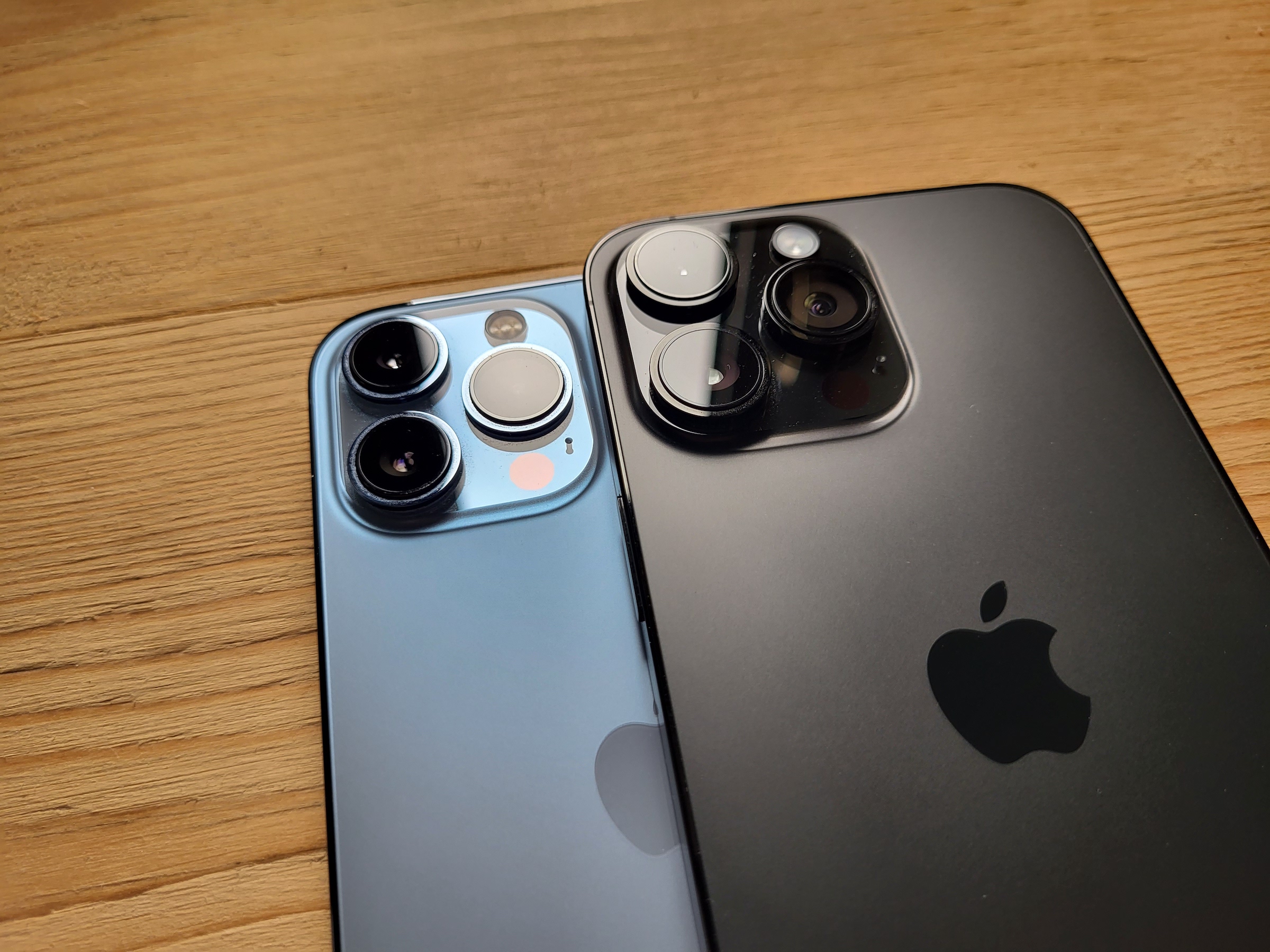
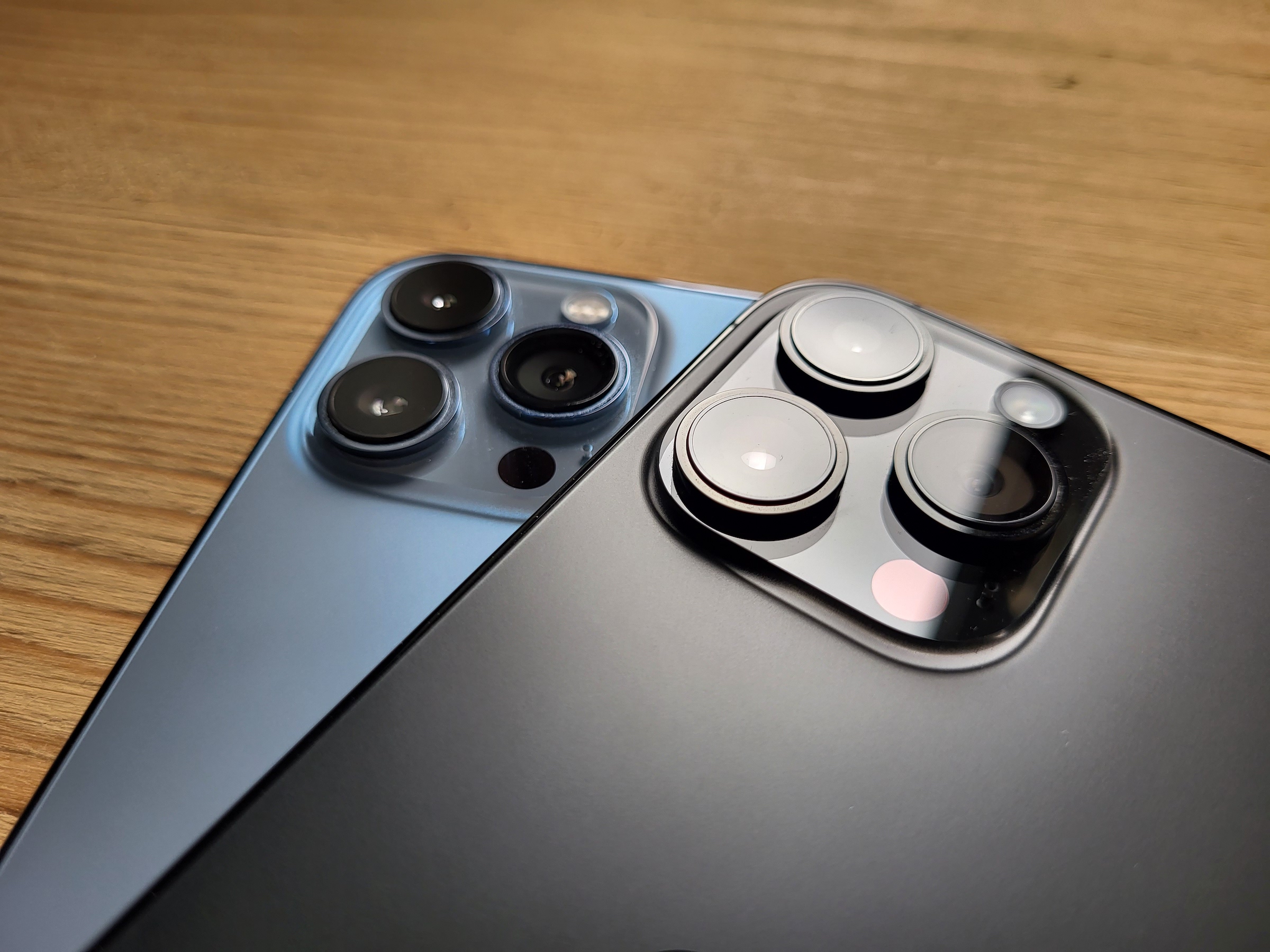
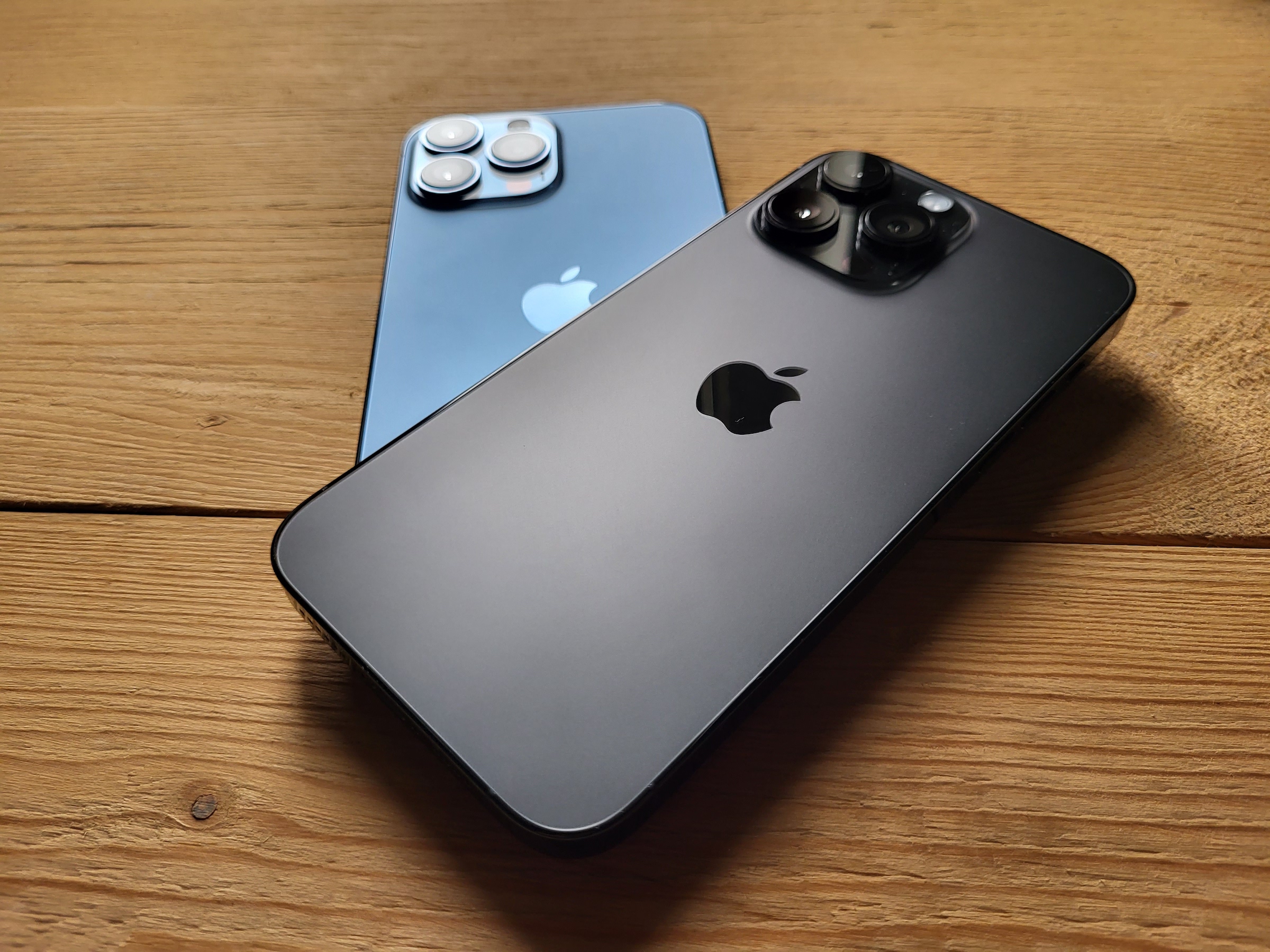
Good day. Thank you for the review. I know it doesn't really belong here. But as a native of Tábor, it seems to me that you tried the camera there. Is that so? I currently have 13 PRO and will probably stick with it. If I go to 14 PRO, it will be because of a less painful price transition - sale, purchase.